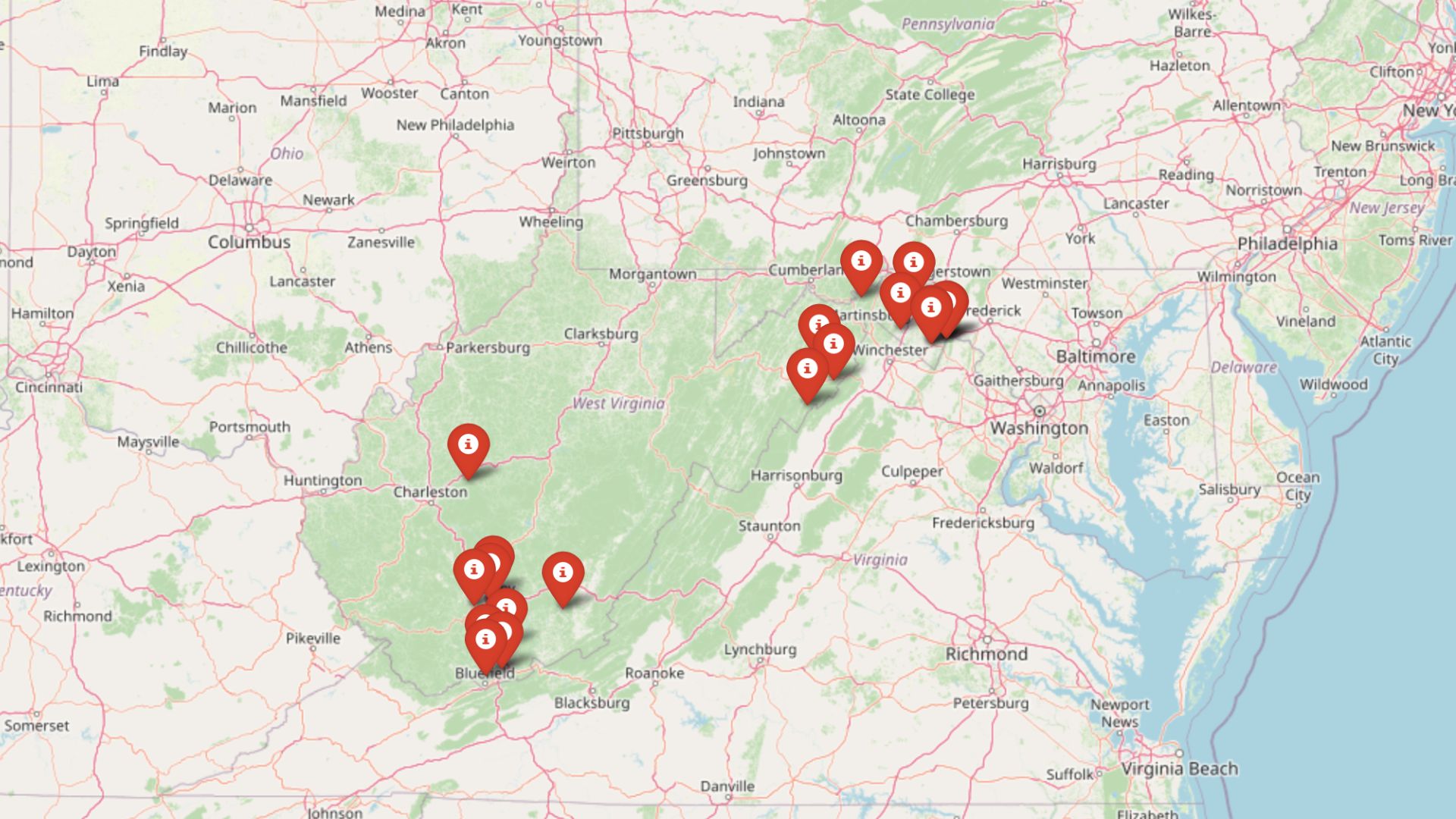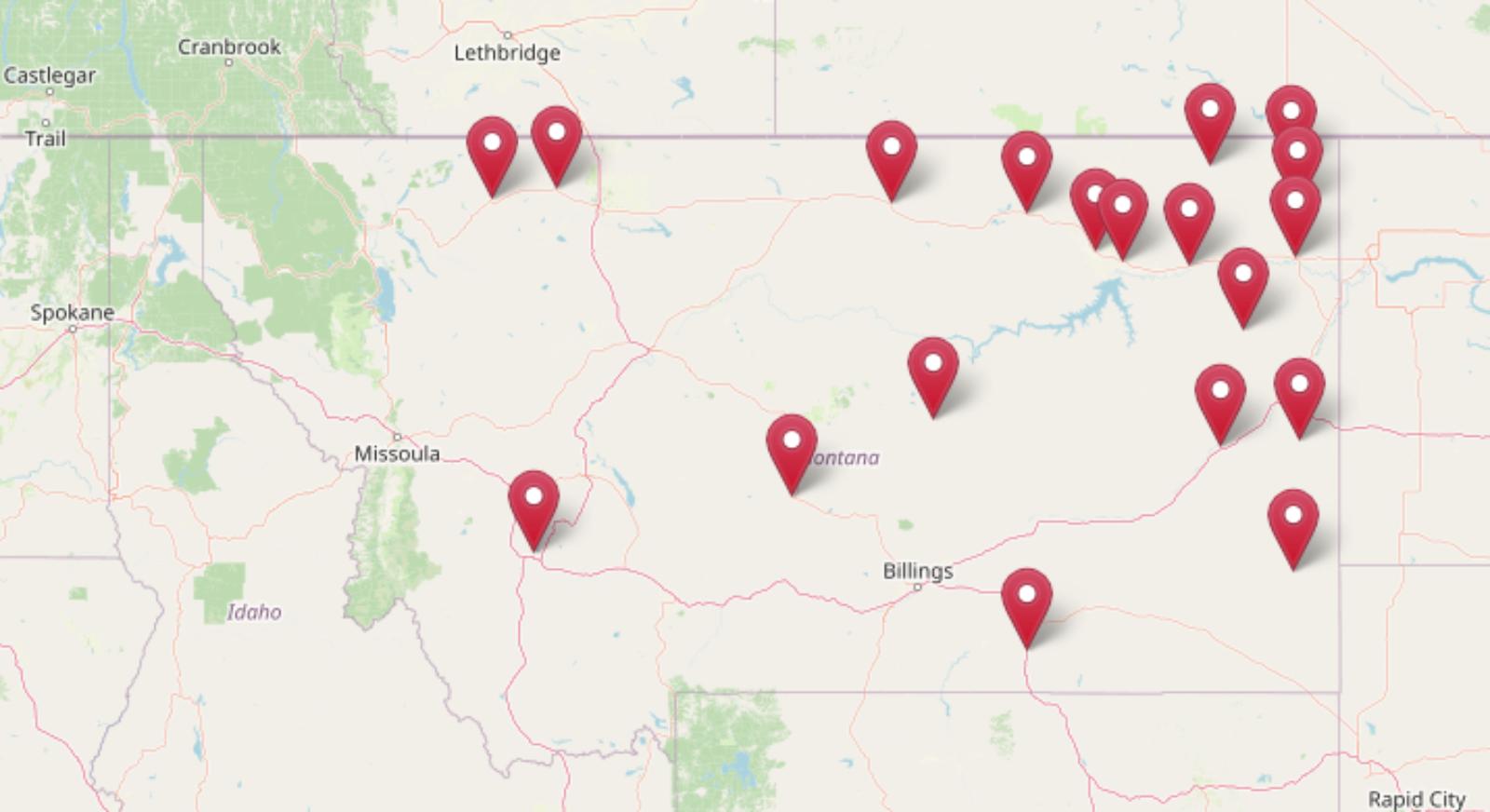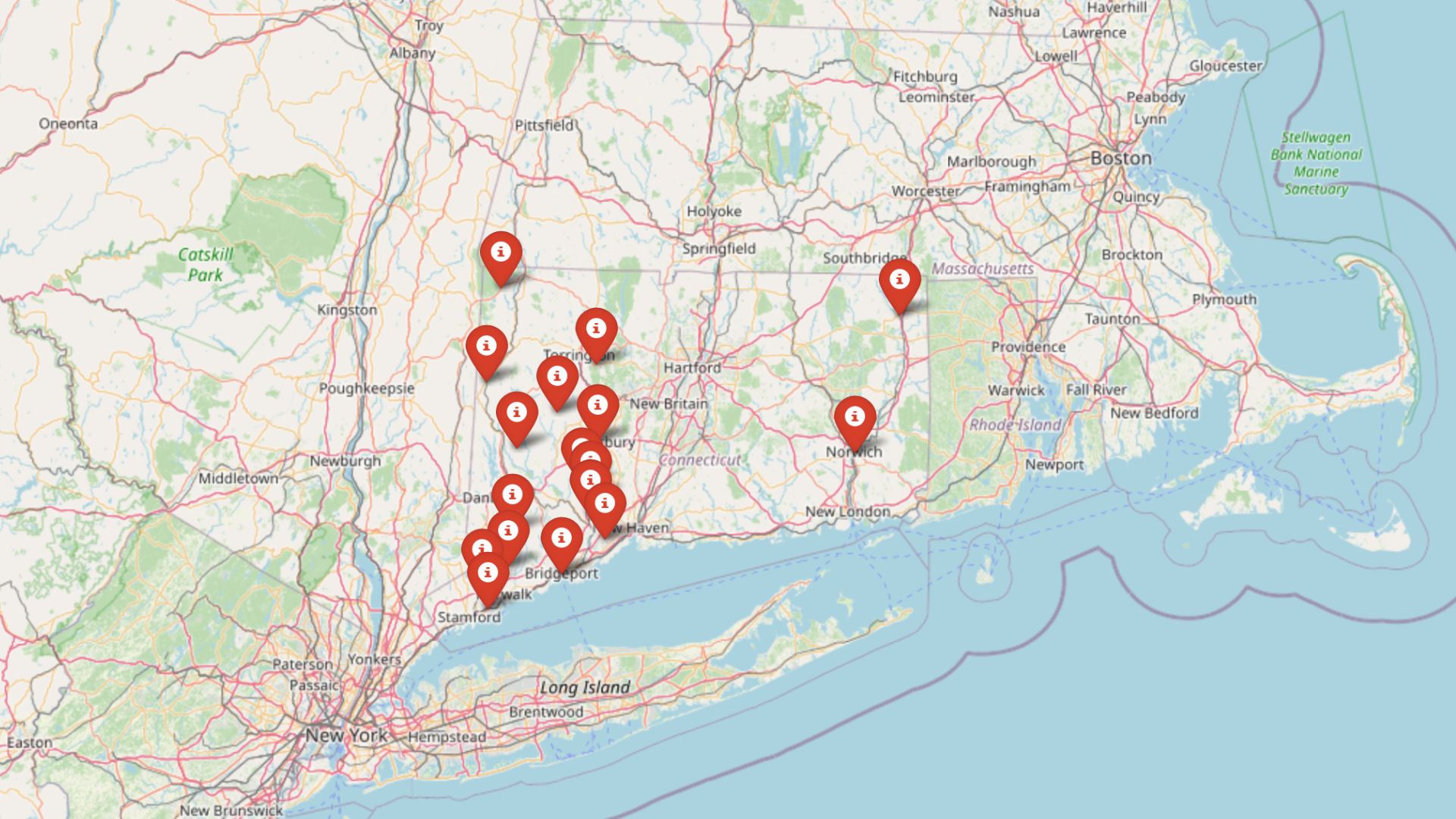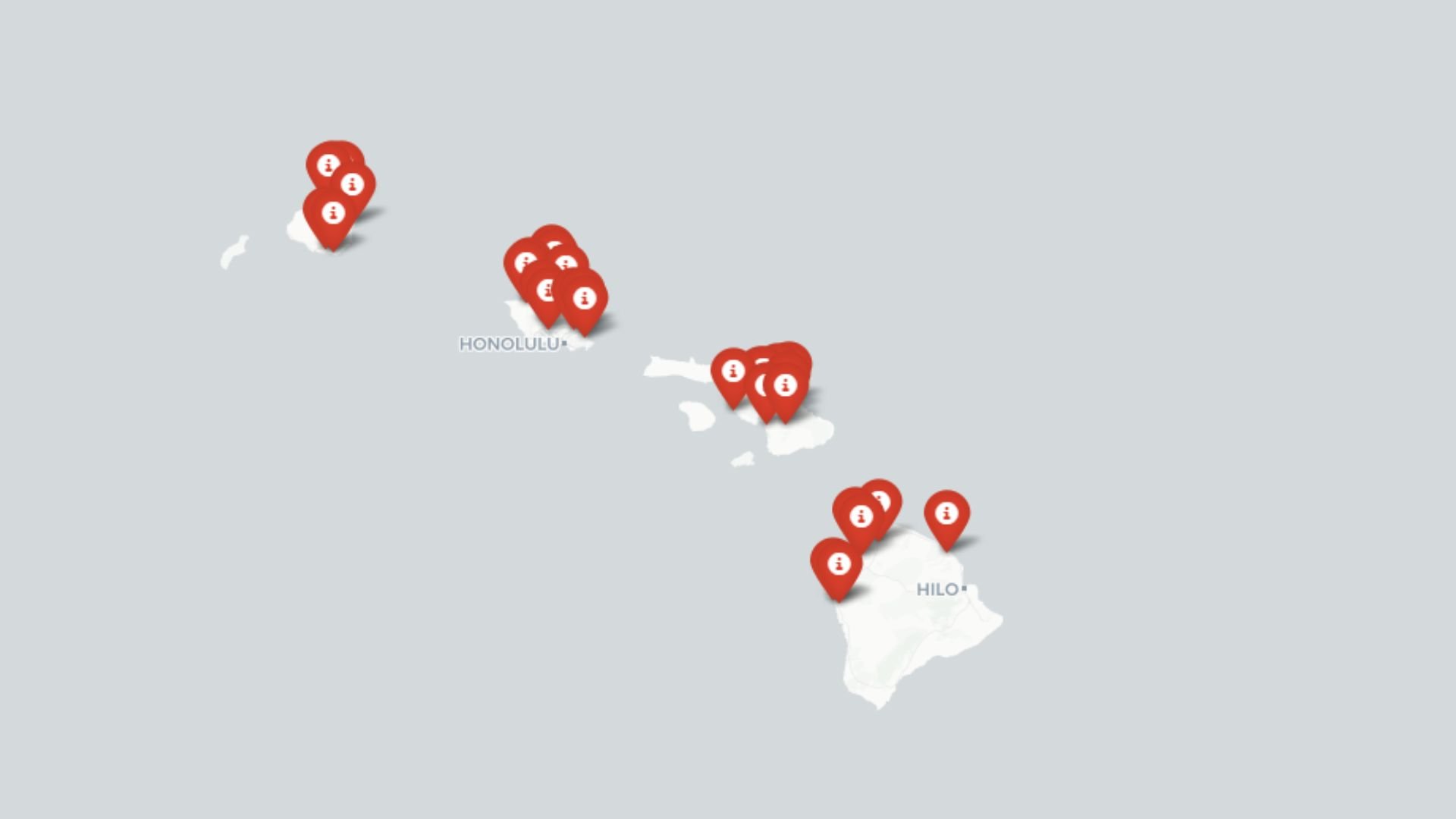
Using the latest Zillow Home Value Index data, we’ve identified the 30 most expensive towns in Hawaii based on current home prices. These communities represent the pinnacle of island living, where luxury meets paradise across Oahu, Maui, Kauai, and the Big Island. From exclusive oceanfront enclaves to mountain retreats, these areas show why Hawaii real estate commands some of the highest prices in America.
Each town tells a story of natural beauty, limited supply, and intense demand from buyers worldwide. Whether you’re considering an investment, planning a move, or simply curious about Hawaii’s premium markets, this ranking reveals where prices soar highest and the fascinating reasons behind each community’s extraordinary value.
30. Waikoloa – 114% Home Price Increase Since 2015
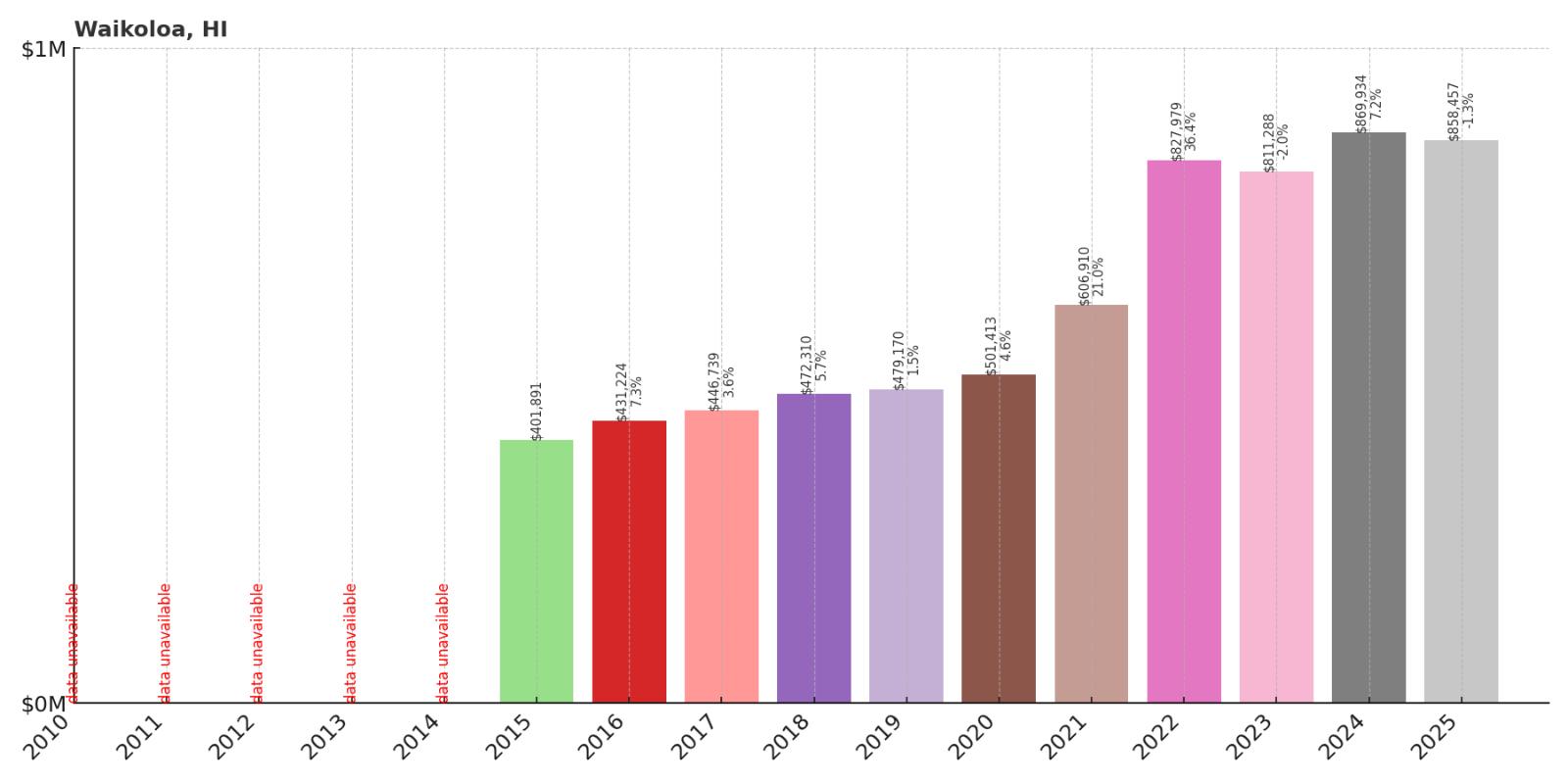
- 2010: N/A
- 2011: N/A
- 2012: N/A
- 2013: N/A
- 2014: N/A
- 2015: $401,891
- 2016: $431,224
- 2017: $446,739
- 2018: $472,310
- 2019: $479,170
- 2020: $501,413
- 2021: $606,910
- 2022: $827,979
- 2023: $811,288
- 2024: $869,934
- 2025: $858,457
Waikoloa has shown remarkable growth since 2015, more than doubling home values in just ten years. The biggest jump occurred during the pandemic years of 2021-2022, when prices surged by over $220,000. Current median prices around $858,000 reflect strong demand for this Big Island resort community despite some cooling in recent years.
Why Waikoloa?
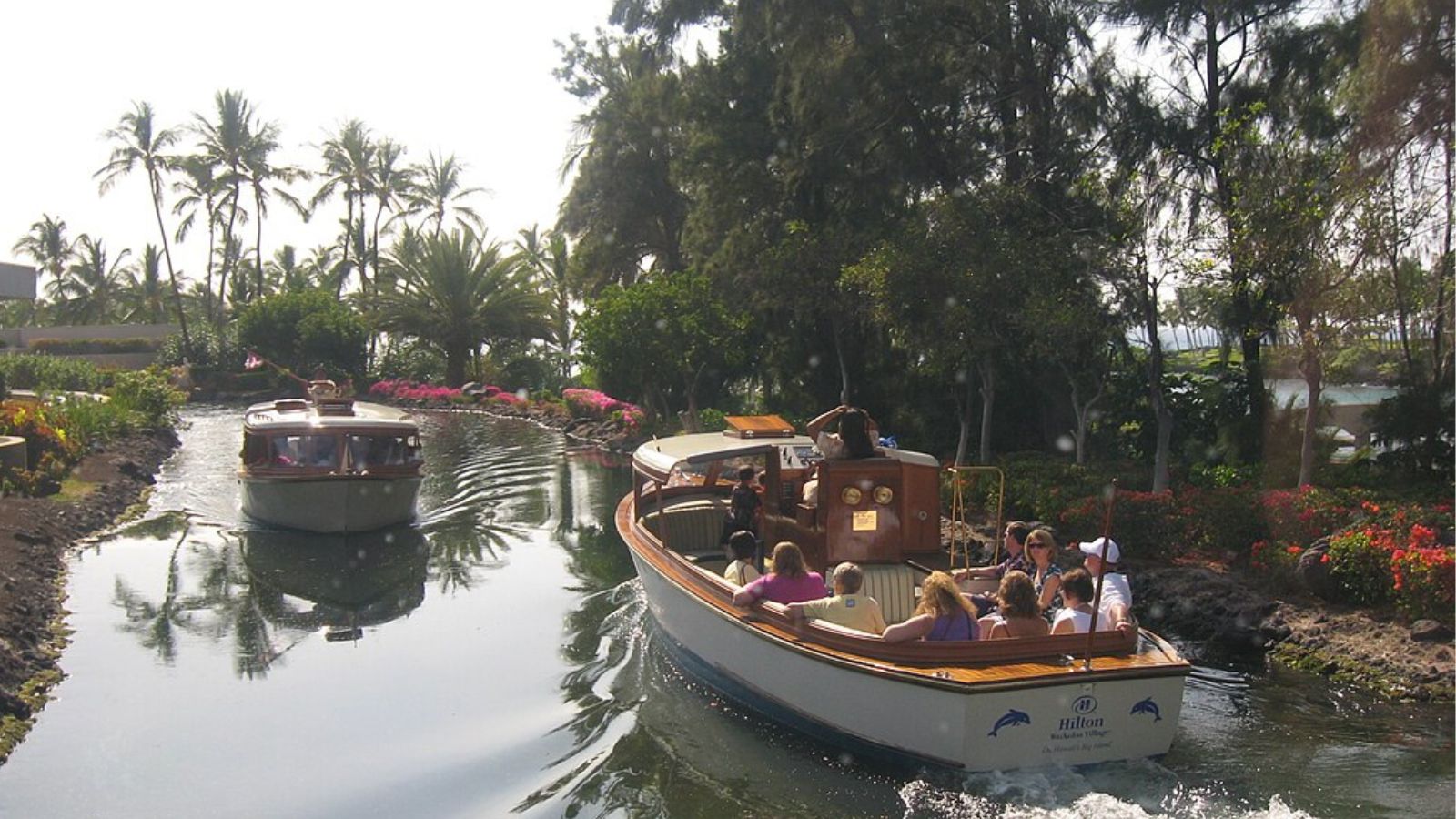
Why are people willing to pay so much to live here? What’s special about it?
Waikoloa attracts buyers seeking resort-style living without the full resort price tag on the Big Island’s sunny Kohala Coast. The community offers two championship golf courses, luxury resorts nearby, and consistent sunshine with minimal rainfall year-round. Unlike more expensive coastal areas, Waikoloa provides access to high-end amenities while maintaining a more accessible price point for Hawaii standards.
The area’s master-planned development includes shopping, dining, and recreational facilities within a cohesive community design. Residents enjoy proximity to some of Hawaii’s best beaches while living in a well-maintained environment that balances luxury with livability.
How Waikoloa Rose to Prominence
Waikoloa began as an ambitious master-planned resort community in the 1970s, developed on former ranch lands along the Big Island’s arid western coast. The area was transformed from cattle pasture into a luxury destination through careful planning and significant investment in infrastructure and amenities. Early development focused on creating a self-contained community with golf courses, shopping centers, and resort hotels.
The completion of major resort properties like the Hilton Waikoloa Village and Marriott properties established the area as a premier Big Island destination. The community grew steadily as mainland buyers discovered the year-round sunshine, world-class golf, and proximity to Kona International Airport. Strategic development continued through the decades, creating the modern resort community that attracts residents and visitors today.
3 Interesting Tidbits
- Ancient Fish Ponds – The area contains ancient Hawaiian aquaculture ponds that were used for raising fish, with some still visible today as testament to the land’s rich cultural history.
- Lava Desert Setting – Waikoloa sits on relatively recent lava flows, creating a unique desert-like landscape that contrasts dramatically with the lush tropical areas most associate with Hawaii.
- Petroglyphs Galore – The nearby Waikoloa Petroglyph Preserve contains thousands of ancient Hawaiian rock carvings, making it one of the largest concentrations of petroglyphs in the Pacific.
29. Mililani – 108% Home Price Increase Since 2010
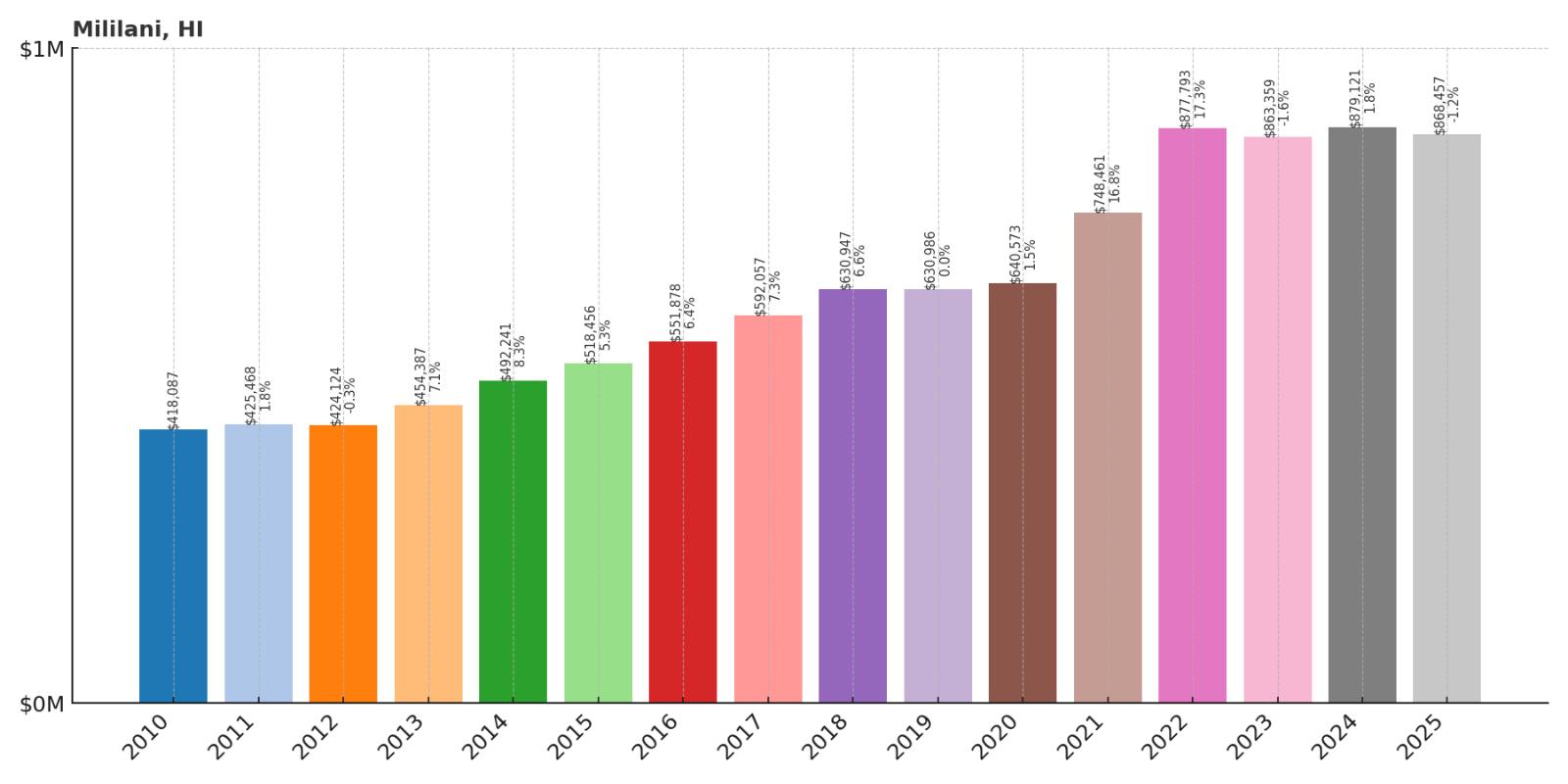
- 2010: $418,087
- 2011: $425,468
- 2012: $424,124
- 2013: $454,387
- 2014: $492,241
- 2015: $518,456
- 2016: $551,878
- 2017: $592,057
- 2018: $630,947
- 2019: $630,986
- 2020: $640,573
- 2021: $748,461
- 2022: $877,793
- 2023: $863,359
- 2024: $879,121
- 2025: $868,457
Mililani demonstrates steady, consistent growth over 15 years, with home values more than doubling since 2010. The steepest increases came during 2021-2022, adding over $140,000 in value during the pandemic boom. At $868,457 in 2025, Mililani represents one of Oahu’s most sought-after planned communities for families.
Why Mililani?

Why are people willing to pay so much to live here? What’s special about it?
Mililani offers the rare combination of suburban family living with Hawaii’s outdoor lifestyle in central Oahu. Families gravitate toward the excellent schools, safe neighborhoods, and well-maintained community facilities including parks, pools, and recreational centers. The master-planned design ensures consistent property values and neighborhood aesthetics that many Hawaii communities lack.
The location provides easy access to both town and country, with Honolulu jobs within commuting distance while maintaining a quieter, more spacious feel than urban areas. Mililani’s shopping centers, medical facilities, and community amenities create a self-contained environment that appeals to both military families and civilian residents.
How Mililani Rose to Prominence
Mililani was developed in the 1960s as one of Hawaii’s first master-planned suburban communities, designed to address Oahu’s growing housing needs as the island’s population expanded. The development was carefully planned on former pineapple plantation lands in central Oahu, with the first homes completed in 1968. Castle & Cooke, the developer, created a comprehensive community plan that included schools, parks, shopping, and recreational facilities.
The community’s strategic location between Pearl Harbor and the North Shore, combined with its family-friendly design, made it particularly attractive to military families stationed at nearby bases. Over the decades, Mililani expanded through multiple phases, each maintaining the high standards and community amenities that established its reputation. The development of Mililani Mauka in the 1990s added upscale homes and further enhanced the community’s appeal.
3 Interesting Tidbits
- Pineapple Heritage – The community was built on former Dole pineapple plantation lands, and some street names still reflect this agricultural history.
- Military Haven – About 40% of Mililani residents have military connections, making it one of the most military-friendly communities in Hawaii.
- Community First – Mililani was one of the first Hawaiian communities designed with extensive parks, pools, and recreational facilities as integral parts of the master plan rather than afterthoughts.
28. Kailua Kona – 91% Home Price Increase Since 2015
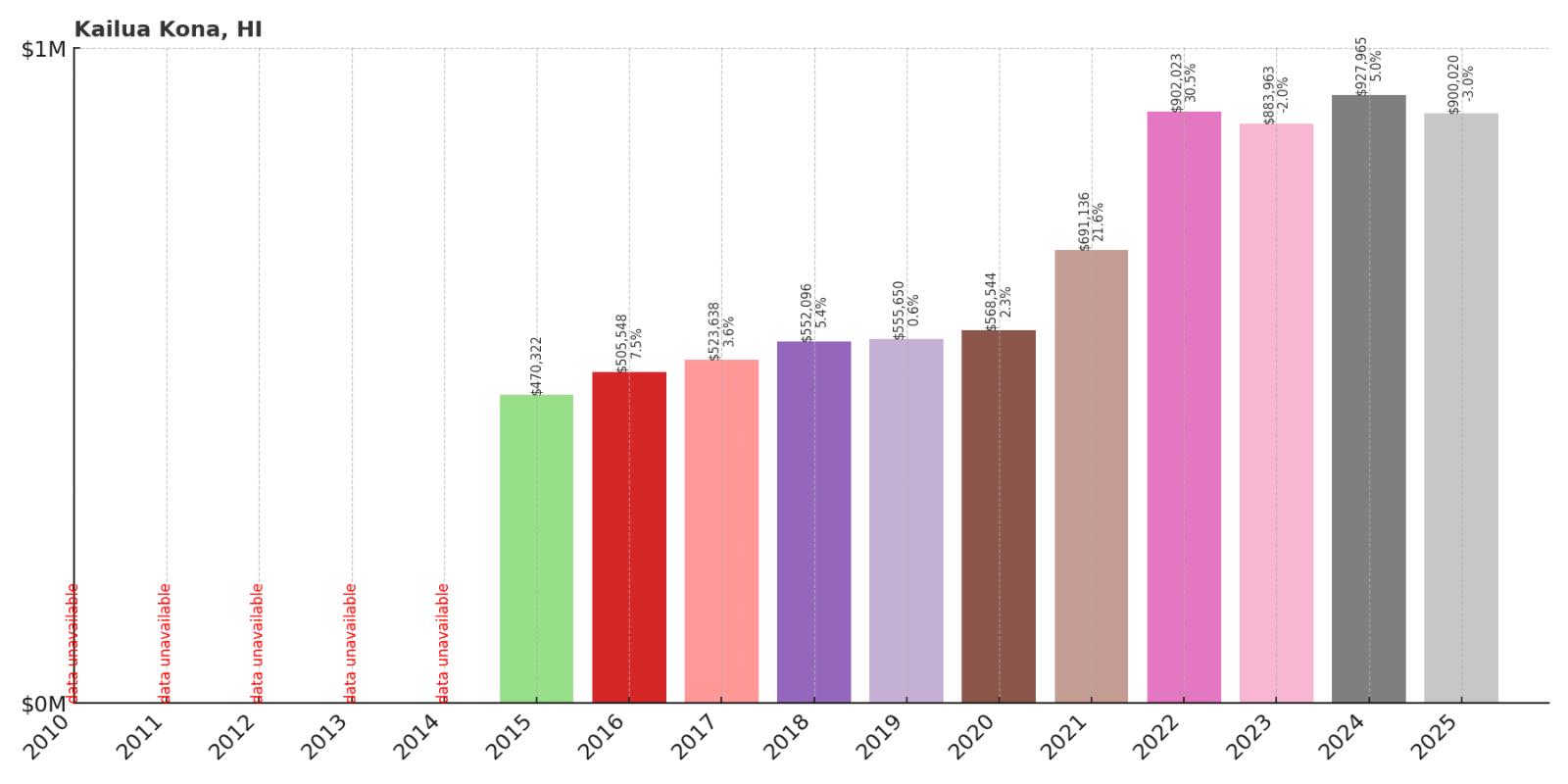
- 2010: N/A
- 2011: N/A
- 2012: N/A
- 2013: N/A
- 2014: N/A
- 2015: $470,322
- 2016: $505,548
- 2017: $523,638
- 2018: $552,096
- 2019: $555,650
- 2020: $568,544
- 2021: $691,136
- 2022: $902,023
- 2023: $883,963
- 2024: $927,965
- 2025: $900,020
Kailua Kona experienced dramatic growth since 2015, with the most significant jump occurring in 2022 when values peaked above $900,000. Despite some fluctuation in recent years, the market has stabilized around $900,000. The pandemic years brought particularly intense demand to this sunny western coast community.
Why Kailua Kona?
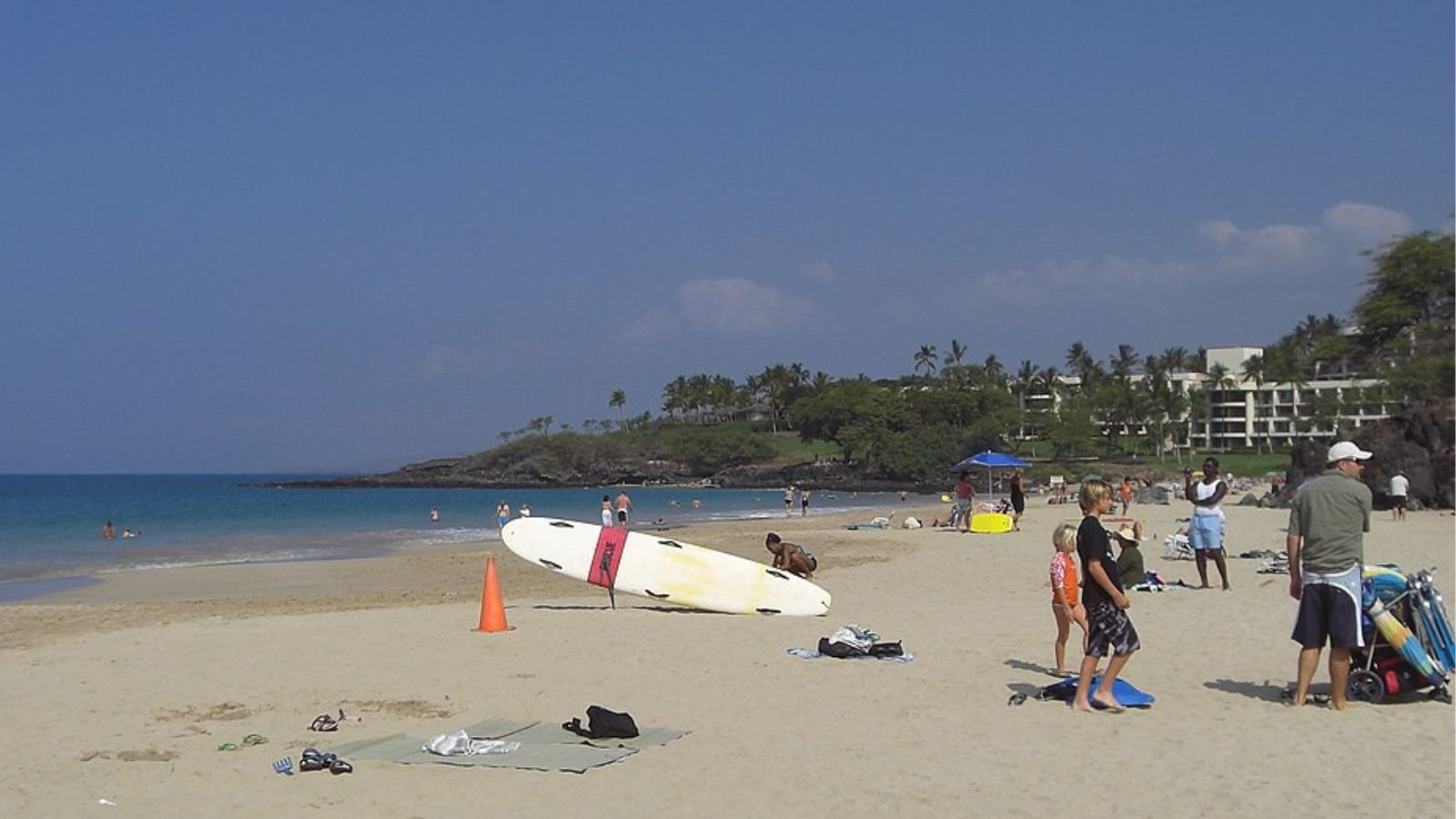
Why are people willing to pay so much to live here? What’s special about it?
Kailua Kona offers year-round sunshine, historic charm, and direct oceanfront access along the Big Island’s Kona Coast. The area enjoys some of Hawaii’s most consistent weather, with minimal rainfall and gentle trade winds creating ideal conditions for outdoor living. Residents appreciate the walkable downtown area, rich cultural sites, and world-famous coffee region nearby.
The community serves as the Big Island’s tourism hub while maintaining authentic Hawaiian character through historic sites like Hulihee Palace and Mokuaikaua Church. Kailua Kona provides urban amenities within a small-town setting, offering restaurants, shopping, and entertainment without the crowds of larger Hawaiian cities.
How Kailua Kona Rose to Prominence
Kailua Kona holds deep historical significance as the ancient seat of Hawaiian royalty and the place where King Kamehameha I spent his final years. The area was later the site where the first Christian missionaries landed in 1820, establishing it as a cultural crossroads. During the plantation era, Kona became famous for its coffee cultivation, with small farms dotting the volcanic slopes above the coast.
Modern development began in earnest during the 1960s as tourism to the Big Island expanded, with Kailua Kona serving as the western gateway for visitors. The completion of Kona International Airport and major resort developments along the Kohala Coast brought increased attention and investment to the area. The Ironman World Championship, established in Kona in 1981, further elevated the community’s international profile and desirability.
3 Interesting Tidbits
- Royal Residence – Hulihee Palace served as a vacation home for Hawaiian royalty and is now a museum showcasing royal artifacts and furnishings.
- Coffee Capital – The surrounding Kona coffee belt produces some of the world’s most expensive and sought-after coffee beans, with many farms offering tours and tastings.
- Ironman Birthplace – Kailua Kona has hosted the Ironman World Championship since 1981, making it the spiritual home of one of the world’s most challenging athletic competitions.
27. Pearl City – 91% Home Price Increase Since 2010
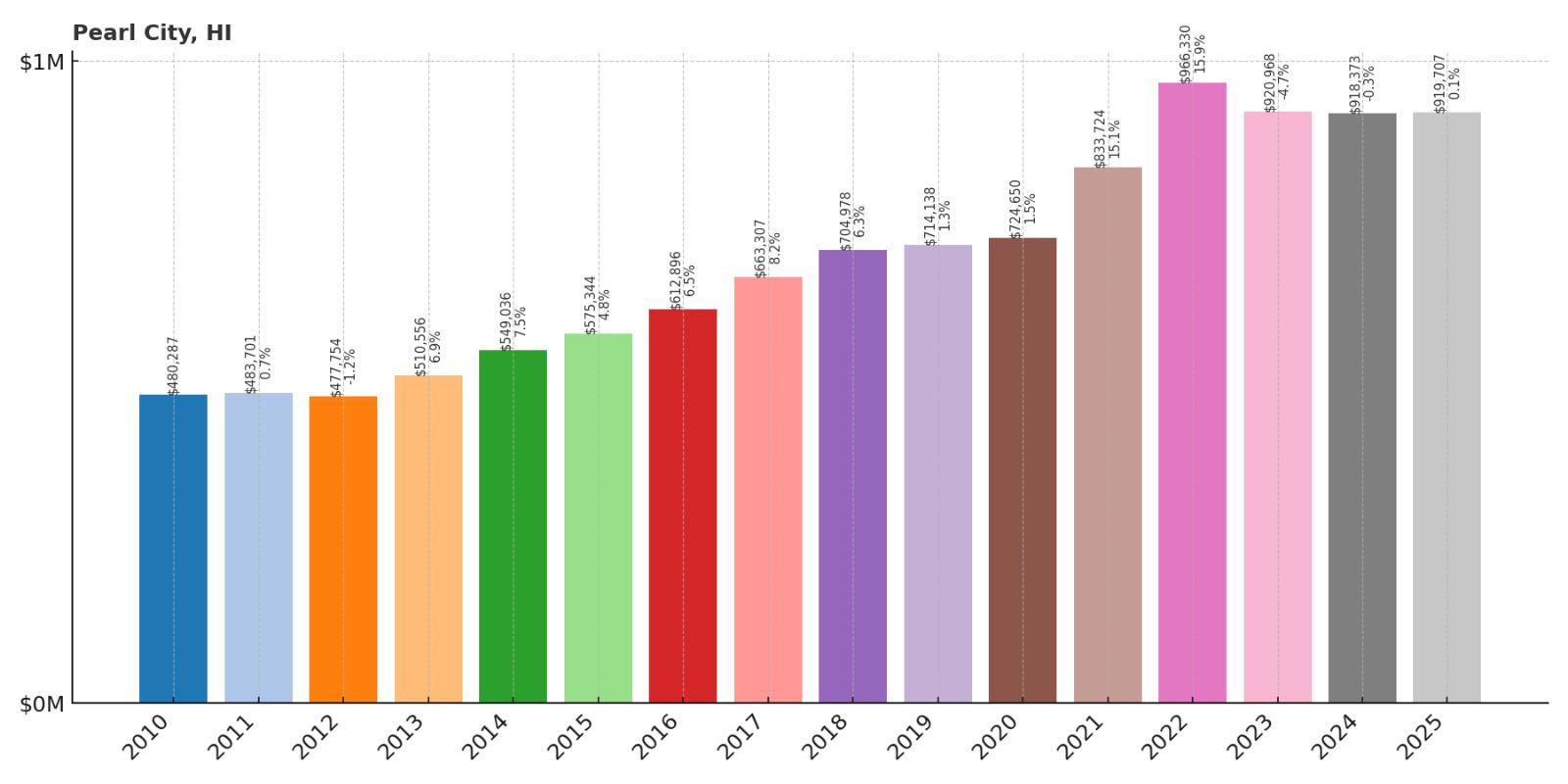
- 2010: $480,287
- 2011: $483,701
- 2012: $477,754
- 2013: $510,556
- 2014: $549,036
- 2015: $575,344
- 2016: $612,896
- 2017: $663,307
- 2018: $704,978
- 2019: $714,138
- 2020: $724,650
- 2021: $833,724
- 2022: $966,330
- 2023: $920,968
- 2024: $918,373
- 2025: $919,707
Pearl City shows consistent upward momentum over 15 years, nearly doubling in value since 2010. The most dramatic increases occurred during 2021-2022, adding over $240,000 in median value during the pandemic housing boom. Current prices around $920,000 reflect this central Oahu community’s popularity among families and commuters seeking more affordable alternatives to urban Honolulu.
Why Pearl City?

Why are people willing to pay so much to live here? What’s special about it?
Pearl City provides suburban family living with excellent value relative to other Oahu communities, offering larger homes and yards than urban areas. The location offers easy access to Pearl Harbor employment, downtown Honolulu, and the airport while maintaining a more relaxed pace of life. Families appreciate the strong school system, numerous parks, and family-friendly community atmosphere.
The area features diverse housing options from older plantation-style homes to newer developments, allowing buyers to find properties that fit various budgets and preferences. Pearl City’s central location makes it a practical choice for those working across different parts of the island while still enjoying suburban amenities and community feel.
How Pearl City Rose to Prominence
Pearl City developed during the early 20th century as a planned community for workers at the nearby Pearl Harbor Naval Base, with the first homes built in the 1900s. The community was designed to provide affordable housing for both military and civilian workers supporting the growing naval operations. Early development included plantation-style homes and basic community infrastructure to support the growing population.
The attack on Pearl Harbor in 1941 brought both tragedy and increased strategic importance to the area, leading to expanded military housing and infrastructure development. Post-war suburban growth transformed Pearl City into a major residential community, with new subdivisions and shopping centers built to serve both military families and civilian residents. The development of nearby shopping centers and improved transportation links solidified Pearl City’s role as a key residential area for central Oahu.
3 Interesting Tidbits
- Pearl Harbor Connection – Many Pearl City residents work at the nearby Pearl Harbor Naval Base, maintaining the community’s strong military ties dating back over a century.
- Shopping Pioneer – Pearlridge Center, one of Hawaii’s largest shopping malls, opened in Pearl City in 1972 and helped transform the area into a commercial hub.
- Cultural Melting Pot – The community reflects Hawaii’s diverse population, with significant Filipino, Japanese, Hawaiian, and Caucasian populations creating a rich multicultural environment.
26. Wailuku – 159% Home Price Increase Since 2010
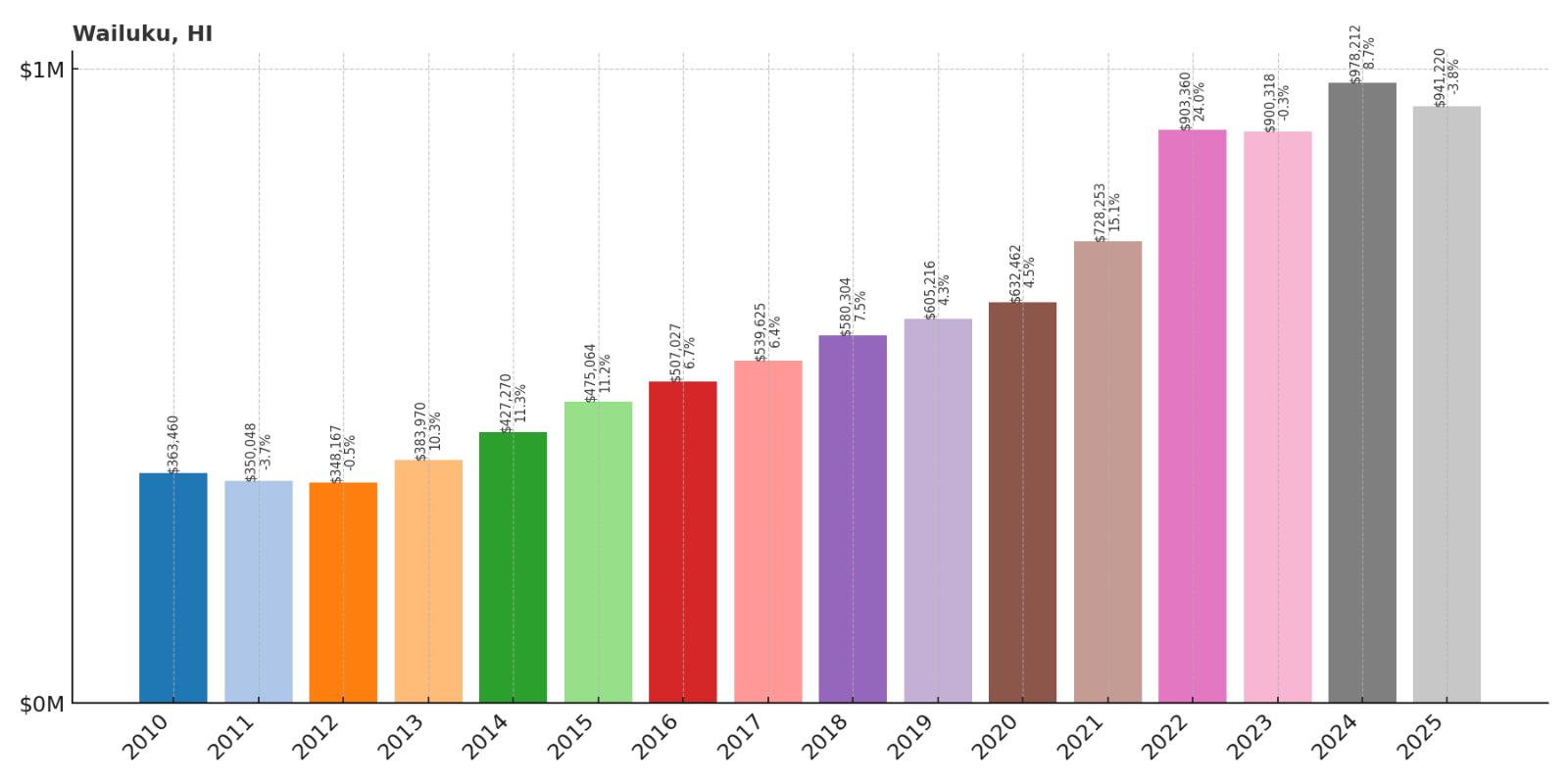
- 2010: $363,460
- 2011: $350,048
- 2012: $348,167
- 2013: $383,970
- 2014: $427,270
- 2015: $475,064
- 2016: $507,027
- 2017: $539,625
- 2018: $580,304
- 2019: $605,216
- 2020: $632,462
- 2021: $728,253
- 2022: $903,360
- 2023: $900,318
- 2024: $978,212
- 2025: $941,220
Wailuku demonstrates exceptional growth, increasing by 159% since 2010 with particularly dramatic gains after 2020. After starting below $370,000 in 2010, values have nearly tripled to over $940,000 today. The steepest climb occurred during 2021-2022, when prices jumped by nearly $200,000, reflecting intense demand for Maui’s county seat and its central location.
Why Wailuku?
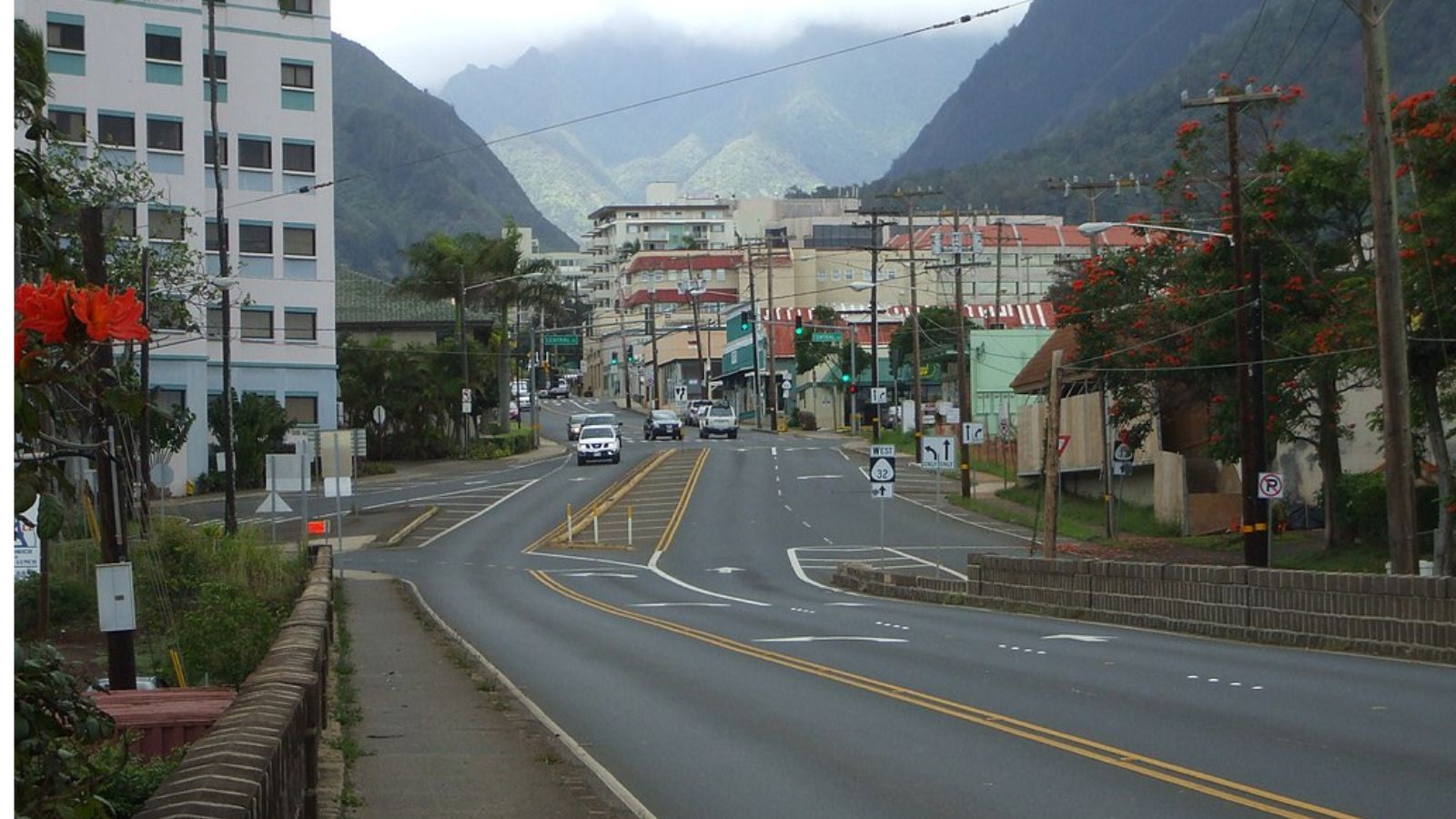
Why are people willing to pay so much to live here? What’s special about it?
Wailuku serves as Maui’s government and business center while maintaining authentic Hawaiian character and relatively affordable prices compared to resort areas. The town offers a perfect blend of practical amenities, cultural sites, and easy access to all parts of Maui without resort-level costs. Residents enjoy walkable downtown areas, historic architecture, and proximity to both mountains and beaches.
As Maui County’s seat, Wailuku provides employment opportunities in government and professional services while offering a more affordable alternative to luxury resort communities. The area features diverse housing from historic homes to newer developments, creating options for various lifestyles and budgets within Maui’s expensive real estate market.
How Wailuku Rose to Prominence
Wailuku’s prominence began in ancient Hawaii as a significant settlement due to its strategic location in the central valley between Maui’s two volcanic mountains. The area became the island’s political center when it was chosen as the seat of Maui County government in the early territorial period. Sugar plantation development during the 19th century brought economic growth and infrastructure development to the valley.
The establishment of government offices, courts, and county facilities solidified Wailuku’s role as Maui’s administrative center throughout the 20th century. As Maui’s tourism industry expanded, Wailuku benefited from increased economic activity while maintaining its role as the island’s working town rather than a resort destination. The preservation of historic buildings and the development of cultural attractions have helped maintain Wailuku’s character while supporting its growth as a desirable residential area.
3 Interesting Tidbits
- County Capital – Wailuku houses Maui County’s government offices and courthouse, making it the political center for Maui, Molokai, and Lanai.
- Sugar Legacy – The town developed around sugar mills and plantation operations, with many historic buildings from this era still standing in the downtown area.
- Sacred Valley – Wailuku sits in Iao Valley, considered sacred by ancient Hawaiians and home to the famous Iao Needle rock formation that rises 1,200 feet from the valley floor.
25. Kapaa – 176% Home Price Increase Since 2010
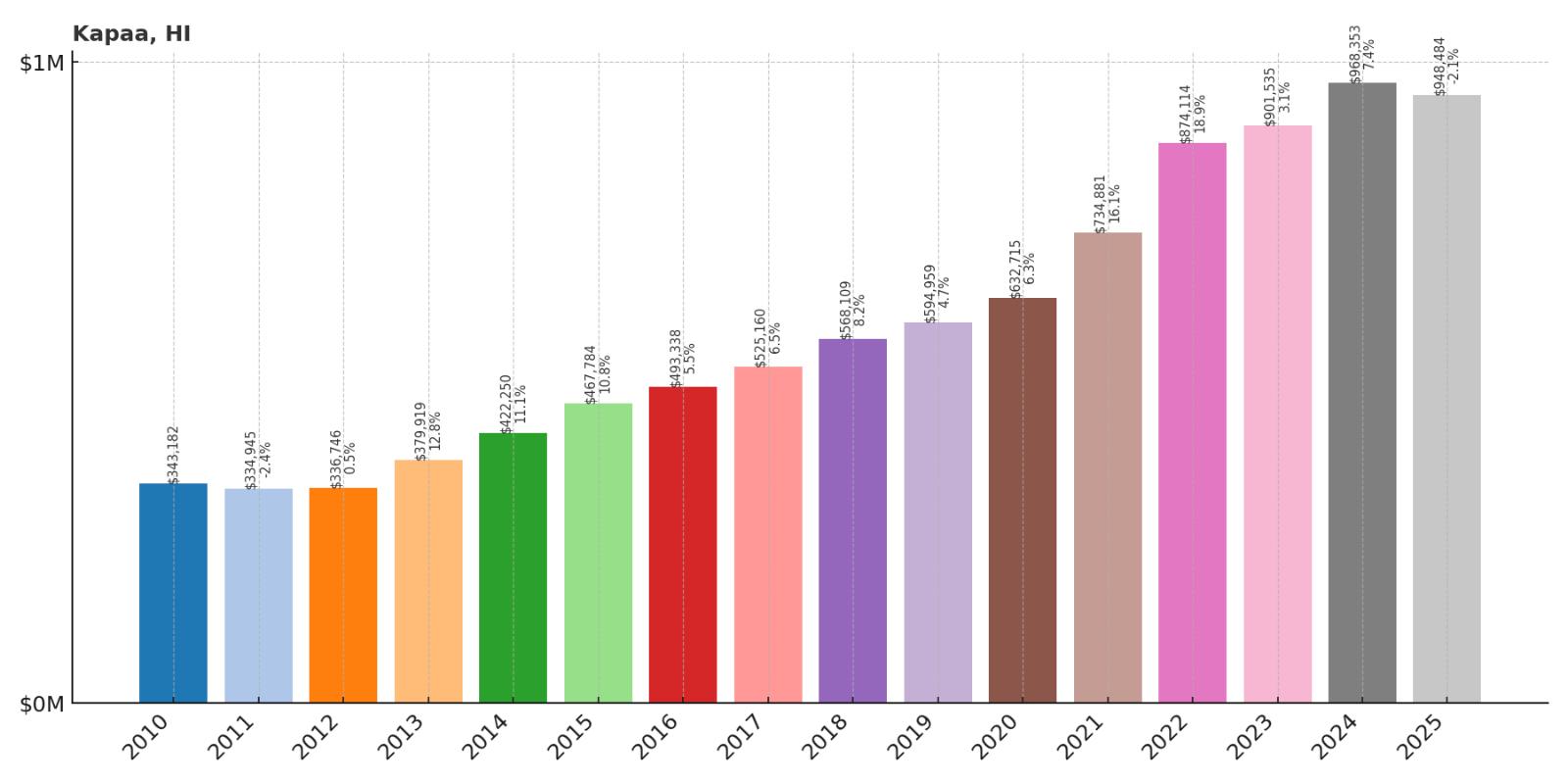
- 2010: $343,182
- 2011: $334,945
- 2012: $336,746
- 2013: $379,919
- 2014: $422,250
- 2015: $467,784
- 2016: $493,338
- 2017: $525,160
- 2018: $568,109
- 2019: $594,959
- 2020: $632,715
- 2021: $734,881
- 2022: $874,114
- 2023: $901,535
- 2024: $968,353
- 2025: $948,484
Kapaa shows remarkable growth of 176% since 2010, with the most significant increases occurring after 2020 when values jumped from $632,715 to nearly $950,000 in just five years. Starting at relatively modest prices around $340,000, this Kauai town has emerged as one of Hawaii’s fastest-appreciating markets, reflecting growing demand for the Garden Isle’s eastern coast.
Why Kapaa?
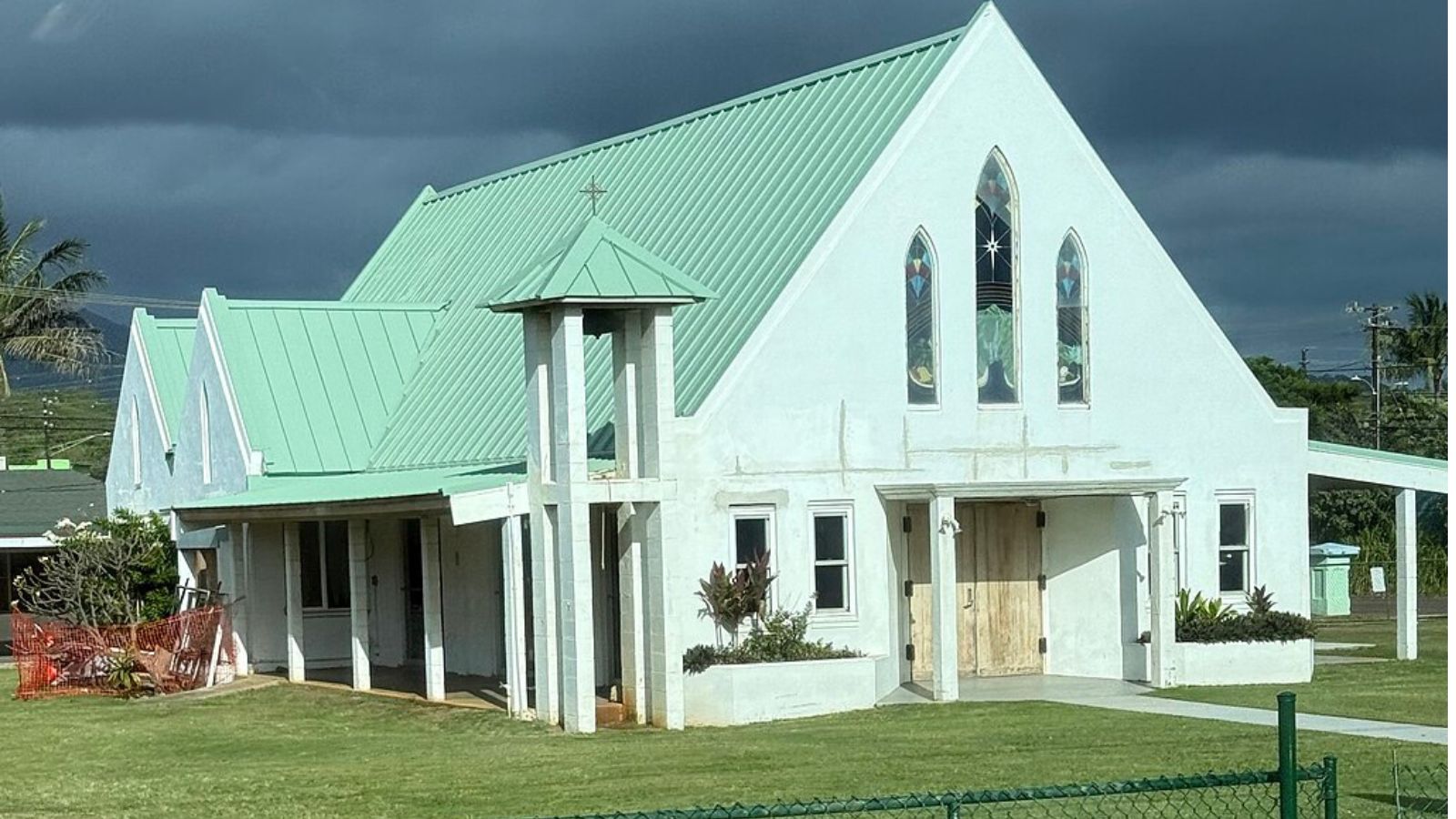
Why are people willing to pay so much to live here? What’s special about it?
Kapaa offers authentic small-town Hawaii living on Kauai’s sunny eastern shore with beautiful beaches and a walkable downtown area. The town provides essential services, shopping, and dining while maintaining the laid-back atmosphere that draws people to Kauai. Residents enjoy year-round outdoor activities, from surfing and swimming to hiking and biking along scenic coastal paths.
The community serves as Kauai’s largest town while retaining its charming, unhurried pace of life that contrasts sharply with urban Hawaii. Kapaa’s central location provides easy access to both the dramatic North Shore and the resort areas of Poipu, making it an ideal base for exploring all of Kauai’s attractions.
How Kapaa Rose to Prominence
Kapaa began as a Hawaiian fishing village and later became an important sugar plantation town during the 19th and early 20th centuries. The plantation era brought diverse immigrant workers from Asia and Portugal, creating the multicultural community that defines Kapaa today. Sugar cultivation shaped the town’s development, with plantation housing and infrastructure forming the foundation of the modern community.
After sugar production declined in the 1960s, Kapaa reinvented itself as Kauai’s main commercial center, developing shopping areas, restaurants, and service businesses to serve both residents and the growing tourism industry. The town’s beachfront location and authentic Hawaiian character made it increasingly attractive to visitors seeking alternatives to resort areas. As Kauai’s popularity grew, Kapaa became a desirable residential location for both locals and mainland transplants seeking island living.
3 Interesting Tidbits
- Coconut Coast – Kapaa sits along Kauai’s “Coconut Coast,” named for the thousands of coconut palms that line the beaches and were planted during the plantation era.
- Bike Path Paradise – The town features part of Kauai’s coastal bike path, allowing residents and visitors to cycle along scenic oceanfront routes for miles.
- Plantation Heritage – Many of Kapaa’s buildings date to the sugar plantation era, creating a historic downtown that reflects the island’s multicultural immigration history.
24. Ninole – 51% Home Price Increase Since 2018
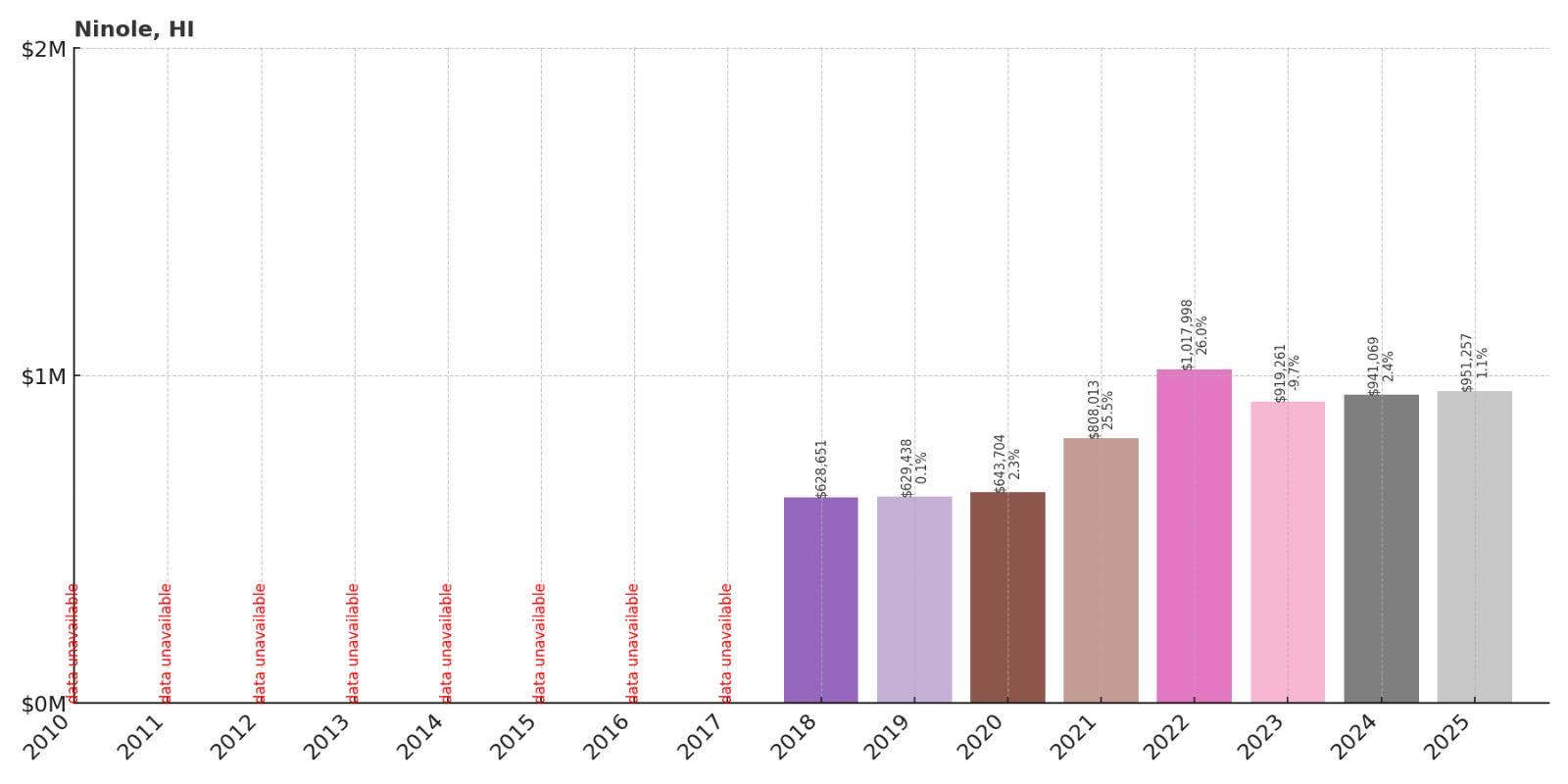
- 2010: N/A
- 2011: N/A
- 2012: N/A
- 2013: N/A
- 2014: N/A
- 2015: N/A
- 2016: N/A
- 2017: N/A
- 2018: $628,651
- 2019: $629,438
- 2020: $643,704
- 2021: $808,013
- 2022: $1,017,998
- 2023: $919,261
- 2024: $941,069
- 2025: $951,257
Ninole shows steady appreciation since data became available in 2018, with the most dramatic jump occurring in 2021-2022 when values increased by over $200,000. Despite some cooling in 2023, prices have stabilized above $950,000, reflecting demand for this remote Big Island coastal community. The 51% increase over seven years demonstrates the appeal of secluded oceanfront living.
Why Ninole?
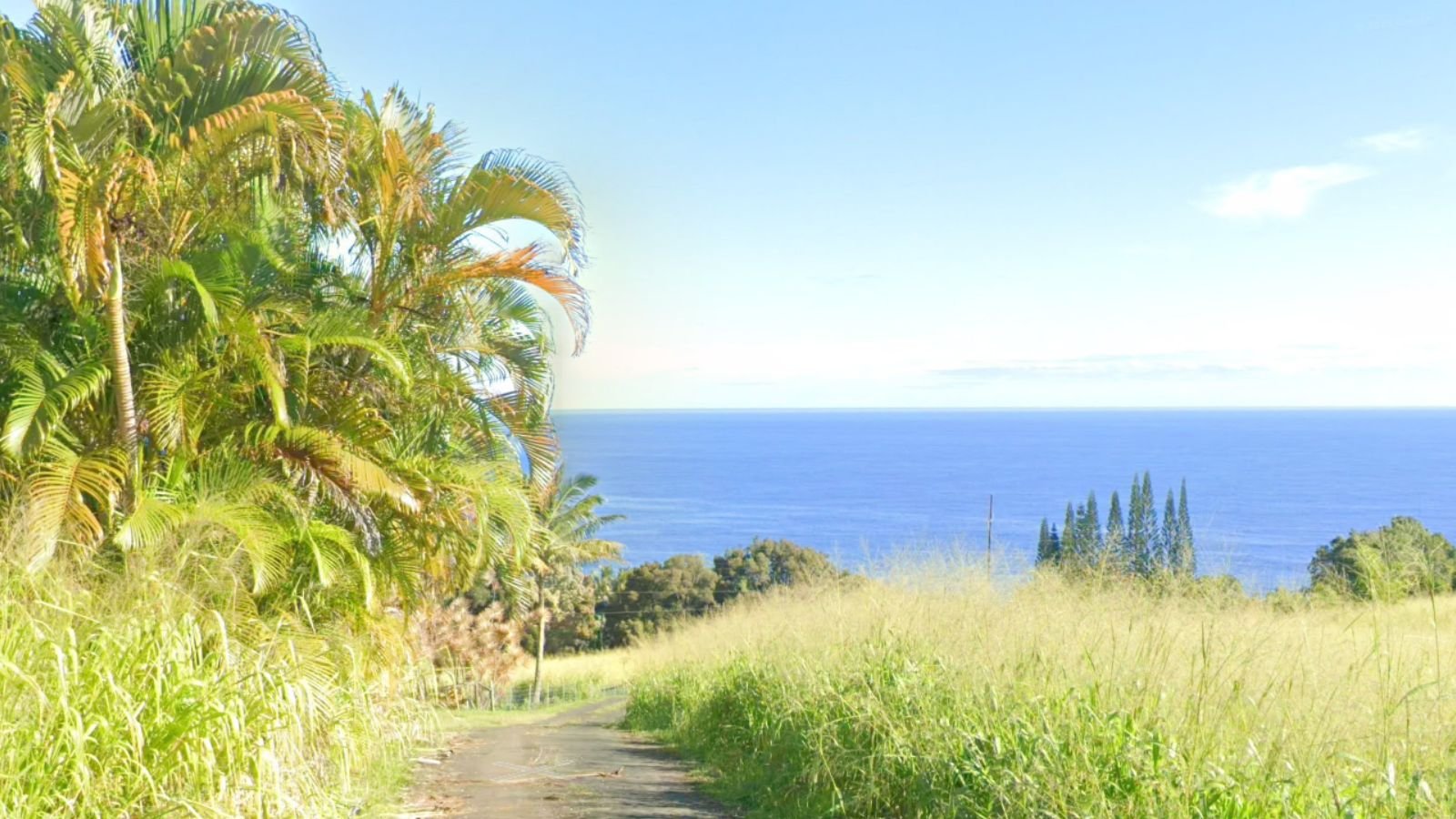
Why are people willing to pay so much to live here? What’s special about it?
Ninole offers ultimate privacy and seclusion along the Big Island’s rugged Hamakua Coast with dramatic ocean views and lush tropical surroundings. The remote location appeals to buyers seeking escape from crowds and development while still maintaining access to modern amenities. Properties often feature large lots with mature tropical landscaping and stunning coastline vistas.
The area provides a true escape from tourist areas while offering authentic Hawaiian living among rolling hills and dramatic sea cliffs. Ninole’s isolation creates a peaceful environment perfect for those seeking tranquility and connection with nature, making it particularly attractive to buyers looking for private retreats or sustainable living opportunities.
How Ninole Rose to Prominence
Ninole developed as a small sugar plantation settlement along the Hamakua Coast during the late 19th century, with the plantation era bringing basic infrastructure to this remote area. The community remained small and agricultural even after sugar operations ended, maintaining its rural character through decades of change elsewhere on the Big Island. The area’s dramatic coastline and tropical beauty began attracting attention from those seeking private, off-the-beaten-path properties.
As Big Island real estate prices rose and buyers sought alternatives to resort areas, Ninole’s combination of ocean access, privacy, and natural beauty made it increasingly desirable. The development of improved roads and communication infrastructure made the area more accessible while preserving its remote feel. Recent years have seen growing interest from buyers seeking sustainable living options and private estates away from tourist areas.
3 Interesting Tidbits
- Sugar Heritage – Old sugar plantation infrastructure, including railroad grades and mill sites, can still be found throughout the area as reminders of its agricultural past.
- Cliff Coast Living – Many properties sit atop dramatic sea cliffs offering unobstructed Pacific Ocean views and the sound of waves crashing far below.
- Tropical Rainforest – The area receives abundant rainfall, creating lush tropical vegetation and natural water sources that support sustainable living practices.
23. Waialua – 117% Home Price Increase Since 2010
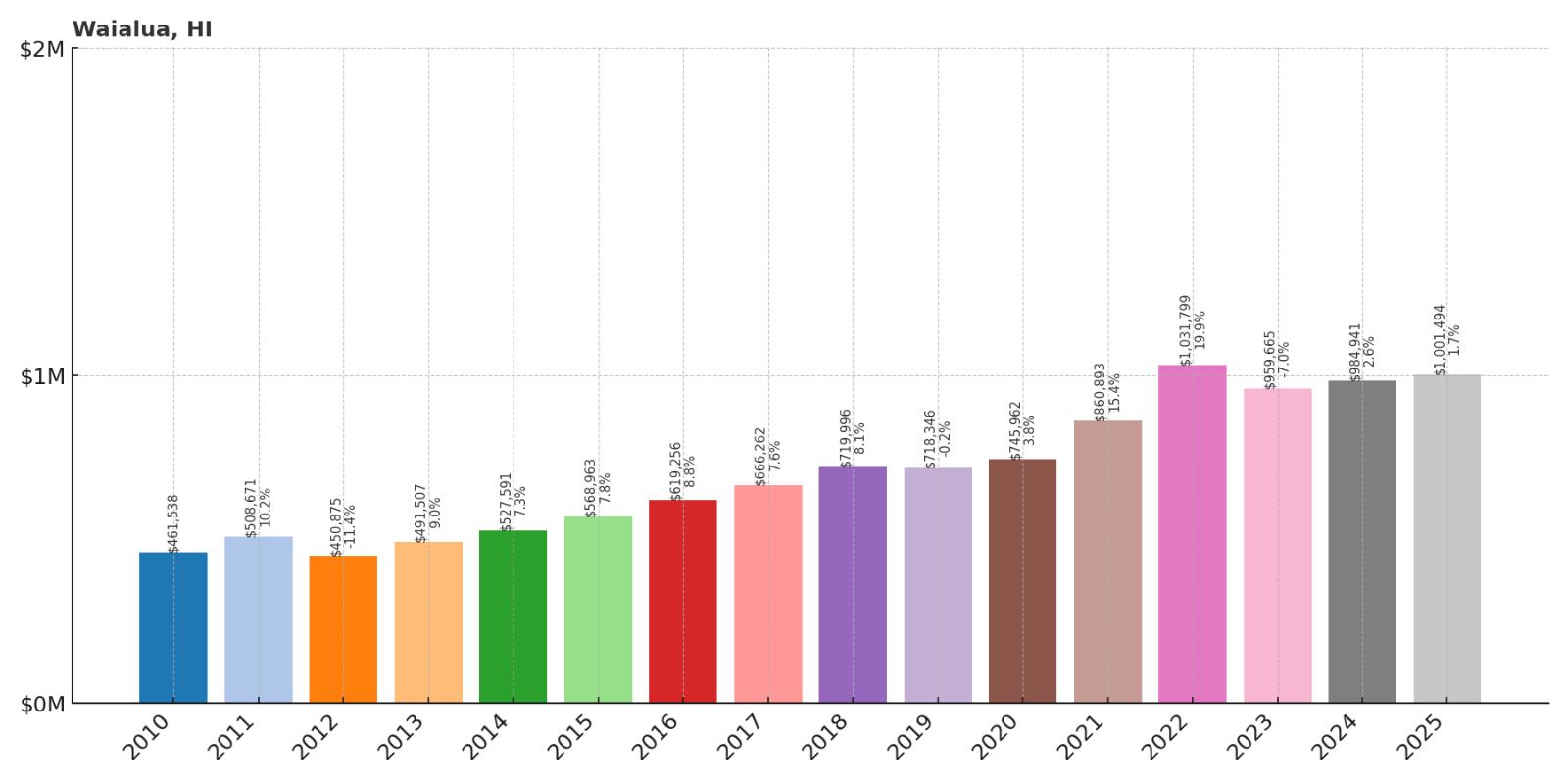
- 2010: $461,538
- 2011: $508,671
- 2012: $450,875
- 2013: $491,507
- 2014: $527,591
- 2015: $568,963
- 2016: $619,256
- 2017: $666,262
- 2018: $719,996
- 2019: $718,346
- 2020: $745,962
- 2021: $860,893
- 2022: $1,031,799
- 2023: $959,665
- 2024: $984,941
- 2025: $1,001,494
Waialua demonstrates strong long-term growth, more than doubling since 2010 to exceed $1 million in 2025. The steepest increases came during 2021-2022, when values jumped by nearly $200,000 in two years. Despite some volatility, the market has stabilized above $1 million, reflecting demand for this North Shore Oahu community’s rural character and surf culture.
Why Waialua?
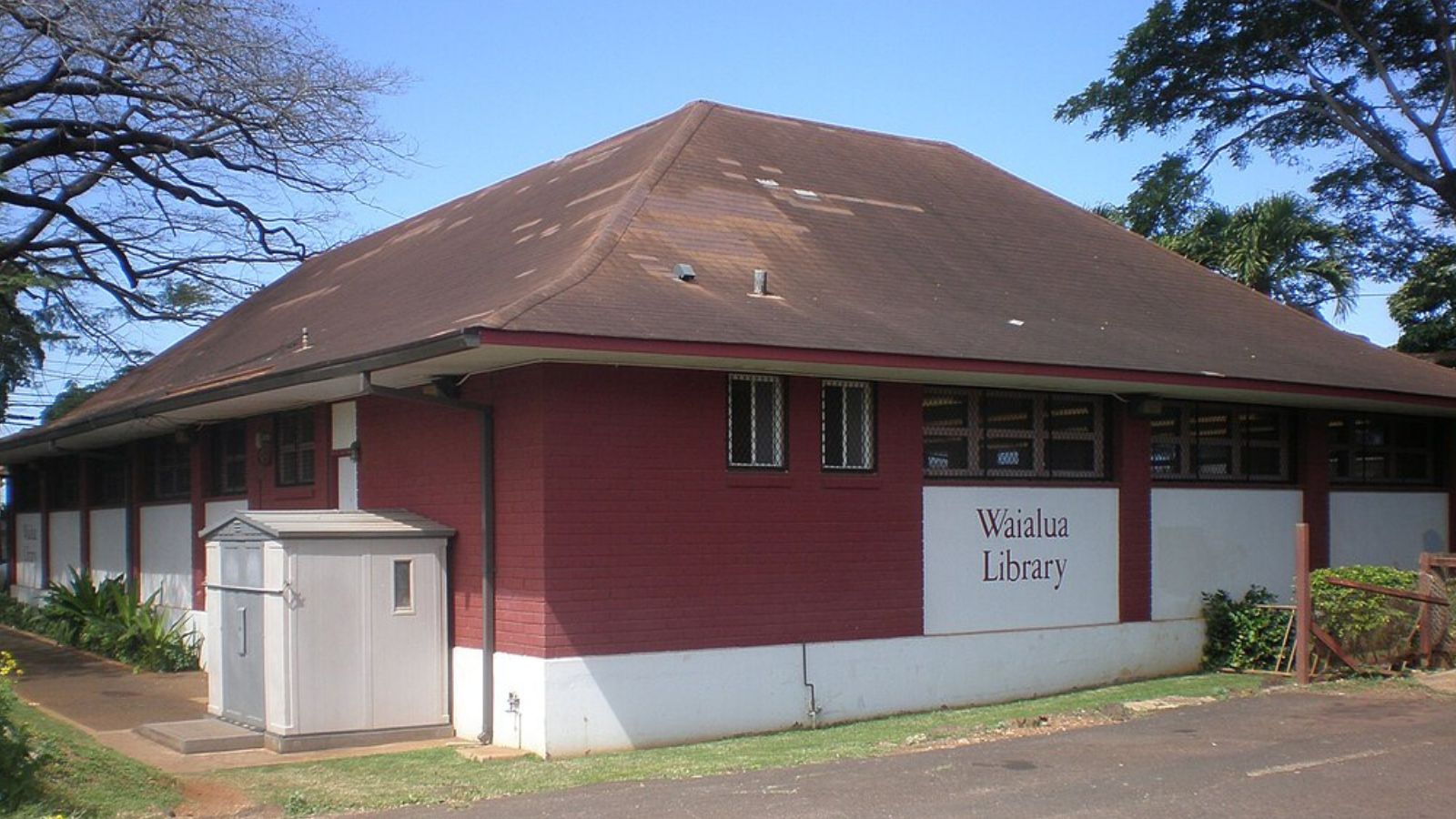
Why are people willing to pay so much to live here? What’s special about it?
Waialua offers authentic North Shore living with world-famous surf breaks, rural atmosphere, and agricultural heritage just 45 minutes from Honolulu. The community maintains its plantation-era character while providing access to some of the world’s best surfing and beautiful uncrowded beaches. Residents enjoy a slower pace of life with larger properties and more affordable options than other North Shore areas.
The town serves as a gateway to the North Shore’s surf culture while maintaining working farms and agricultural operations that give it authentic rural character. Waialua’s location provides easy access to both Haleiwa’s amenities and the undeveloped beaches and countryside that define Oahu’s quieter side.
How Waialua Rose to Prominence
Waialua’s development centered around the Waialua Sugar Company, established in 1898 as one of Oahu’s major plantation operations. The company built an entire community including housing, schools, and infrastructure to support workers and their families. The plantation era created the multicultural foundation of today’s community, with workers from various Pacific and Asian countries settling in the area.
After sugar production ended in the 1990s, Waialua transitioned into a rural residential community while maintaining its agricultural character through diversified farming and ranching operations. The area’s proximity to world-class surf breaks and its authentic Hawaiian rural lifestyle gradually attracted residents seeking alternatives to urban living. Recent development has been carefully managed to preserve the community’s character while accommodating growth pressures from the nearby North Shore.
3 Interesting Tidbits
- Sugar Mill Legacy – The historic Waialua Sugar Mill, now converted to other uses, remains a landmark and symbol of the area’s plantation heritage.
- Coffee Country – The area now grows some of Oahu’s finest coffee, with several small farms producing specialty beans in the former sugar fields.
- Polo Fields – Waialua is home to polo grounds where matches are still played, maintaining a tradition that dates back to the plantation era.
22. Waimea – 98% Home Price Increase Since 2015
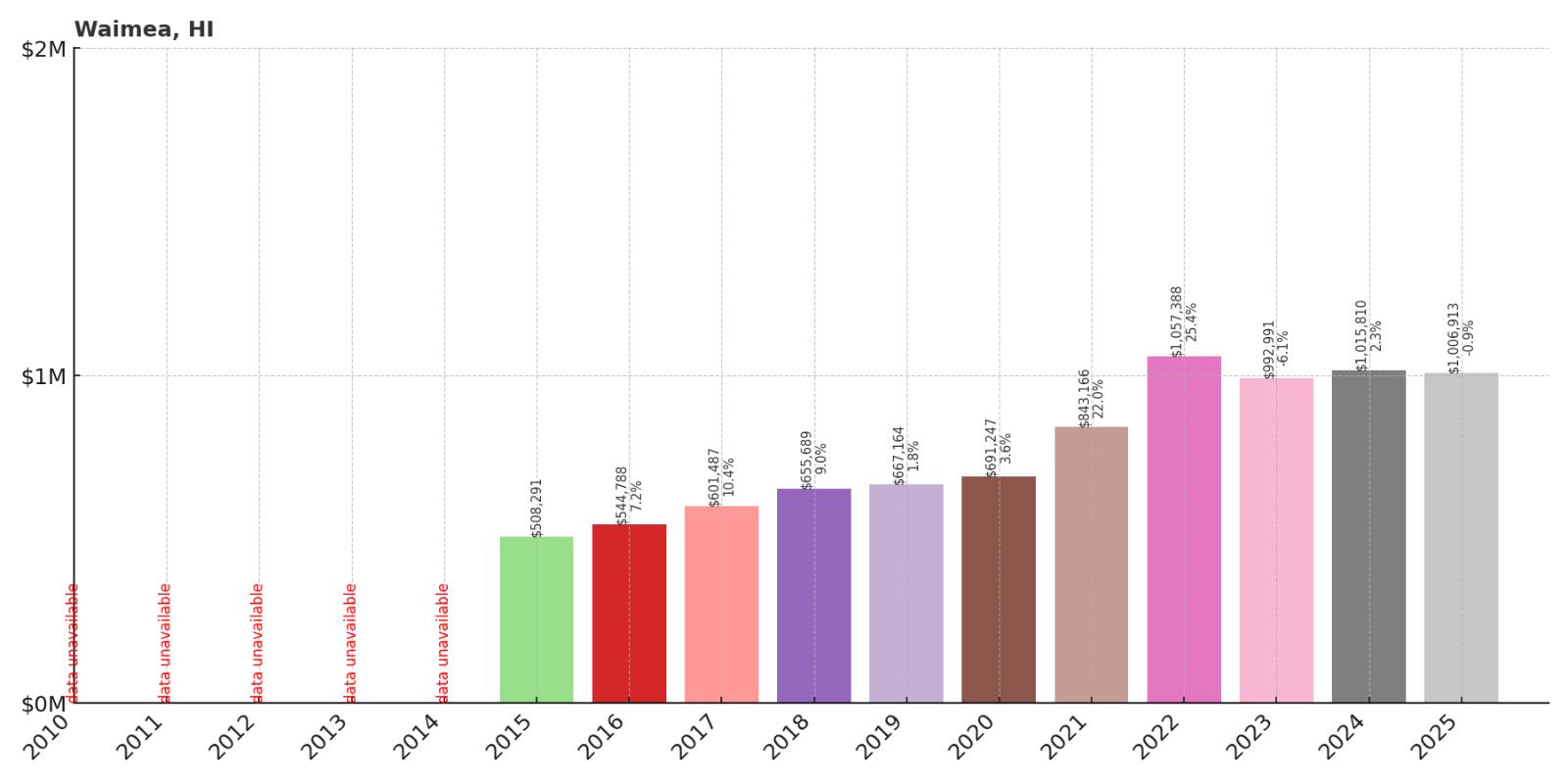
- 2010: N/A
- 2011: N/A
- 2012: N/A
- 2013: N/A
- 2014: N/A
- 2015: $508,291
- 2016: $544,788
- 2017: $601,487
- 2018: $655,689
- 2019: $667,164
- 2020: $691,247
- 2021: $843,166
- 2022: $1,057,388
- 2023: $992,991
- 2024: $1,015,810
- 2025: $1,006,913
Waimea shows impressive growth of 98% since 2015, nearly doubling in value to exceed $1 million by 2025. The most significant jump occurred during 2021-2022, when prices increased by over $200,000 in two years. This Big Island upcountry town has maintained values above $1 million, reflecting demand for its cool climate and ranching heritage.
Why Waimea?
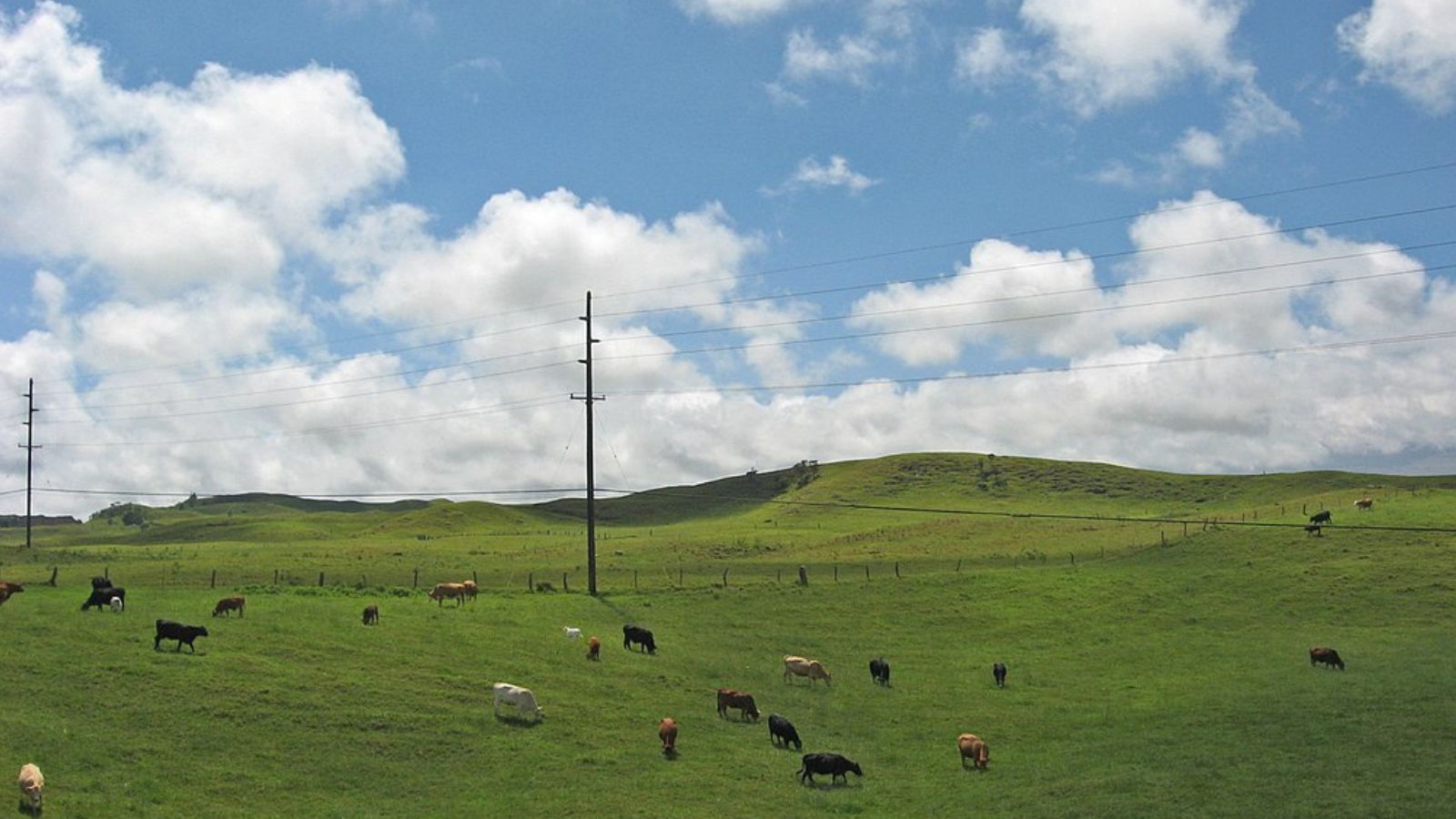
Why are people willing to pay so much to live here? What’s special about it?
Waimea offers a unique Hawaiian lifestyle at 2,600 feet elevation with cool temperatures, rolling pastures, and authentic paniolo (cowboy) culture. The area provides relief from tropical heat while maintaining easy access to both Kona and Kohala Coast beaches within 30 minutes. Residents enjoy excellent restaurants, boutique shopping, and a strong sense of community in this charming upcountry town.
The community combines rural ranch living with sophisticated amenities, attracting both longtime Hawaii residents and newcomers seeking a different island experience. Waimea’s location offers stunning mountain and ocean views while providing proximity to world-class resorts and beaches without the tourist crowds.
How Waimea Rose to Prominence
Waimea’s development began with the establishment of Parker Ranch in 1847, which grew to become one of the largest cattle ranches in the United States. The ranch shaped the community’s character, bringing paniolo (Hawaiian cowboy) culture and creating a unique blend of Hawaiian and Western traditions. The town developed around the ranch operations, with housing, schools, and businesses serving the large workforce.
Throughout the 20th century, Waimea maintained its ranching identity while gradually adding modern amenities and attracting residents who appreciated its cooler climate and rural character. The development of nearby Mauna Kea Resort and other Kohala Coast properties brought increased attention to the area. Recent decades have seen Waimea evolve into a sophisticated rural community that attracts residents seeking authentic Hawaiian ranch living with modern conveniences.
3 Interesting Tidbits
- Paniolo Heritage – Waimea is considered the heart of Hawaiian cowboy culture, with paniolo traditions dating back over 150 years.
- Observatory Town – The world-class Mauna Kea Observatories are headquartered here, making Waimea an international center for astronomy research.
- Farmers Market Fame – The weekly Waimea farmers market features some of Hawaii’s finest locally grown produce and has become a destination for food lovers.
21. Kahuku – 148% Home Price Increase Since 2010
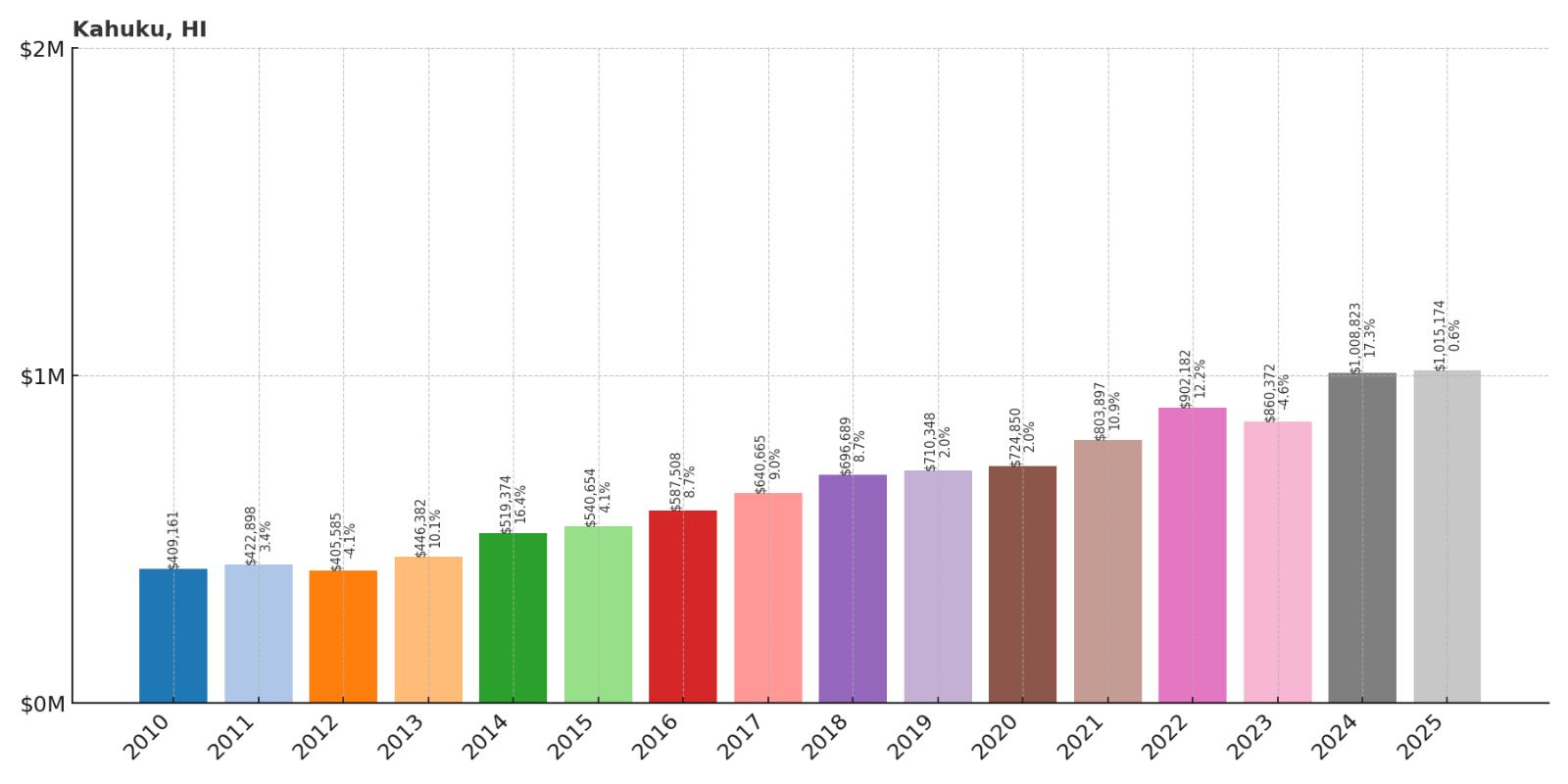
- 2010: $409,161
- 2011: $422,898
- 2012: $405,585
- 2013: $446,382
- 2014: $519,374
- 2015: $540,654
- 2016: $587,508
- 2017: $640,665
- 2018: $696,689
- 2019: $710,348
- 2020: $724,850
- 2021: $803,897
- 2022: $902,182
- 2023: $860,372
- 2024: $1,008,823
- 2025: $1,015,174
Kahuku exhibits remarkable growth of 148% since 2010, with values climbing from around $409,000 to over $1 million today. The most dramatic increase occurred in 2024, when prices jumped by nearly $150,000 in a single year. This rural North Shore community has seen steady appreciation throughout the period, reflecting growing demand for its agricultural lifestyle and proximity to famous surf breaks.
Why Kahuku?
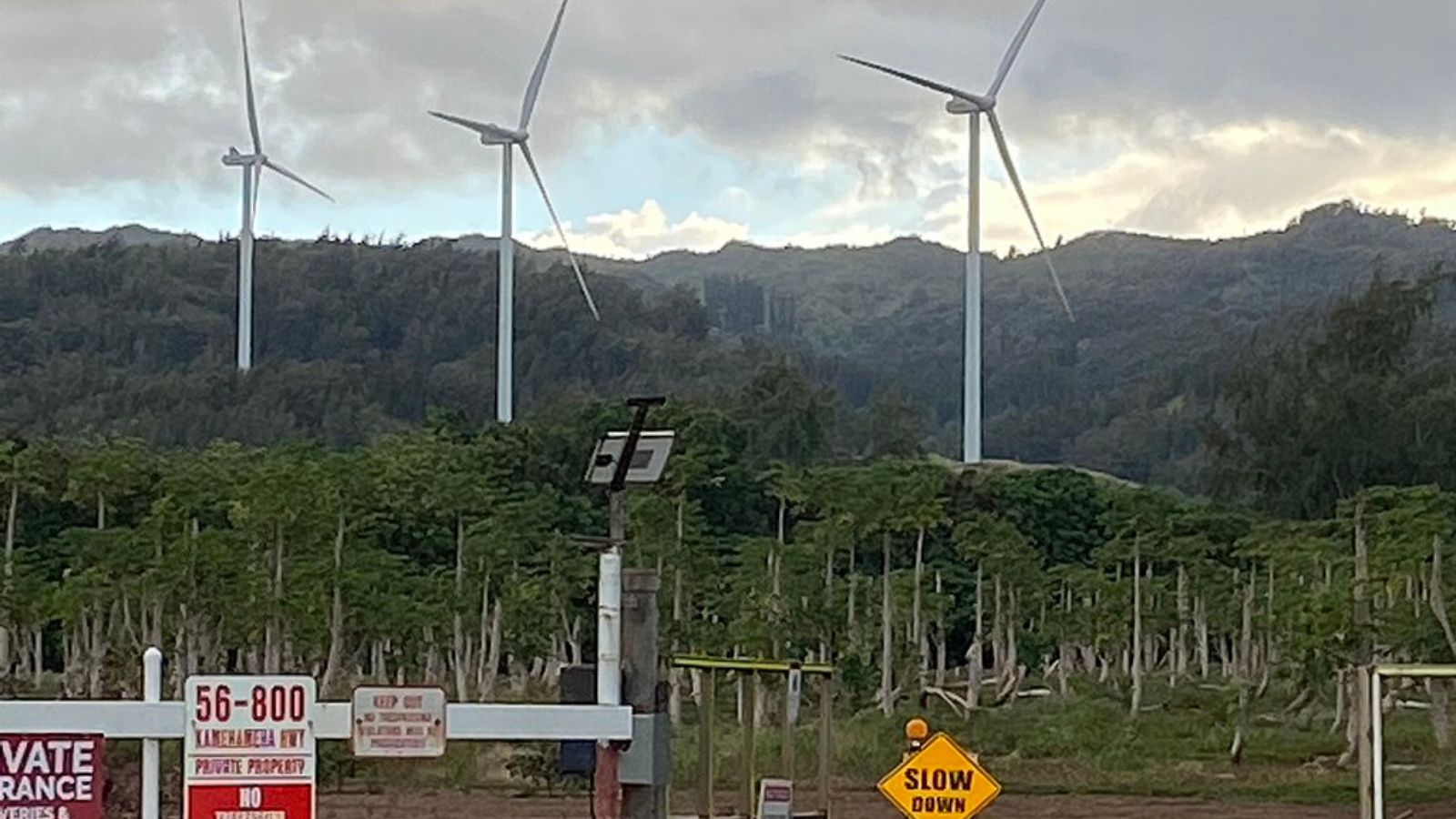
Why are people willing to pay so much to live here? What’s special about it?
Kahuku offers rural North Shore living with large agricultural lots, famous shrimp trucks, and proximity to world-class surf breaks like Pipeline and Sunset Beach. The area maintains its agricultural character with farms producing everything from shrimp to tropical fruits, creating an authentic Hawaiian country lifestyle. Residents enjoy wide open spaces, stunning ocean and mountain views, and a strong sense of community in this far north corner of Oahu.
The community provides a peaceful escape from urban living while keeping within reach of North Shore amenities and some of the world’s most famous beaches. Kahuku’s rural zoning allows for larger properties and agricultural pursuits that are impossible elsewhere on Oahu, attracting buyers seeking space and privacy.
How Kahuku Rose to Prominence
Kahuku developed around the Kahuku Sugar Mill, established in 1890 as one of Oahu’s major sugar operations. The plantation brought diverse immigrant workers who created the multicultural community that exists today. Sugar production dominated the area’s economy for nearly a century, shaping the landscape and community character with plantation housing and infrastructure.
After sugar production ended in the 1970s, Kahuku transitioned to diversified agriculture, becoming known for aquaculture operations including the famous Giovanni’s Shrimp Truck and other seafood ventures. The area’s proximity to world-famous surf breaks gradually attracted attention from surfers and those seeking rural island living. Recent development has been limited by agricultural zoning, helping preserve the area’s character while creating scarcity that drives property values.
3 Interesting Tidbits
- Shrimp Truck Capital – Kahuku is famous for its shrimp trucks, with Giovanni’s and other vendors creating a unique culinary destination.
- Turtle Bay Connection – The area borders the exclusive Turtle Bay Resort, providing access to luxury amenities while maintaining rural character.
- Wind Power Pioneer – Kahuku hosts one of Hawaii’s largest wind farms, with turbines visible across the landscape generating renewable energy.
20. Kaaawa – 102% Home Price Increase Since 2010
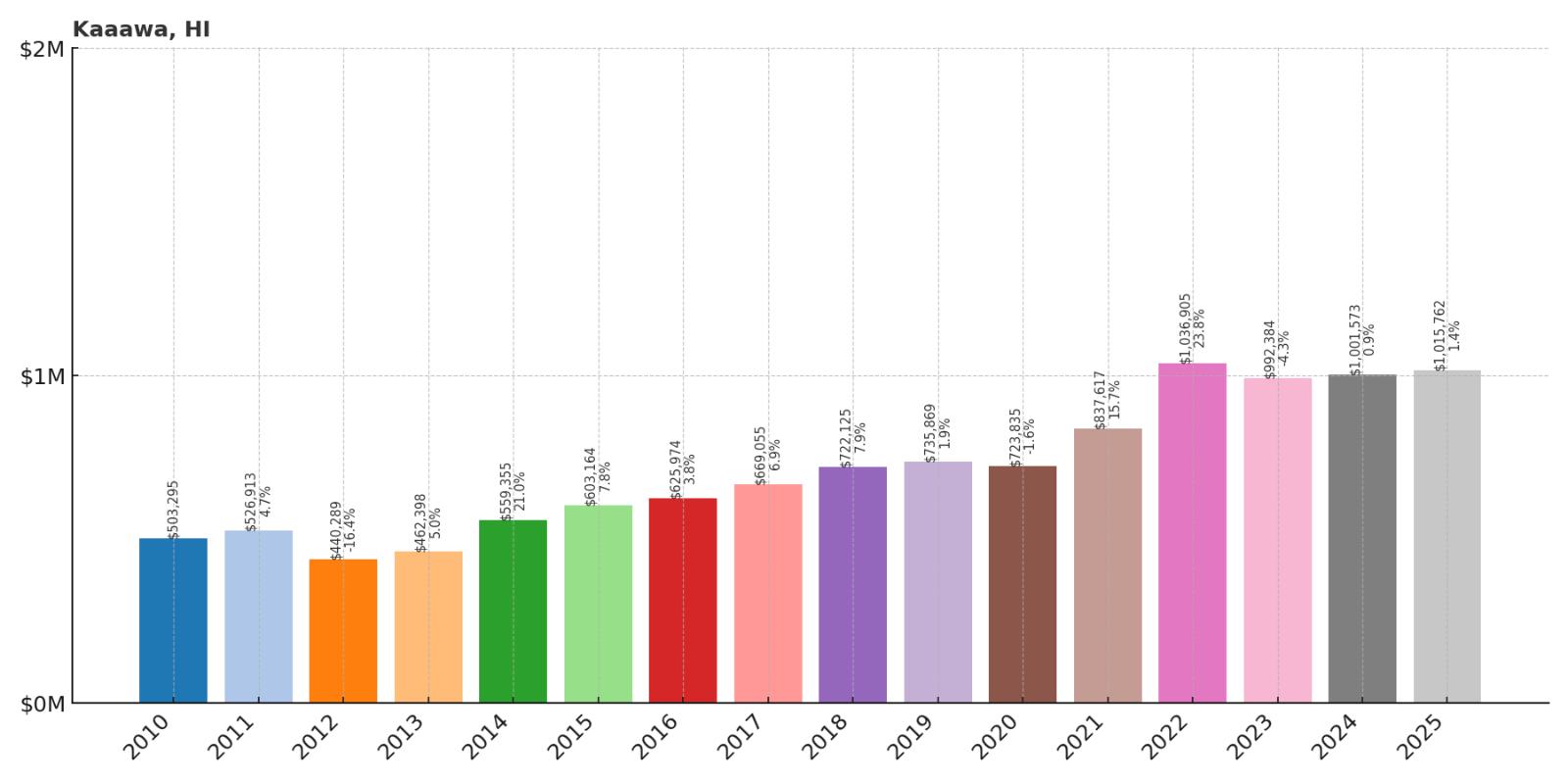
- 2010: $503,295
- 2011: $526,913
- 2012: $440,289
- 2013: $462,398
- 2014: $559,355
- 2015: $603,164
- 2016: $625,974
- 2017: $669,055
- 2018: $722,125
- 2019: $735,869
- 2020: $723,835
- 2021: $837,617
- 2022: $1,036,905
- 2023: $992,384
- 2024: $1,001,573
- 2025: $1,015,762
Kaaawa demonstrates solid growth of 102% since 2010, more than doubling from around $503,000 to over $1 million today. The steepest increase occurred during 2021-2022, when values jumped by nearly $200,000 during the pandemic boom. This windward Oahu community has maintained values above $1 million, reflecting demand for its dramatic mountain backdrop and rural lifestyle.
Why Kaaawa?
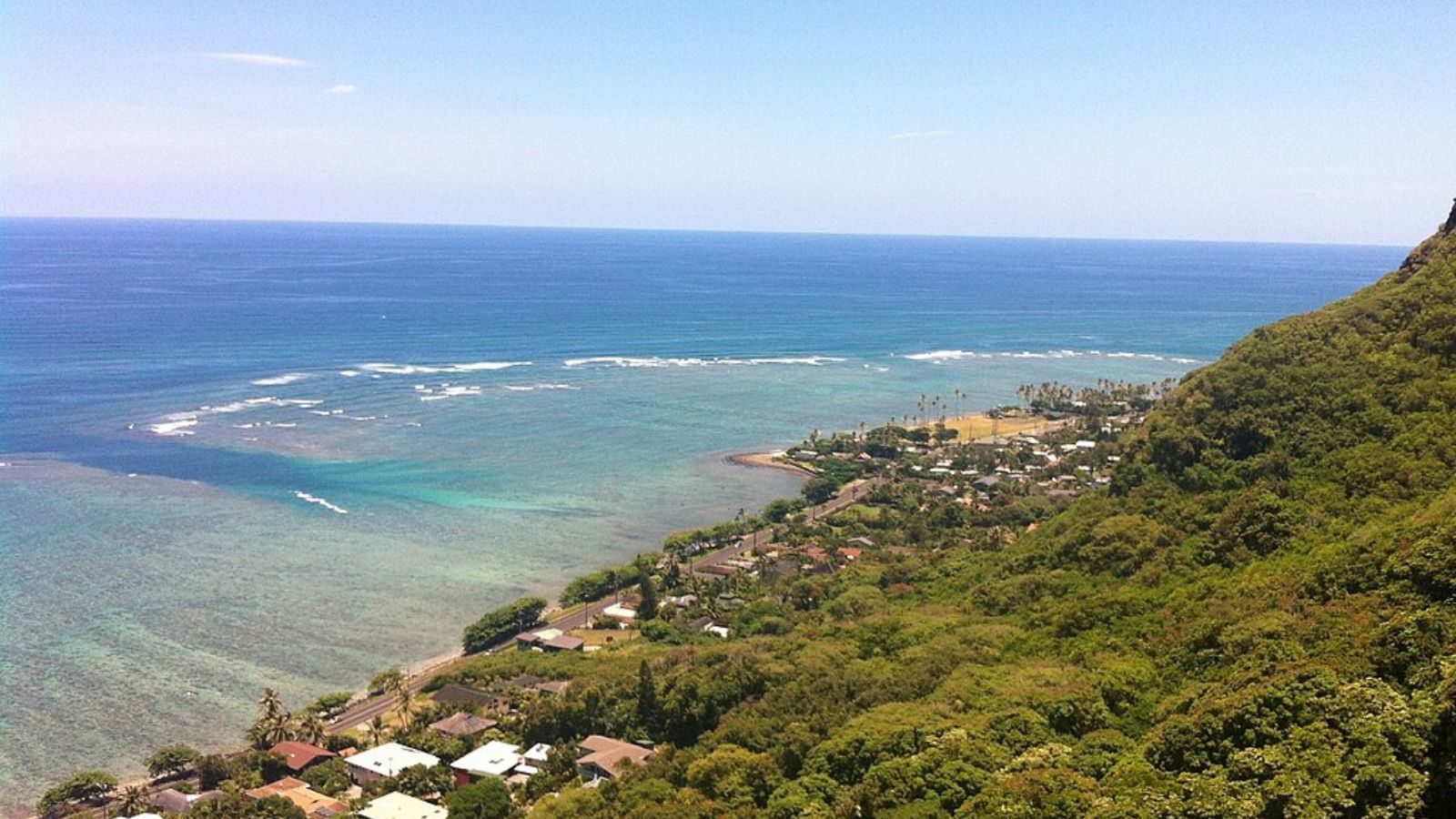
Why are people willing to pay so much to live here? What’s special about it?
Kaaawa offers spectacular windward living with dramatic Koolau Mountain views, rural atmosphere, and proximity to pristine beaches along Oahu’s less developed eastern shore. The area provides larger lots and more affordable options than other coastal communities while maintaining stunning natural beauty. Residents enjoy hiking trails, secluded beaches, and a peaceful lifestyle away from tourist crowds.
The community serves as a gateway to windward adventures while offering authentic Hawaiian rural living with ocean access. Kaaawa’s location provides easy access to both Kaneohe services and North Shore attractions, making it ideal for those seeking countryside living with reasonable convenience.
How Kaaawa Rose to Prominence
Kaaawa began as a small Hawaiian fishing and farming settlement, taking advantage of the area’s freshwater streams and protected valleys. The community remained largely agricultural through the plantation era, with small-scale farming and ranching operations rather than large industrial agriculture. The area’s dramatic natural beauty and rural character attracted attention from filmmakers, with several movies and television shows filmed in the scenic valleys.
Modern development came slowly to Kaaawa, helping preserve its rural character as other parts of Oahu became more urbanized. The area’s combination of mountain and ocean access, larger lots, and relative affordability gradually attracted residents seeking alternatives to urban living. Recent years have seen increased interest as buyers discover this hidden gem on Oahu’s windward coast.
3 Interesting Tidbits
- Movie Magic – Kaaawa Valley has served as a filming location for numerous movies and TV shows, including scenes from “Jurassic Park” and “Lost.”
- Kualoa Ranch Connection – The area borders the famous Kualoa Ranch, providing access to adventure tours and cultural activities.
- Fishing Heritage – Traditional Hawaiian fishing practices continue in the area, with some families maintaining generational knowledge of local waters and fish populations.
19. Kahului – 171% Home Price Increase Since 2010
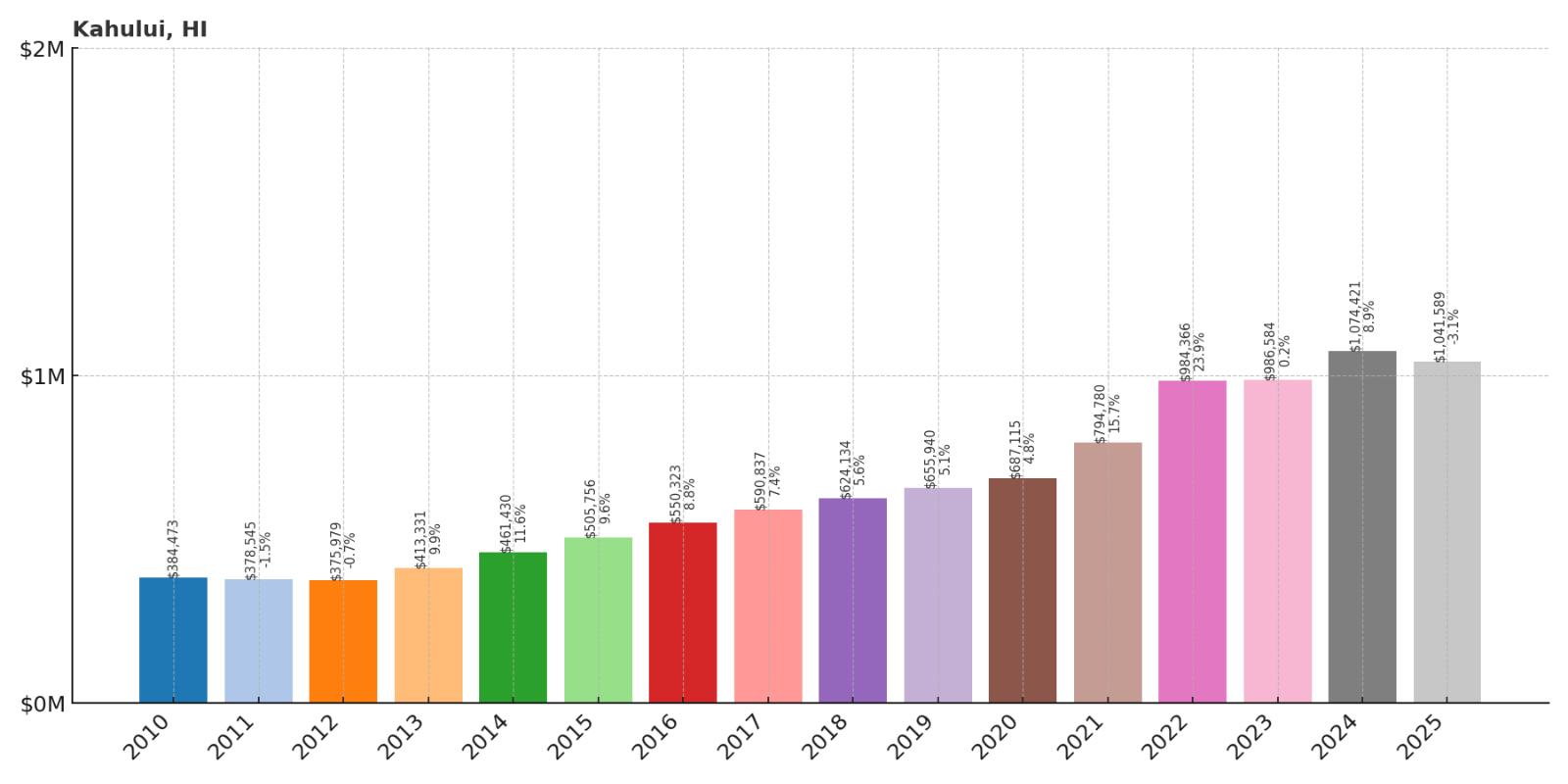
- 2010: $384,473
- 2011: $378,545
- 2012: $375,979
- 2013: $413,331
- 2014: $461,430
- 2015: $505,756
- 2016: $550,323
- 2017: $590,837
- 2018: $624,134
- 2019: $655,940
- 2020: $687,115
- 2021: $794,780
- 2022: $984,366
- 2023: $986,584
- 2024: $1,074,421
- 2025: $1,041,589
Kahului shows exceptional appreciation of 171% since 2010, with values nearly tripling from $384,473 to over $1 million today. The most significant growth occurred after 2020, with prices jumping from $687,115 to over $1 million in just five years. This central Maui location has become increasingly valuable as the island’s main commercial and transportation hub.
Why Kahului?

Why are people willing to pay so much to live here? What’s special about it?
Kahului serves as Maui’s commercial heart with excellent access to the airport, major shopping centers, and employment opportunities while offering more affordable housing than resort areas. The area provides practical island living with easy access to beaches, upcountry, and other parts of Maui within 30 minutes. Residents appreciate the convenience of shopping, medical facilities, and services concentrated in one area.
The community offers a more authentic local lifestyle compared to tourist-focused areas while maintaining modern conveniences and infrastructure. Kahului’s central location makes it ideal for those working on Maui or needing frequent travel access, while still providing proximity to some of the island’s best beaches and outdoor activities.
How Kahului Rose to Prominence
Kahului developed as Maui’s main port and commercial center during the plantation era, with sugar operations requiring a central shipping point for exports. The harbor became the primary entry point for goods and people arriving on Maui, leading to the development of warehouses, businesses, and residential areas. The construction of Kahului Airport in the 1950s further solidified the area’s role as Maui’s transportation hub.
Post-war development transformed Kahului into a modern commercial center with shopping malls, industrial areas, and residential subdivisions serving the island’s growing population. The area became home to many local families who worked in various industries supporting Maui’s economy. As tourism grew, Kahului maintained its role as the practical center of island life while resort areas developed elsewhere, creating a unique blend of local and visitor-serving businesses.
3 Interesting Tidbits
- Airport Gateway – Kahului Airport handles over 7 million passengers annually, making it one of Hawaii’s busiest airports and the primary entry point to Maui.
- Harbor Heritage – Kahului Harbor remains Maui’s main commercial port, handling the majority of goods imported to the island including cars, fuel, and food supplies.
- Shopping Central – The area hosts Maui’s largest shopping centers including Queen Kaahumanu Center, serving residents throughout the island.
18. Lahaina – 78% Home Price Increase Since 2010
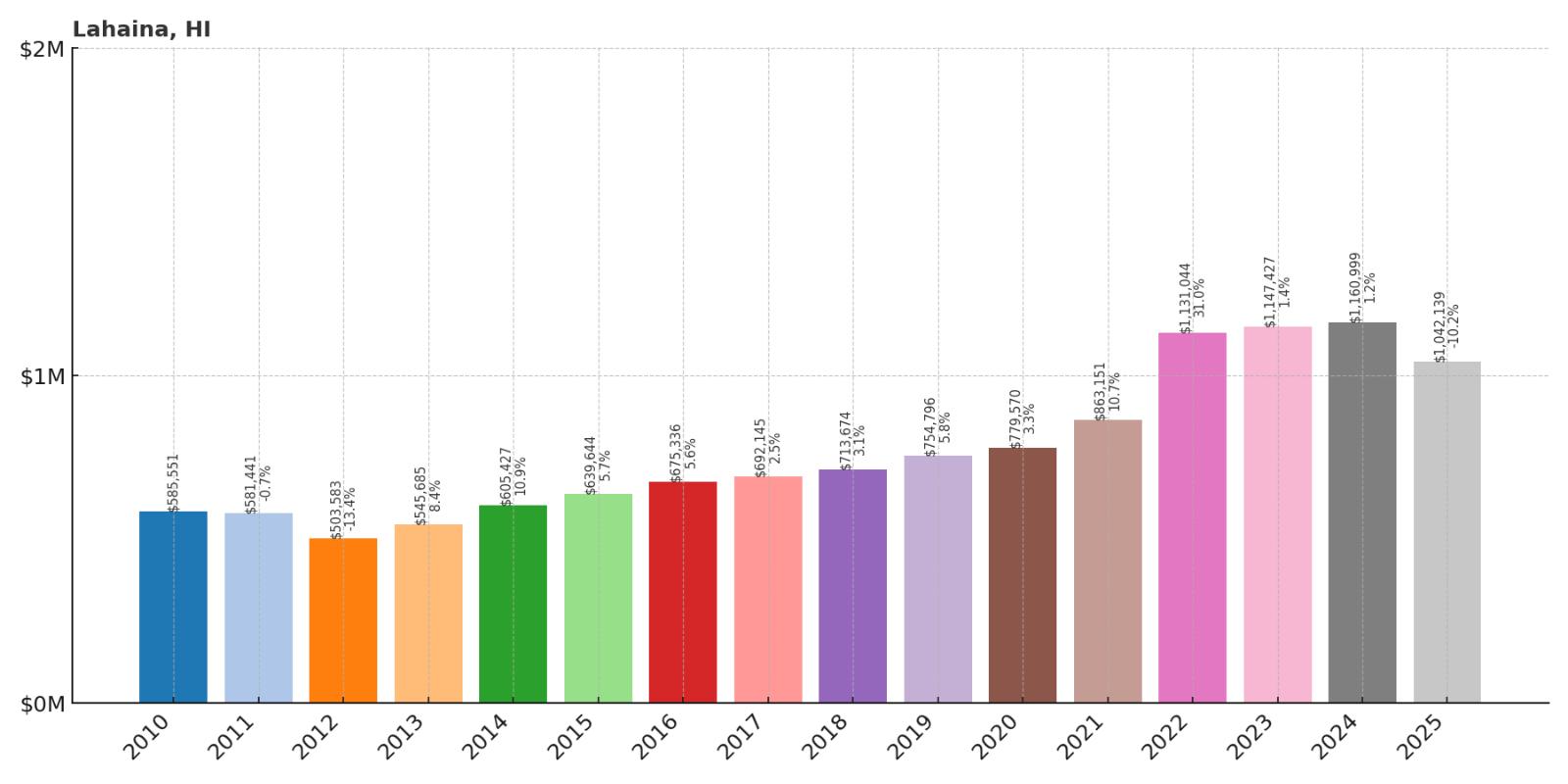
- 2010: $585,551
- 2011: $581,441
- 2012: $503,583
- 2013: $545,685
- 2014: $605,427
- 2015: $639,644
- 2016: $675,336
- 2017: $692,145
- 2018: $713,674
- 2019: $754,796
- 2020: $779,570
- 2021: $863,151
- 2022: $1,131,044
- 2023: $1,147,427
- 2024: $1,160,999
- 2025: $1,042,139
Lahaina shows steady growth of 78% since 2010, with the most dramatic increase occurring during 2021-2022 when values jumped by nearly $270,000. Despite some recent cooling to $1,042,139 in 2025, this historic West Maui town has nearly doubled in value. The market reflects both the area’s tourism appeal and its significance as a cultural and historical center.
Why Lahaina?

Why are people willing to pay so much to live here? What’s special about it?
Lahaina combines rich Hawaiian history with world-class beaches and a vibrant downtown filled with art galleries, restaurants, and shops. The area offers resort-quality amenities with authentic cultural experiences, from historic sites to traditional Hawaiian activities. Residents enjoy year-round sunshine, excellent snorkeling and diving, and easy access to neighbor islands via Lahaina Harbor.
The community provides luxury living within walking distance of beaches, dining, and entertainment while maintaining its character as a historic whaling village. Lahaina’s unique blend of tourism amenities and local culture creates an environment where residents can enjoy resort-style living with authentic Hawaiian experiences.
How Lahaina Rose to Prominence
Lahaina served as the capital of the Hawaiian Kingdom from 1820 to 1845 and was later the center of the Pacific whaling industry. The town’s protected harbor made it a crucial stop for whaling ships, bringing international commerce and cultural exchange. Missionaries also established important institutions here, creating a blend of Hawaiian, American, and international influences.
After the whaling era ended, Lahaina became a sugar plantation town before transitioning to tourism in the mid-20th century. The preservation of historic buildings and sites, combined with development of modern resort amenities, created the unique destination that exists today. Careful historic preservation efforts have maintained the town’s character while allowing for growth in tourism and residential development.
3 Interesting Tidbits
- Royal Capital – Lahaina served as the capital of the Hawaiian Kingdom and was home to Hawaiian royalty including King Kamehameha III.
- Banyan Tree Giant – The famous Lahaina Banyan Tree, planted in 1873, covers nearly an acre and is one of the largest banyan trees in the United States.
- Whaling Heritage – The town was once called the “whaling capital of the Pacific,” with over 400 whaling ships visiting annually during the industry’s peak.
17. Waimanalo – 56% Home Price Increase Since 2010
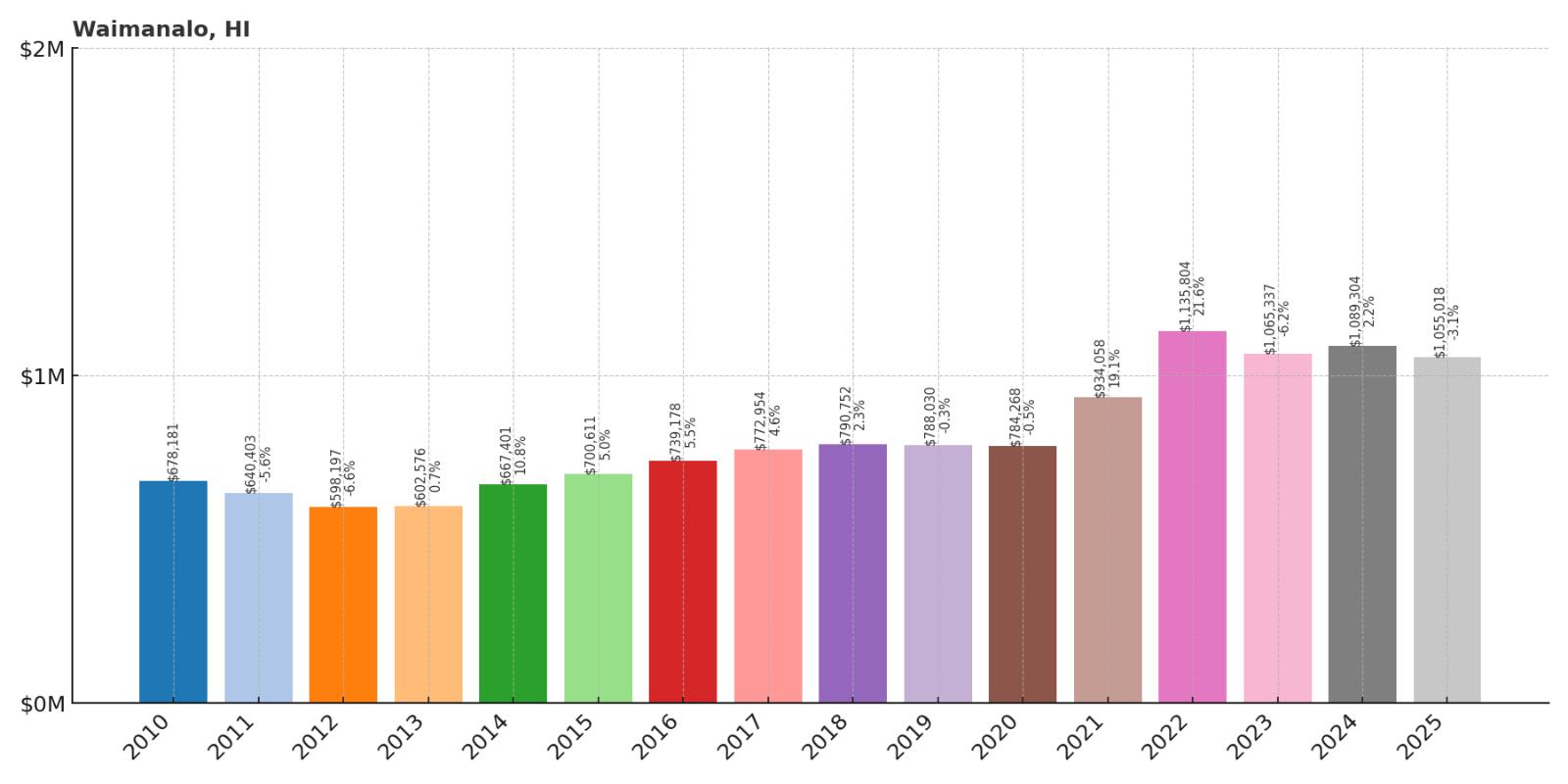
- 2010: $678,181
- 2011: $640,403
- 2012: $598,197
- 2013: $602,576
- 2014: $667,401
- 2015: $700,611
- 2016: $739,178
- 2017: $772,954
- 2018: $790,752
- 2019: $788,030
- 2020: $784,268
- 2021: $934,058
- 2022: $1,135,804
- 2023: $1,065,337
- 2024: $1,089,304
- 2025: $1,055,018
Waimanalo demonstrates moderate but consistent growth of 56% since 2010, with values rising from $678,181 to over $1 million today. The most significant increases occurred during 2021-2022, adding over $200,000 in value during the pandemic boom. This windward Oahu community has maintained values above $1 million despite some recent fluctuation.
Why Waimanalo?

Why are people willing to pay so much to live here? What’s special about it?
Waimanalo offers one of Oahu’s most beautiful and longest beaches with rural Hawaiian atmosphere and strong Native Hawaiian community ties. The area provides authentic island living with large agricultural lots, horse properties, and stunning mountain and ocean views. Residents enjoy a slower pace of life while remaining within 30 minutes of Honolulu and Kailua’s amenities.
The community maintains its agricultural character with farms, stables, and rural zoning that allows for larger properties and traditional Hawaiian activities. Waimanalo’s combination of beach access, rural lifestyle, and cultural authenticity creates a unique living environment that attracts both local families and those seeking genuine Hawaiian experiences.
How Waimanalo Rose to Prominence
Waimanalo developed as an agricultural area with extensive taro cultivation and later diversified farming operations. The community maintained strong Native Hawaiian cultural ties throughout periods of change elsewhere on Oahu. During the 20th century, the area became known for its large agricultural lots and horse properties, attracting families seeking rural island living.
The preservation of agricultural zoning helped maintain Waimanalo’s character while nearby areas became more developed. The community’s beautiful beach and rural atmosphere gradually attracted attention from those seeking alternatives to urban or resort living. Recent years have seen increased interest in Waimanalo’s combination of beach access, large lots, and authentic Hawaiian culture.
3 Interesting Tidbits
- Beach Paradise – Waimanalo Beach stretches for over 5 miles and is consistently rated among the world’s most beautiful beaches.
- Native Hawaiian Stronghold – The area has one of Oahu’s highest concentrations of Native Hawaiian residents, maintaining traditional cultural practices.
- Rabbit Island Views – The community offers stunning views of Rabbit Island (Manana Island), a seabird sanctuary visible offshore.
16. Kaneohe – 83% Home Price Increase Since 2010
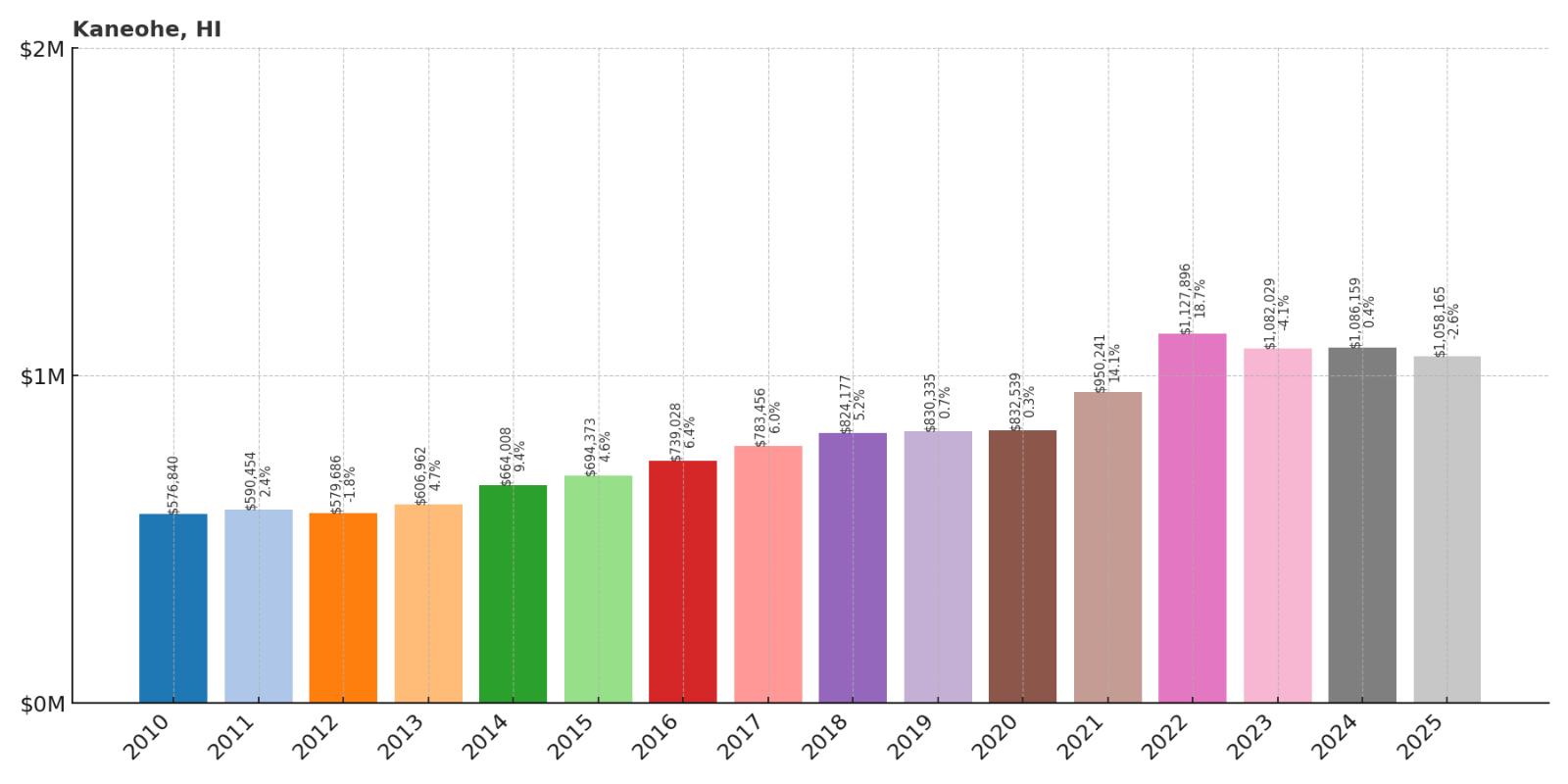
- 2010: $576,840
- 2011: $590,454
- 2012: $579,686
- 2013: $606,962
- 2014: $664,008
- 2015: $694,373
- 2016: $739,028
- 2017: $783,456
- 2018: $824,177
- 2019: $830,335
- 2020: $832,539
- 2021: $950,241
- 2022: $1,127,896
- 2023: $1,082,029
- 2024: $1,086,159
- 2025: $1,058,165
Kaneohe shows solid appreciation of 83% since 2010, with steady growth accelerating during the pandemic years. Values have risen from $576,840 to over $1 million today, with the most significant jump occurring during 2021-2022. This windward Oahu community has established itself as a desirable residential area with modern amenities and natural beauty.
Why Kaneohe?

Why are people willing to pay so much to live here? What’s special about it?
Kaneohe provides suburban living with stunning Koolau Mountain views, excellent schools, and proximity to beaches while maintaining more affordable prices than other Oahu communities. The area offers modern shopping centers, medical facilities, and services while preserving scenic beauty and outdoor recreation opportunities. Residents enjoy hiking trails, golf courses, and easy access to both town and country attractions.
The community serves as windward Oahu’s main commercial center while maintaining residential neighborhoods with diverse housing options from condominiums to single-family homes. Kaneohe’s location provides convenient access to military bases, downtown Honolulu, and outdoor recreation areas throughout the windward side.
How Kaneohe Rose to Prominence
Kaneohe developed as a residential and commercial center serving windward Oahu’s growing population in the mid-20th century. The area’s strategic location in the central windward valley made it a natural hub for businesses and services. Military installations at nearby Kaneohe Bay contributed to economic growth and population expansion.
Post-war suburban development transformed Kaneohe into a modern community with shopping centers, schools, and residential subdivisions. The area became attractive to families seeking suburban amenities while maintaining access to beaches and outdoor recreation. The development of Windward Mall and other commercial facilities solidified Kaneohe’s role as the windward side’s primary commercial center.
3 Interesting Tidbits
- Windward Mall Hub – Kaneohe hosts Windward Mall, the primary shopping center serving all of windward Oahu’s communities.
- Military Connection – Marine Corps Base Hawaii at Kaneohe Bay is a major economic driver and source of residents for the community.
- Botanical Beauty – The area is home to Ho’omaluhia Botanical Garden, a 400-acre paradise showcasing plants from tropical regions worldwide.
15. Holualoa – 80% Home Price Increase Since 2015
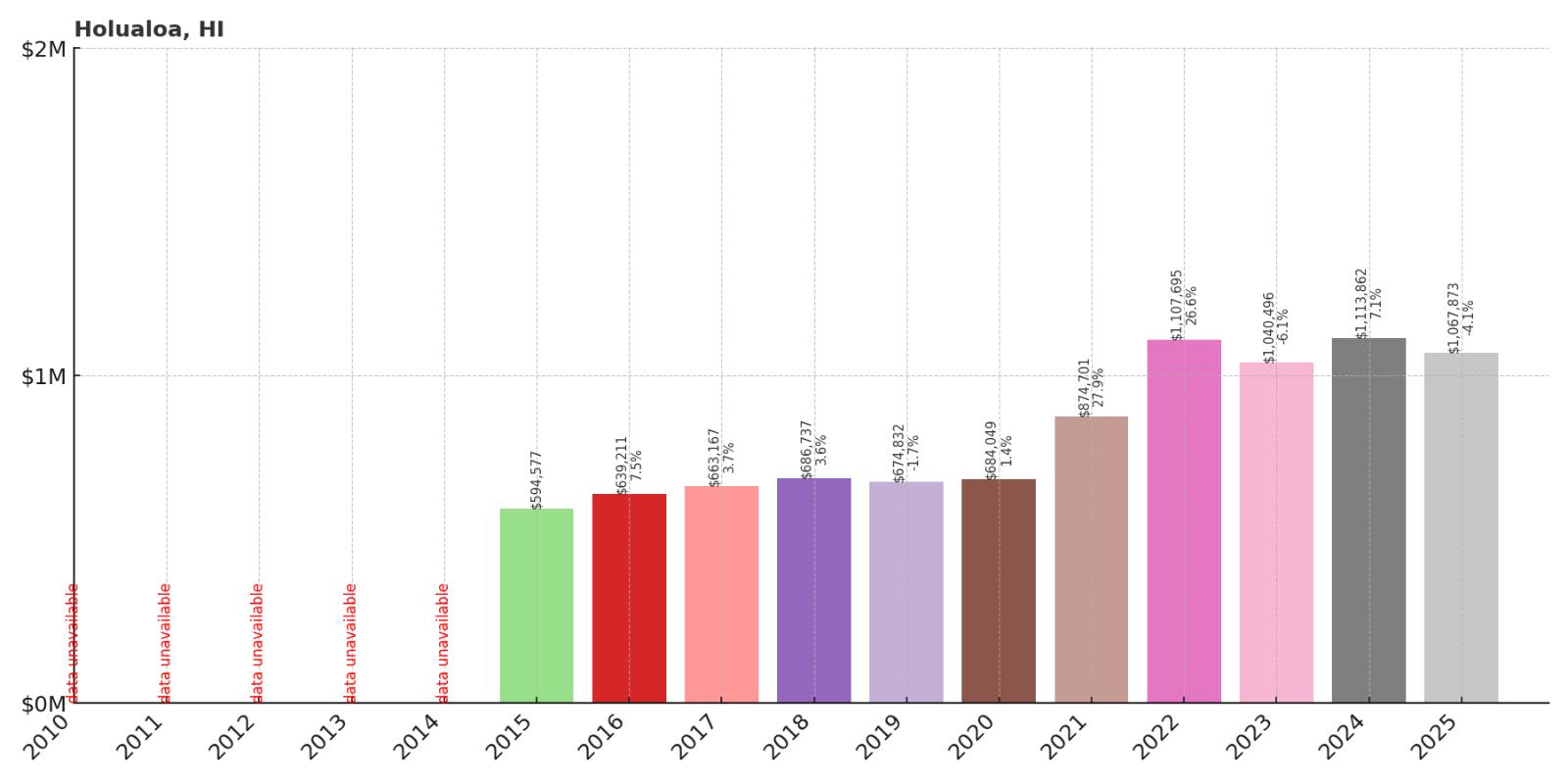
- 2010: N/A
- 2011: N/A
- 2012: N/A
- 2013: N/A
- 2014: N/A
- 2015: $594,577
- 2016: $639,211
- 2017: $663,167
- 2018: $686,737
- 2019: $674,832
- 2020: $684,049
- 2021: $874,701
- 2022: $1,107,695
- 2023: $1,040,496
- 2024: $1,113,862
- 2025: $1,067,873
Holualoa demonstrates strong growth of 80% since 2015, rising from $594,577 to over $1 million today. The most dramatic increase occurred during 2021-2022, when values jumped by over $230,000 in two years. This Big Island coffee country community has maintained values above $1 million, reflecting demand for its artistic atmosphere and agricultural heritage.
Why Holualoa?

Why are people willing to pay so much to live here? What’s special about it?
Holualoa offers authentic Hawaiian coffee country living with cool mountain breezes, world-renowned coffee farms, and a thriving arts community. The area provides stunning ocean views from 1,400 feet elevation while maintaining rural character and traditional agricultural practices. Residents enjoy year-round perfect weather, excellent coffee farms, and proximity to both Kona beaches and upcountry attractions.
The community combines working coffee farms with art galleries and studios, creating a unique blend of agriculture and creativity. Holualoa’s elevation provides relief from coastal heat while maintaining easy access to Kona’s amenities and some of Hawaii’s best beaches within 15 minutes.
How Holualoa Rose to Prominence
Holualoa developed as a coffee farming community in the late 1800s, with Japanese and other immigrant families establishing small farms on the volcanic slopes above Kona. The area’s elevation and climate proved ideal for growing premium coffee, establishing a tradition that continues today. The community maintained its agricultural character through decades of change elsewhere on the Big Island.
In recent decades, Holualoa has become known for its vibrant arts scene, with numerous galleries and studios attracting artists and visitors from around the world. The preservation of historic buildings and coffee farms has helped maintain the area’s authentic character while supporting both agricultural and artistic endeavors. The combination of coffee heritage and artistic community has made Holualoa increasingly attractive to buyers seeking authentic island living.
3 Interesting Tidbits
- Coffee Capital – Holualoa is considered the heart of Kona coffee country, producing some of the world’s most expensive and sought-after coffee beans.
- Artist Haven – The community hosts over a dozen art galleries and studios, making it one of Hawaii’s premier arts destinations.
- Historic Preservation – Many buildings date to the early coffee farming era, with traditional architectural styles preserved throughout the community.
14. Kihei – 134% Home Price Increase Since 2010
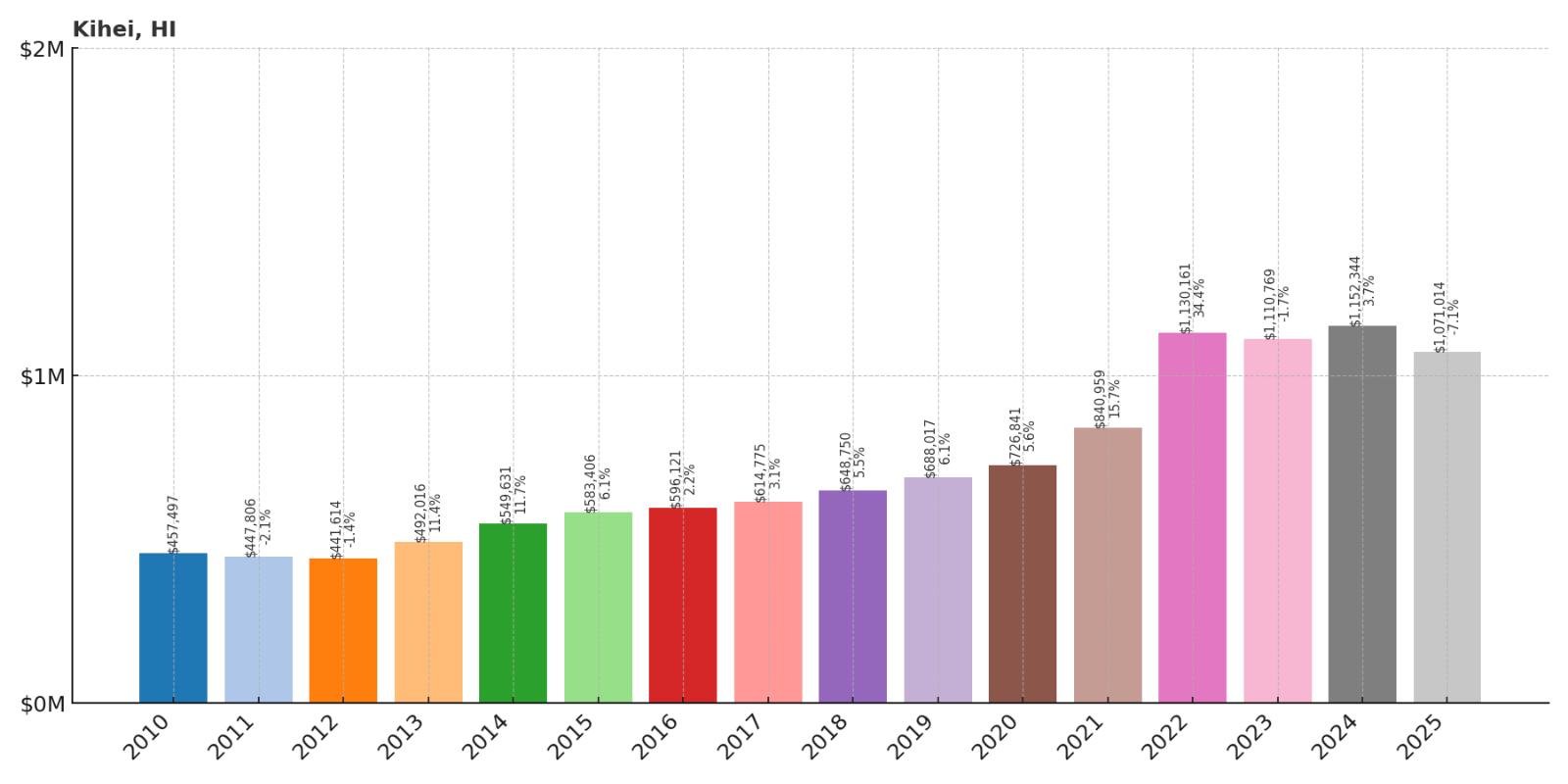
- 2010: $457,497
- 2011: $447,806
- 2012: $441,614
- 2013: $492,016
- 2014: $549,631
- 2015: $583,406
- 2016: $596,121
- 2017: $614,775
- 2018: $648,750
- 2019: $688,017
- 2020: $726,841
- 2021: $840,959
- 2022: $1,130,161
- 2023: $1,110,769
- 2024: $1,152,344
- 2025: $1,071,014
Kihei shows exceptional appreciation of 134% since 2010, with values more than doubling from $457,497 to over $1 million today. The most dramatic increase occurred during 2021-2022, when prices jumped by nearly $290,000 in two years. This South Maui beach community has established itself as a major destination for both residents and visitors seeking sunny beachfront living.
Why Kihei?

Why are people willing to pay so much to live here? What’s special about it?
Kihei offers consistent sunshine and beautiful beaches along Maui’s sunny south shore with more affordable prices than nearby resort areas like Wailea. The area features six miles of beaches, excellent snorkeling and diving, and a growing selection of restaurants and shops. Residents enjoy year-round beach weather with minimal rainfall and easy access to outdoor activities from kayaking to whale watching.
The community provides a perfect balance of beach town lifestyle and modern conveniences, with shopping centers, medical facilities, and services concentrated along South Kihei Road. Kihei’s location offers stunning sunset views over neighboring islands while maintaining proximity to Kahului Airport and upcountry Maui attractions.
How Kihei Rose to Prominence
Kihei began as a small Hawaiian fishing village, with ancient settlements taking advantage of the protected waters and abundant marine life along the south shore. The area remained largely undeveloped through the plantation era, with most activity focused in central Maui. Modern development began in the 1960s as Maui’s tourism industry expanded and developers recognized the potential of the sunny, dry climate.
The construction of condominiums and resorts during the 1970s and 1980s transformed Kihei into a major visitor destination and residential community. The area’s consistent weather, beautiful beaches, and relatively affordable housing compared to luxury resort areas made it increasingly popular with both tourists and residents. Recent decades have seen continued growth in both residential development and tourism infrastructure, establishing Kihei as one of Maui’s primary beach communities.
3 Interesting Tidbits
- Whale Watching Capital – Kihei offers some of Hawaii’s best humpback whale watching from December to April, with whales often visible from shore.
- Ancient Fish Ponds – Remnants of ancient Hawaiian fishponds can still be found along the coastline, testament to centuries of Hawaiian aquaculture.
- Windsurfing Mecca – The consistent trade winds and protected waters make Kihei a world-renowned destination for windsurfing and kitesurfing.
13. Kalaheo – 145% Home Price Increase Since 2010
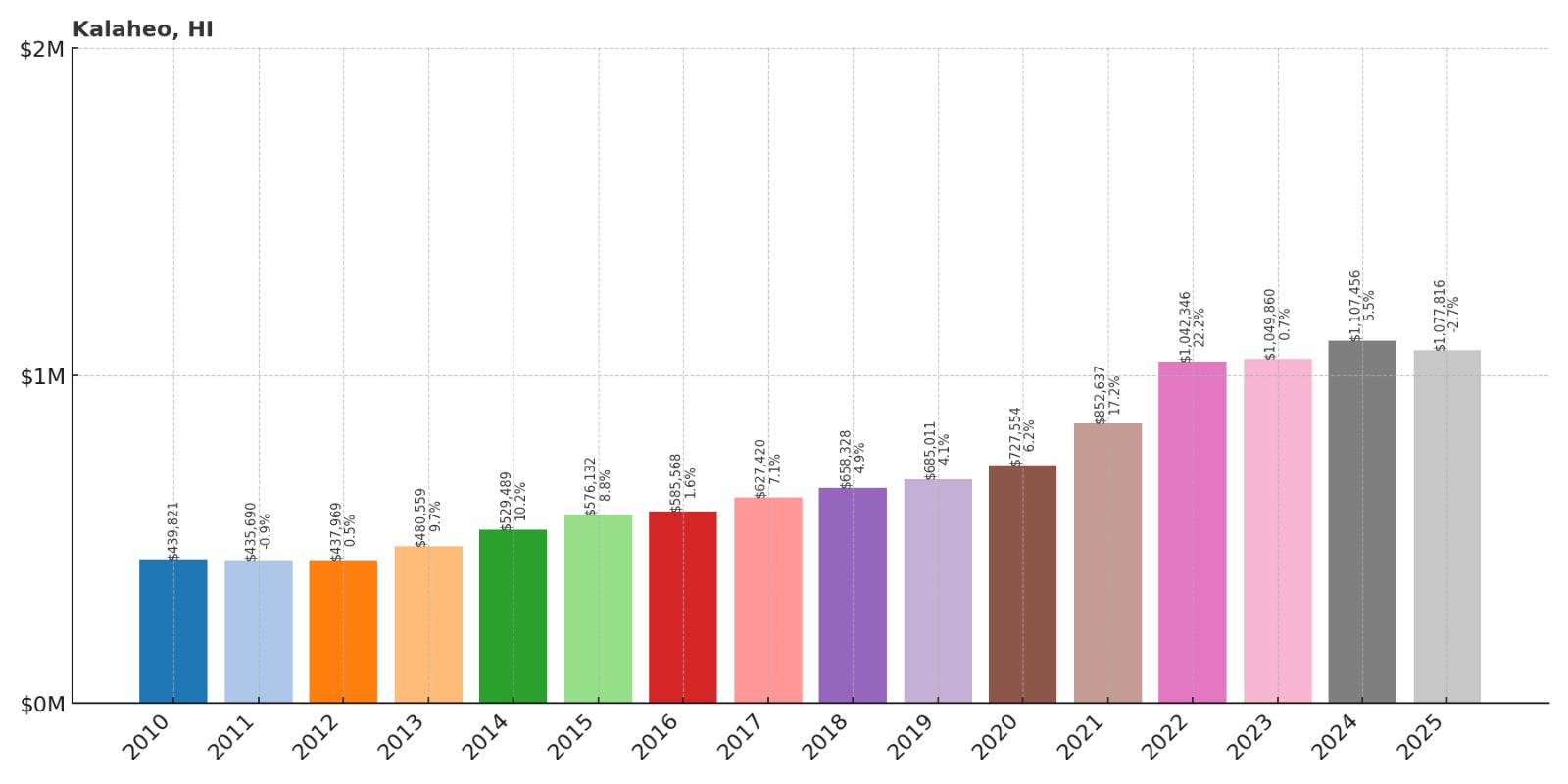
- 2010: $439,821
- 2011: $435,690
- 2012: $437,969
- 2013: $480,559
- 2014: $529,489
- 2015: $576,132
- 2016: $585,568
- 2017: $627,420
- 2018: $658,328
- 2019: $685,011
- 2020: $727,554
- 2021: $852,637
- 2022: $1,042,346
- 2023: $1,049,860
- 2024: $1,107,456
- 2025: $1,077,816
Kalaheo demonstrates remarkable growth of 145% since 2010, with steady appreciation accelerating dramatically during the pandemic years. Values more than doubled from $439,821 to over $1 million today, with the most significant increases occurring during 2021-2022. This Kauai community has maintained values above $1 million, reflecting demand for its upcountry location and proximity to Poipu.
Why Kalaheo?

Why are people willing to pay so much to live here? What’s special about it?
Kalaheo offers cooler upcountry living with stunning ocean views and easy access to both Poipu’s beaches and Kauai’s interior attractions. The area provides relief from coastal heat and humidity while maintaining proximity to resort amenities and some of Hawaii’s most beautiful beaches within 10 minutes. Residents enjoy larger properties, rural atmosphere, and spectacular sunset views over the Pacific.
The community combines small-town charm with modern conveniences, featuring local shops, restaurants, and services while maintaining its agricultural character. Kalaheo’s elevation provides perfect weather year-round and serves as an ideal base for exploring all of Kauai’s diverse landscapes from mountains to beaches.
How Kalaheo Rose to Prominence
Kalaheo developed as a sugar plantation community in the early 1900s, with the area’s elevation and climate proving ideal for both sugar cultivation and plantation housing. The community served as a residential area for plantation workers and managers, with the cooler temperatures providing relief from the coastal heat. Sugar operations shaped the early development of roads, housing, and community infrastructure.
After sugar production declined in the latter half of the 20th century, Kalaheo transitioned into a residential community while maintaining its rural character. The area’s proximity to developing resort areas like Poipu, combined with its cooler climate and larger lots, made it increasingly attractive to both local residents and newcomers. The preservation of agricultural zoning and rural character has helped maintain Kalaheo’s appeal while supporting steady real estate appreciation.
3 Interesting Tidbits
- Coffee Country – Kalaheo is home to Kauai Coffee, one of the largest coffee farms in the United States, producing beans on former sugar plantation lands.
- Kukuiolono Park – This scenic hilltop park offers panoramic views, a golf course, and Japanese gardens, serving as a community gathering place.
- Portuguese Heritage – The area has strong Portuguese cultural influences from plantation-era immigration, with traditional foods and festivals still celebrated today.
12. Makawao – 158% Home Price Increase Since 2010

- 2010: $434,624
- 2011: $422,035
- 2012: $419,205
- 2013: $462,316
- 2014: $522,814
- 2015: $563,809
- 2016: $613,231
- 2017: $650,296
- 2018: $688,701
- 2019: $714,565
- 2020: $740,305
- 2021: $863,717
- 2022: $1,066,744
- 2023: $1,064,658
- 2024: $1,119,485
- 2025: $1,120,017
Makawao shows exceptional growth of 158% since 2010, with values rising from $434,624 to over $1.1 million today. The most significant appreciation occurred during 2021-2022, when prices jumped by over $200,000 in two years. This upcountry Maui community has maintained steady growth above $1 million, reflecting demand for its paniolo heritage and artistic atmosphere.
Why Makawao?

Why are people willing to pay so much to live here? What’s special about it?
Makawao offers authentic Hawaiian paniolo (cowboy) culture with cool upcountry weather, artistic community, and stunning views of both ocean and mountains. The historic town provides relief from tropical heat while maintaining easy access to beaches, with temperatures 10-15 degrees cooler than coastal areas. Residents enjoy art galleries, boutique shopping, excellent restaurants, and a strong sense of community in this charming Western-style town.
The area combines rural ranch living with sophisticated amenities, attracting artists, writers, and those seeking authentic Hawaiian culture away from tourist areas. Makawao’s location serves as a gateway to Haleakala National Park while providing proximity to both beach and mountain activities within 30 minutes.
How Makawao Rose to Prominence
Makawao developed as a ranching center during the 19th century, with Portuguese and Mexican vaqueros (cowboys) bringing cattle ranching traditions to Maui’s upcountry slopes. The town became the heart of Maui’s paniolo culture, with ranches, rodeos, and Western-style buildings defining its character. The cooler climate and open pastures made it ideal for cattle ranching and attracted families seeking relief from coastal heat.
Throughout the 20th century, Makawao maintained its ranching identity while gradually attracting artists and craftspeople drawn to its authentic character and inspiring landscape. The annual Makawao Rodeo, established in 1955, helped preserve the town’s paniolo heritage while attracting visitors from around the world. Recent decades have seen the development of art galleries, studios, and cultural attractions that complement the traditional ranching activities, creating the unique blend of cowboy culture and artistic community that defines modern Makawao.
3 Interesting Tidbits
- Paniolo Capital – Makawao is considered the heart of Hawaiian cowboy culture, hosting the annual Makawao Rodeo that attracts competitors from across the Pacific.
- Artist Haven – The town features numerous art galleries and studios, making it one of Hawaii’s premier destinations for local art and crafts.
- Historic Buildings – Many structures date to the late 1800s and early 1900s, with distinctive Western-style architecture that reflects the town’s ranching heritage.
11. Laie – 80% Home Price Increase Since 2010
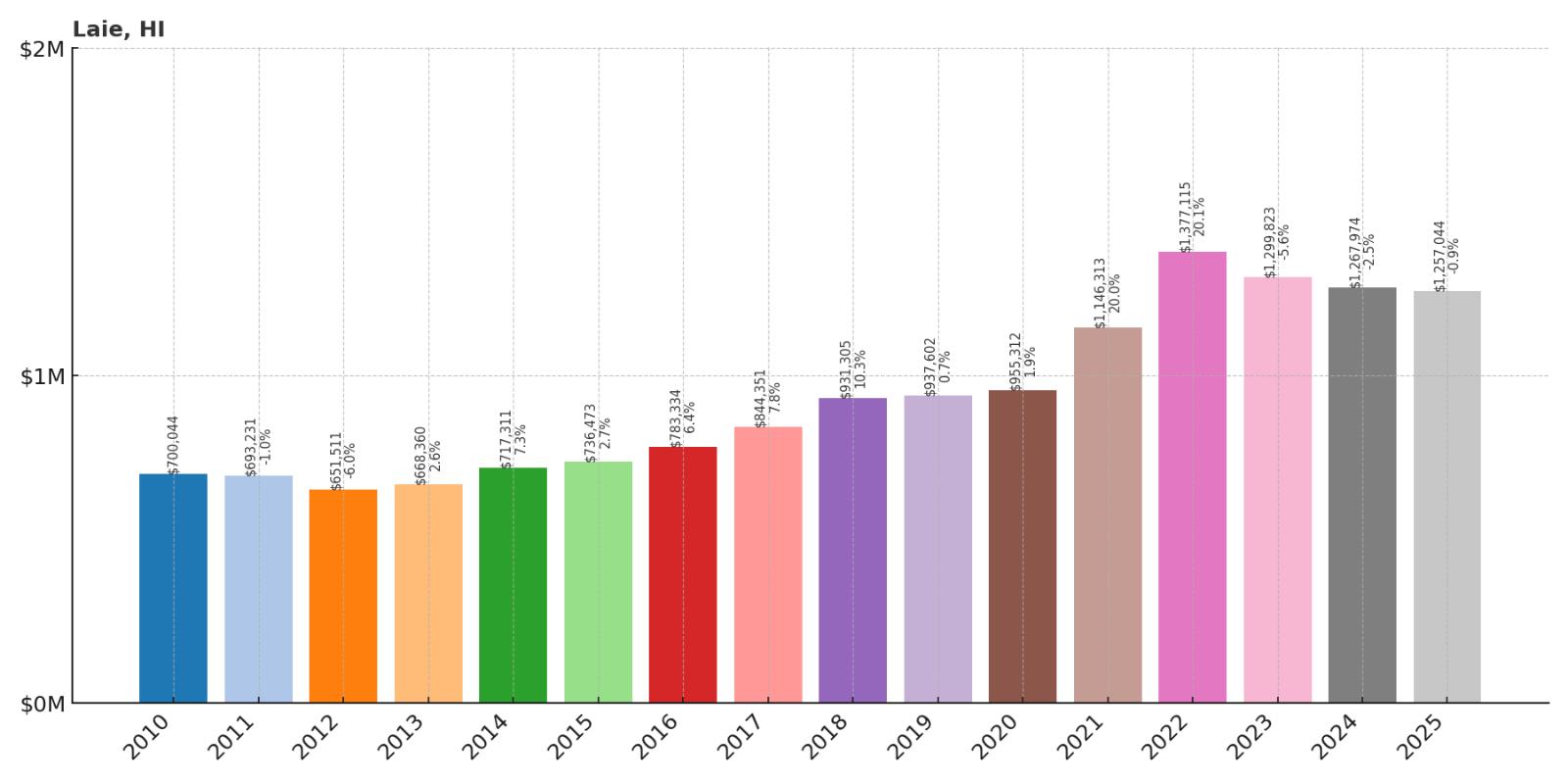
- 2010: $700,044
- 2011: $693,231
- 2012: $651,511
- 2013: $668,360
- 2014: $717,311
- 2015: $736,473
- 2016: $783,334
- 2017: $844,351
- 2018: $931,305
- 2019: $937,602
- 2020: $955,312
- 2021: $1,146,313
- 2022: $1,377,115
- 2023: $1,299,823
- 2024: $1,267,974
- 2025: $1,257,044
Laie demonstrates solid growth of 80% since 2010, with values rising from $700,044 to over $1.2 million today. The most dramatic increase occurred during 2021-2022, when prices jumped by over $230,000 in two years. This North Shore Oahu community has maintained values above $1.2 million, reflecting demand for its religious significance and beautiful beaches.
Why Laie?

Why are people willing to pay so much to live here? What’s special about it?
Laie offers a unique combination of beautiful North Shore beaches, religious community atmosphere, and proximity to famous surf breaks while maintaining a quieter, family-friendly environment. The area is centered around Brigham Young University Hawaii and the Polynesian Cultural Center, creating a distinctive cultural and educational atmosphere. Residents enjoy stunning beaches, excellent schools, and a strong sense of community in this well-planned coastal town.
The community provides access to world-class surfing and beach activities while maintaining a more subdued atmosphere than other North Shore areas. Laie’s planned development and community standards create a unique environment that attracts families seeking both beach lifestyle and strong community values.
How Laie Rose to Prominence
Laie’s modern development began in 1919 when The Church of Jesus Christ of Latter-day Saints purchased land to establish a Mormon settlement in Hawaii. The church developed the area as a planned community with distinctive architecture and community planning that reflected religious values and principles. The establishment of the church’s temple in 1919 made Laie a significant religious center for Pacific Latter-day Saints.
The founding of Brigham Young University Hawaii in 1955 and the Polynesian Cultural Center in 1963 transformed Laie into an educational and cultural destination. These institutions brought international students and visitors while maintaining the community’s distinctive character. The combination of religious significance, educational institutions, and beautiful natural setting has created a unique community that attracts residents seeking both spiritual and natural beauty.
3 Interesting Tidbits
- Temple Town – The Laie Hawaii Temple, completed in 1919, was the first LDS temple built outside of the continental United States.
- Cultural Center – The Polynesian Cultural Center is one of Hawaii’s most popular tourist attractions, showcasing authentic Pacific Island cultures and traditions.
- International Campus – BYU Hawaii draws students from across the Pacific, creating one of the most culturally diverse communities in Hawaii.
10. Koloa – 116% Home Price Increase Since 2010
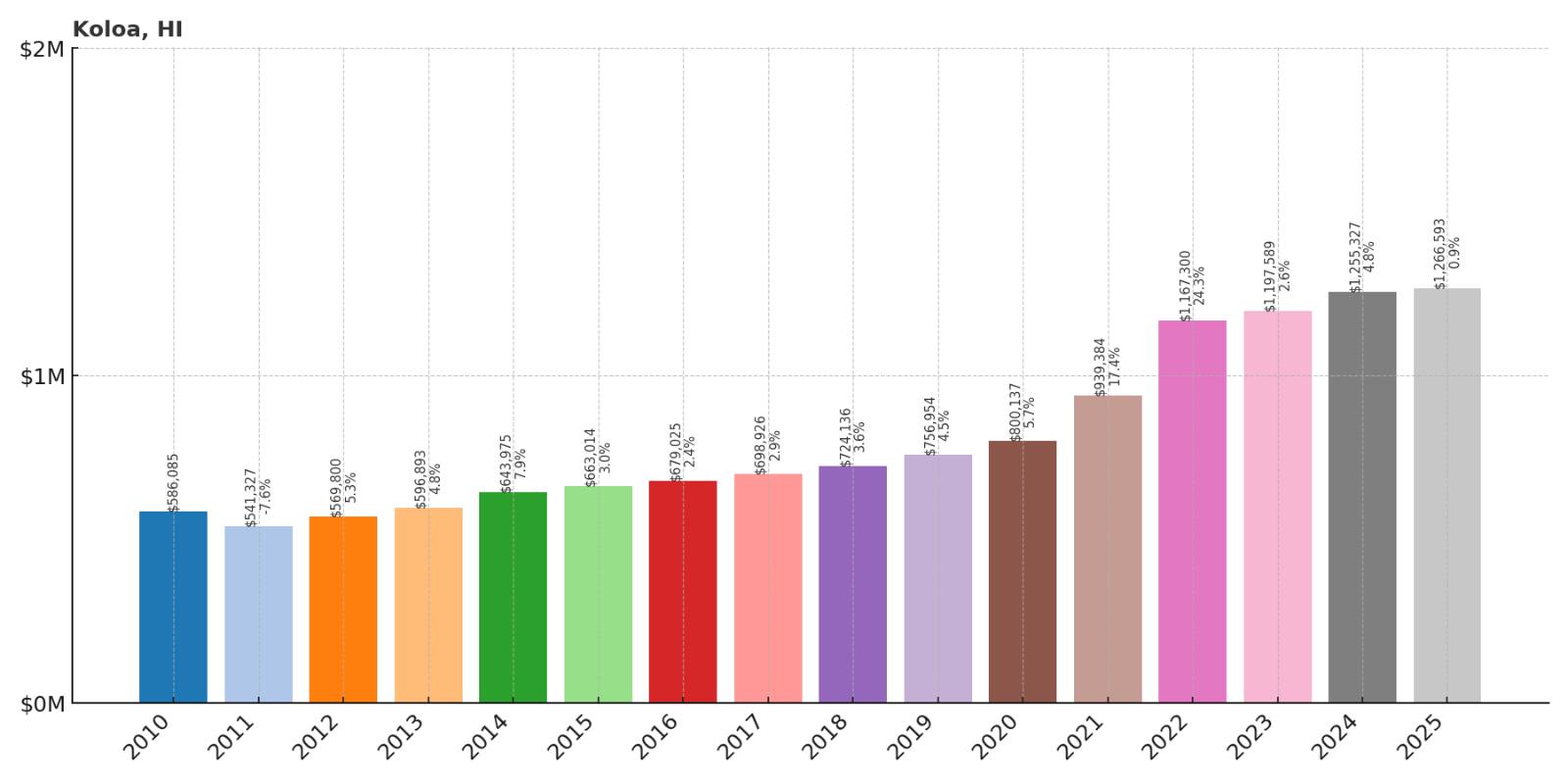
- 2010: $586,085
- 2011: $541,327
- 2012: $569,800
- 2013: $596,893
- 2014: $643,975
- 2015: $663,014
- 2016: $679,025
- 2017: $698,926
- 2018: $724,136
- 2019: $756,954
- 2020: $800,137
- 2021: $939,384
- 2022: $1,167,300
- 2023: $1,197,589
- 2024: $1,255,327
- 2025: $1,266,593
Koloa shows strong appreciation of 116% since 2010, more than doubling from $586,085 to over $1.2 million today. The most significant growth occurred during 2021-2022, when values jumped by nearly $230,000 in two years. This historic Kauai town has maintained steady growth above $1.2 million, reflecting demand for its proximity to Poipu and historic significance.
Why Koloa?

Why are people willing to pay so much to live here? What’s special about it?
Koloa offers historic charm as Hawaii’s first sugar plantation town with easy access to Poipu’s world-class resorts and beaches. The area provides authentic Hawaiian history through preserved plantation buildings and museums while maintaining proximity to luxury amenities and beautiful beaches within minutes. Residents enjoy a unique blend of historical significance and modern conveniences in this culturally rich community.
The town serves as a gateway to South Shore attractions while maintaining its own identity through historic preservation and local businesses. Koloa’s location provides access to excellent golf courses, restaurants, and shopping while offering a more authentic Hawaiian experience than resort areas.
How Koloa Rose to Prominence
Koloa’s significance began in 1835 when it became the site of Hawaii’s first successful sugar plantation, established by Ladd & Company. The plantation brought the first large-scale agriculture to Hawaii and established patterns of land use and immigration that would shape the islands’ future. The success of Koloa Plantation led to the expansion of sugar cultivation throughout Hawaii and the importation of workers from various countries.
Throughout the plantation era, Koloa remained an important agricultural center while developing the infrastructure and community that exists today. The decline of sugar in the late 20th century led to redevelopment efforts that preserved historic buildings while creating new residential and commercial areas. The town’s proximity to developing resort areas like Poipu, combined with its historic significance, has made it increasingly valuable as both a residential community and tourist destination.
3 Interesting Tidbits
- Sugar Pioneer – Koloa was the site of Hawaii’s first successful sugar plantation in 1835, launching the industry that would dominate Hawaiian economics for over a century.
- Historic District – The Koloa Historic District preserves plantation-era buildings and tells the story of Hawaii’s agricultural and immigration history.
- Rum Connection – The area is home to Koloa Rum Company, which produces premium rum using traditional Hawaiian sugar and modern distillation techniques.
9. Kula – 129% Home Price Increase Since 2010
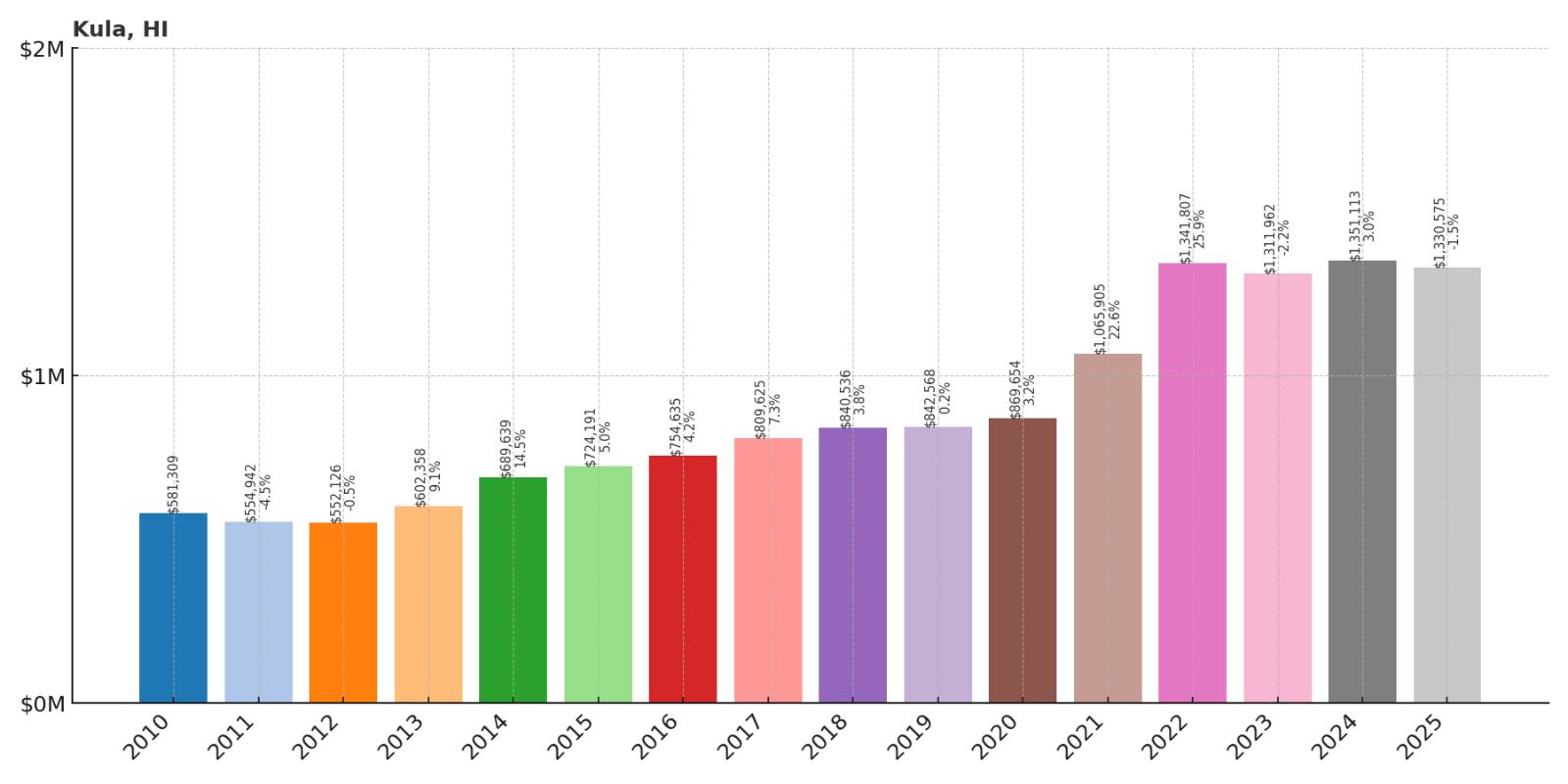
- 2010: $581,309
- 2011: $554,942
- 2012: $552,126
- 2013: $602,358
- 2014: $689,639
- 2015: $724,191
- 2016: $754,635
- 2017: $809,625
- 2018: $840,536
- 2019: $842,568
- 2020: $869,654
- 2021: $1,065,905
- 2022: $1,341,807
- 2023: $1,311,962
- 2024: $1,351,113
- 2025: $1,330,575
Kula demonstrates impressive growth of 129% since 2010, with values more than doubling from $581,309 to over $1.3 million today. The most dramatic appreciation occurred during 2021-2022, when prices jumped by nearly $280,000 in two years. This upcountry Maui community has maintained values above $1.3 million, reflecting demand for its agricultural character and stunning views.
Why Kula?

Why are people willing to pay so much to live here? What’s special about it?
Kula offers spectacular upcountry living at 3,000 feet elevation with cool temperatures, stunning ocean and mountain views, and agricultural lifestyle on Maui’s fertile slopes. The area provides relief from tropical heat with temperatures 15-20 degrees cooler than coastal areas while maintaining easy access to beaches within 45 minutes. Residents enjoy large agricultural lots, organic farming opportunities, and some of the most beautiful sunrise and sunset views in Hawaii.
The community combines rural ranch living with proximity to both beach and mountain activities, attracting those seeking authentic Hawaiian agricultural lifestyle. Kula’s elevation provides perfect weather for outdoor activities year-round while serving as the gateway to Haleakala National Park and its world-famous sunrise viewing.
How Kula Rose to Prominence
Kula developed as an agricultural area in the late 1800s, with Portuguese and other immigrant families establishing small farms on Maui’s volcanic slopes. The area’s elevation and climate proved ideal for growing vegetables, flowers, and later the famous Kula onions that became a signature crop. Small-scale farming and ranching operations shaped the community’s character and land use patterns.
Throughout the 20th century, Kula maintained its agricultural identity while gradually attracting residents who appreciated its cooler climate and rural character. The development of flower farms and truck farming operations made Kula an important supplier of fresh produce to island markets. Recent decades have seen increased interest from those seeking agricultural lifestyle and sustainable living, driving real estate appreciation while maintaining the area’s farming heritage.
3 Interesting Tidbits
- Onion Fame – Kula onions are considered among the world’s sweetest onions, prized by chefs and grown only in this specific microclimate.
- Flower Power – The area produces much of Hawaii’s cut flowers, with protea farms creating stunning landscapes of exotic blooms.
- Sunrise Gateway – Kula serves as the access point for Haleakala National Park, where visitors come to witness spectacular sunrises from the 10,000-foot summit.
8. Haiku – 136% Home Price Increase Since 2010
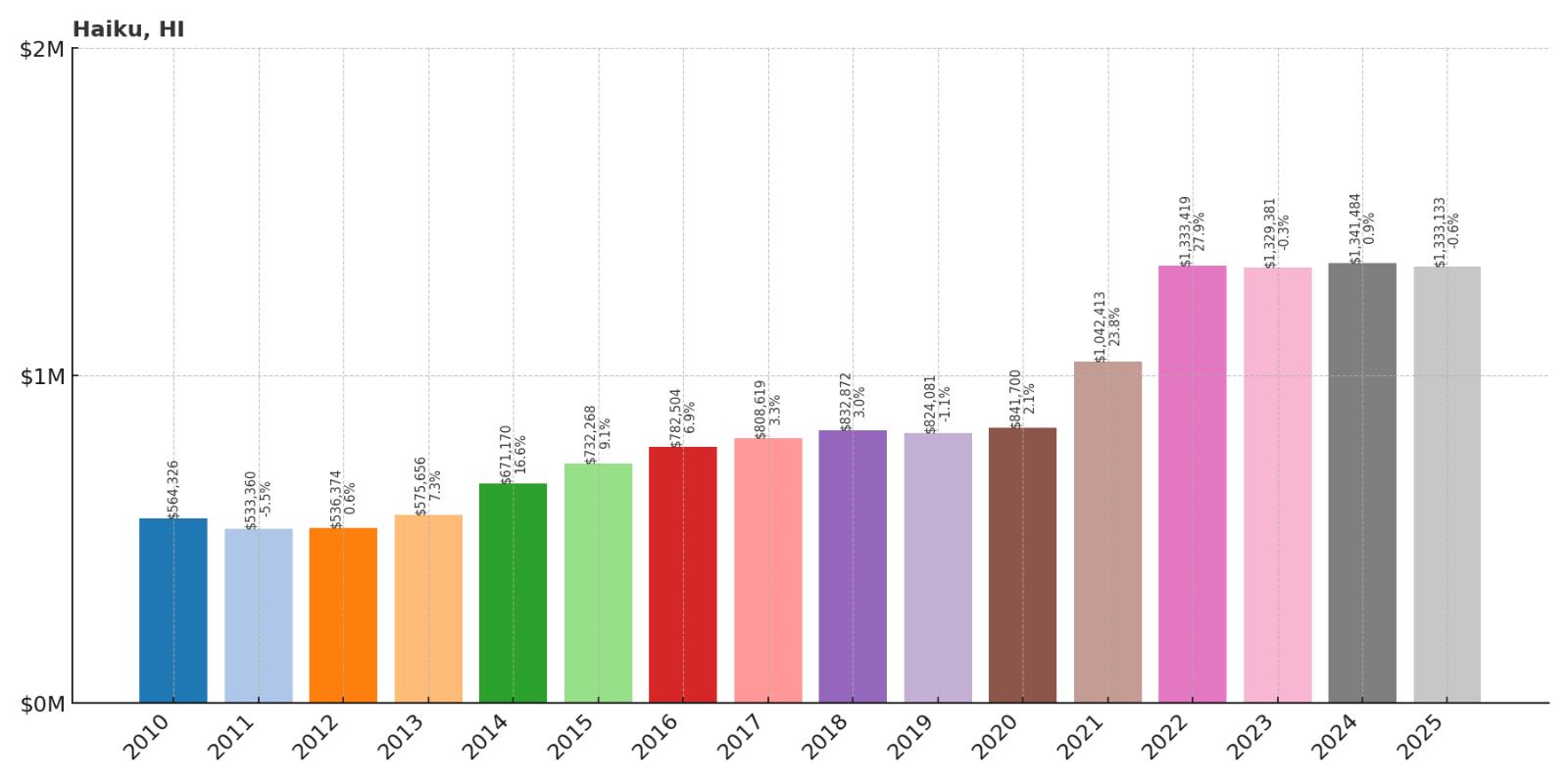
- 2010: $564,326
- 2011: $533,360
- 2012: $536,374
- 2013: $575,656
- 2014: $671,170
- 2015: $732,268
- 2016: $782,504
- 2017: $808,619
- 2018: $832,872
- 2019: $824,081
- 2020: $841,700
- 2021: $1,042,413
- 2022: $1,333,419
- 2023: $1,329,381
- 2024: $1,341,484
- 2025: $1,333,133
Haiku shows remarkable appreciation of 136% since 2010, with values more than doubling from $564,326 to over $1.3 million today. The most significant growth occurred during 2021-2022, when prices jumped by nearly $290,000 in two years. This North Shore Maui community has maintained values above $1.3 million, reflecting demand for its agricultural lifestyle and proximity to stunning coastlines.
Why Haiku?

Why are people willing to pay so much to live here? What’s special about it?
Haiku offers rural North Shore living with lush tropical landscapes, agricultural lots, and proximity to some of Maui’s most beautiful and secluded beaches. The area provides a perfect balance of countryside tranquility and ocean access, with residents enjoying large properties, organic farming opportunities, and stunning views of the Pacific. The community maintains its agricultural character while offering easy access to Paia’s dining and shopping.
The region attracts those seeking authentic Hawaiian rural lifestyle with modern conveniences nearby, combining sustainable living opportunities with beach access. Haiku’s location provides proximity to world-class windsurfing and surfing while maintaining peaceful country atmosphere away from tourist crowds.
How Haiku Rose to Prominence
Haiku developed as a sugar plantation area in the late 1800s, with the Haiku Sugar Mill serving as the center of agricultural operations on Maui’s North Shore. The plantation brought infrastructure and immigrant workers who established the multicultural community that exists today. Sugar cultivation shaped the landscape and created the road networks and water systems that support modern development.
After sugar production ended in the mid-20th century, Haiku transitioned to diversified agriculture and became known for its organic farms and alternative lifestyle communities. The area’s combination of agricultural zoning, natural beauty, and proximity to beaches attracted residents seeking rural living with ocean access. Recent decades have seen increased interest from those pursuing sustainable living and agricultural pursuits, driving real estate appreciation while maintaining the area’s rural character.
3 Interesting Tidbits
- Organic Paradise – Haiku is home to numerous organic farms producing everything from tropical fruits to specialty vegetables for Maui’s restaurants.
- Sugar Mill Ruins – The historic Haiku Sugar Mill ruins still stand as a reminder of the area’s plantation heritage and can be explored by visitors.
- Hidden Beaches – The area provides access to some of Maui’s most secluded beaches, including spots popular with locals but unknown to most tourists.
7. Paia – 145% Home Price Increase Since 2010
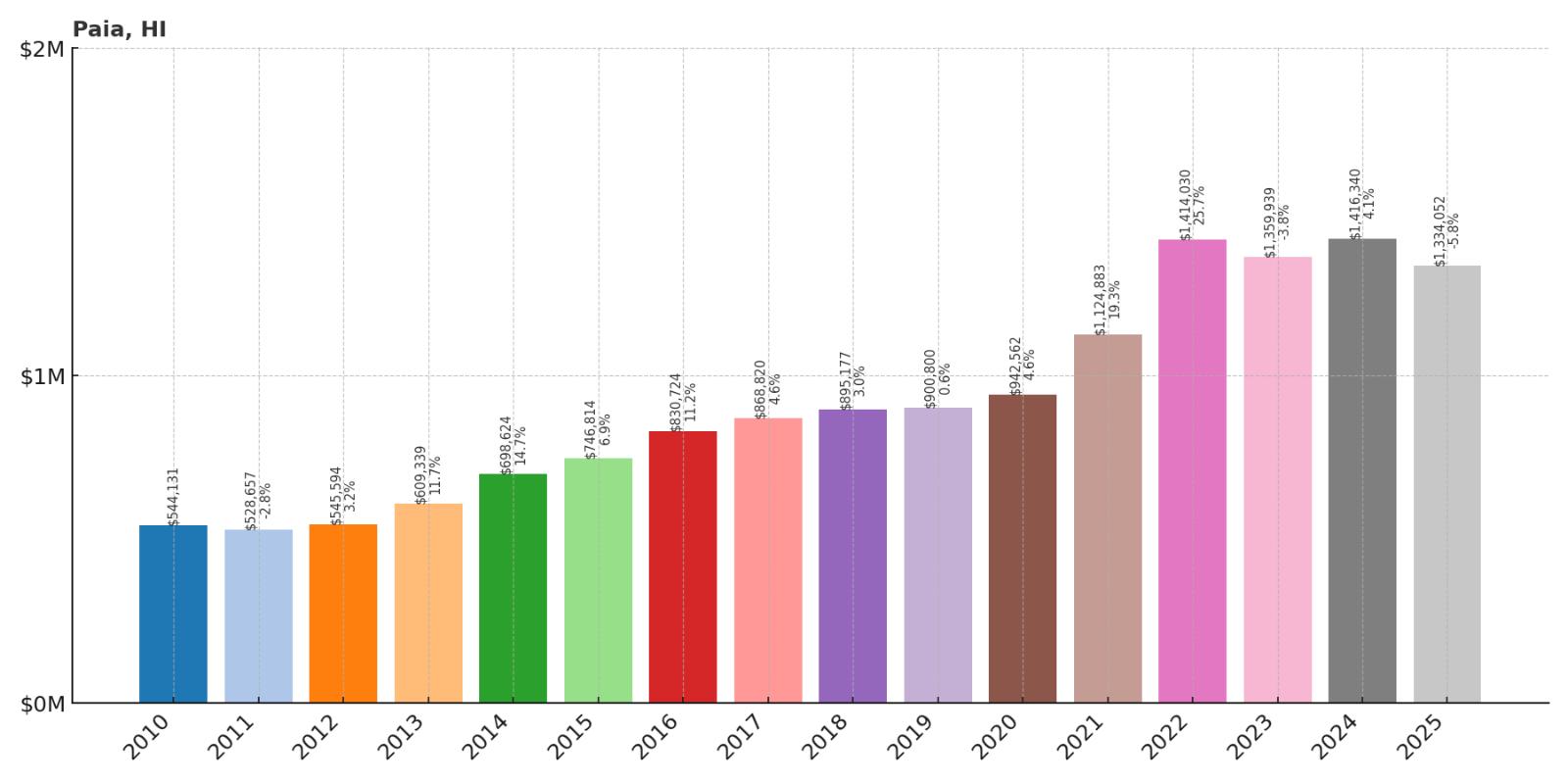
- 2010: $544,131
- 2011: $528,657
- 2012: $545,594
- 2013: $609,339
- 2014: $698,624
- 2015: $746,814
- 2016: $830,724
- 2017: $868,820
- 2018: $895,177
- 2019: $900,800
- 2020: $942,562
- 2021: $1,124,883
- 2022: $1,414,030
- 2023: $1,359,939
- 2024: $1,416,340
- 2025: $1,334,052
Paia demonstrates exceptional growth of 145% since 2010, with values more than doubling from $544,131 to over $1.3 million today. The most dramatic appreciation occurred during 2021-2022, when prices jumped by nearly $290,000 in two years. This historic North Shore Maui town has maintained values above $1.3 million, reflecting its status as a world-renowned windsurfing destination and artistic community.
Why Paia?

Why are people willing to pay so much to live here? What’s special about it?
Paia offers authentic Hawaiian plantation town atmosphere with world-class windsurfing, vibrant arts scene, and proximity to both beaches and upcountry attractions. The historic town serves as the gateway to the Road to Hana while providing excellent restaurants, boutique shopping, and cultural attractions in a walkable downtown area. Residents enjoy living in a place where international windsurfing competitions take place while maintaining small-town Hawaiian character.
The community combines beach town lifestyle with artistic culture, attracting surfers, artists, and those seeking authentic Hawaiian experiences. Paia’s location provides access to some of Maui’s best beaches and outdoor activities while offering a unique blend of historic preservation and modern amenities.
How Paia Rose to Prominence
Paia developed as a sugar plantation town in the late 1800s, serving as a major center for Maui’s sugar industry with mills, worker housing, and commercial districts. The plantation era brought diverse immigrant workers who created the multicultural foundation of today’s community. The town’s strategic location made it an important hub for both sugar operations and transportation around the island.
After sugar production declined in the 1960s, Paia reinvented itself as a counterculture destination and later as the world capital of windsurfing. The discovery of Hookipa Beach’s perfect windsurfing conditions in the 1970s and 1980s brought international attention and visitors from around the globe. The preservation of historic buildings combined with the development of surf shops, restaurants, and galleries created the unique character that attracts today’s residents and visitors.
3 Interesting Tidbits
- Windsurfing Capital – Paia is considered the windsurfing capital of the world, with Hookipa Beach hosting international competitions and attracting professionals year-round.
- Road to Hana Gateway – The town serves as the last stop for supplies and food before embarking on the famous Road to Hana adventure.
- Historic Preservation – Many buildings date to the plantation era, with colorful storefronts and historic architecture preserved throughout the downtown area.
6. Princeville – 196% Home Price Increase Since 2010
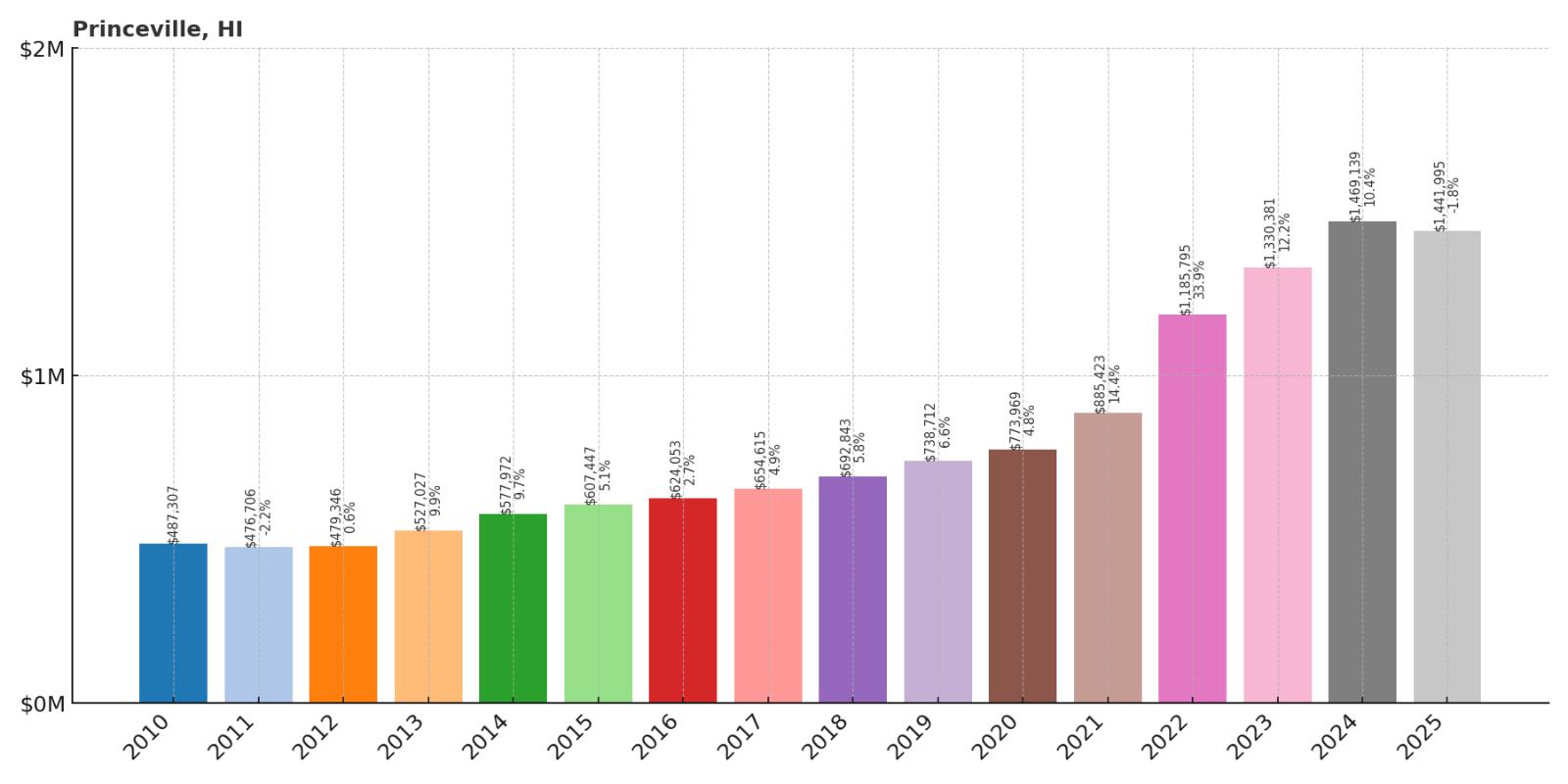
- 2010: $487,307
- 2011: $476,706
- 2012: $479,346
- 2013: $527,027
- 2014: $577,972
- 2015: $607,447
- 2016: $624,053
- 2017: $654,615
- 2018: $692,843
- 2019: $738,712
- 2020: $773,969
- 2021: $885,423
- 2022: $1,185,795
- 2023: $1,330,381
- 2024: $1,469,139
- 2025: $1,441,995
Princeville shows extraordinary growth of 196% since 2010, nearly tripling from $487,307 to over $1.4 million today. The most dramatic appreciation occurred during 2021-2024, with consistent year-over-year increases bringing values from under $800,000 to nearly $1.5 million. This Kauai North Shore resort community represents one of Hawaii’s most spectacular real estate success stories.
Why Princeville?

Why are people willing to pay so much to live here? What’s special about it?
Princeville offers luxury resort living with championship golf courses, world-class accommodations, and stunning views of Hanalei Bay and the dramatic North Shore coastline. The master-planned community provides resort amenities including spas, fine dining, and recreational facilities while maintaining proximity to some of Hawaii’s most beautiful beaches. Residents enjoy living in a place that consistently ranks among the world’s most beautiful destinations.
The community combines luxury accommodations with natural beauty, offering both vacation rental opportunities and permanent residences within a resort setting. Princeville’s location provides access to dramatic landscapes, excellent outdoor recreation, and sophisticated amenities while maintaining the authentic beauty of Kauai’s North Shore.
How Princeville Rose to Prominence
Princeville began as a sugar plantation and cattle ranch in the 1800s, named after Prince Albert, the young son of King Kamehameha IV and Queen Emma. The area remained largely agricultural until the 1960s when developers recognized the potential of the spectacular coastal location. The master-planned resort community was designed to take advantage of the dramatic bluffs overlooking Hanalei Bay and the Pacific Ocean.
Development accelerated in the 1970s and 1980s with the construction of luxury hotels, golf courses, and residential areas that established Princeville as a premier destination. The community’s careful planning preserved natural beauty while creating world-class amenities that attract visitors and residents from around the globe. The combination of spectacular location, luxury amenities, and limited development opportunities has made Princeville one of Hawaii’s most exclusive and valuable communities.
3 Interesting Tidbits
- Royal Heritage – Named after Prince Albert Edward Kauikeaouli Leiopapa a Kamehameha, the young son of Hawaiian royalty who visited the area in 1860.
- Golf Paradise – Home to two championship golf courses including the Prince Course, consistently ranked among the world’s most beautiful and challenging layouts.
- Movie Magic – The dramatic landscapes have served as filming locations for numerous movies and television shows, showcasing Kauai’s North Shore to worldwide audiences.
5. Kailua – 94% Home Price Increase Since 2010
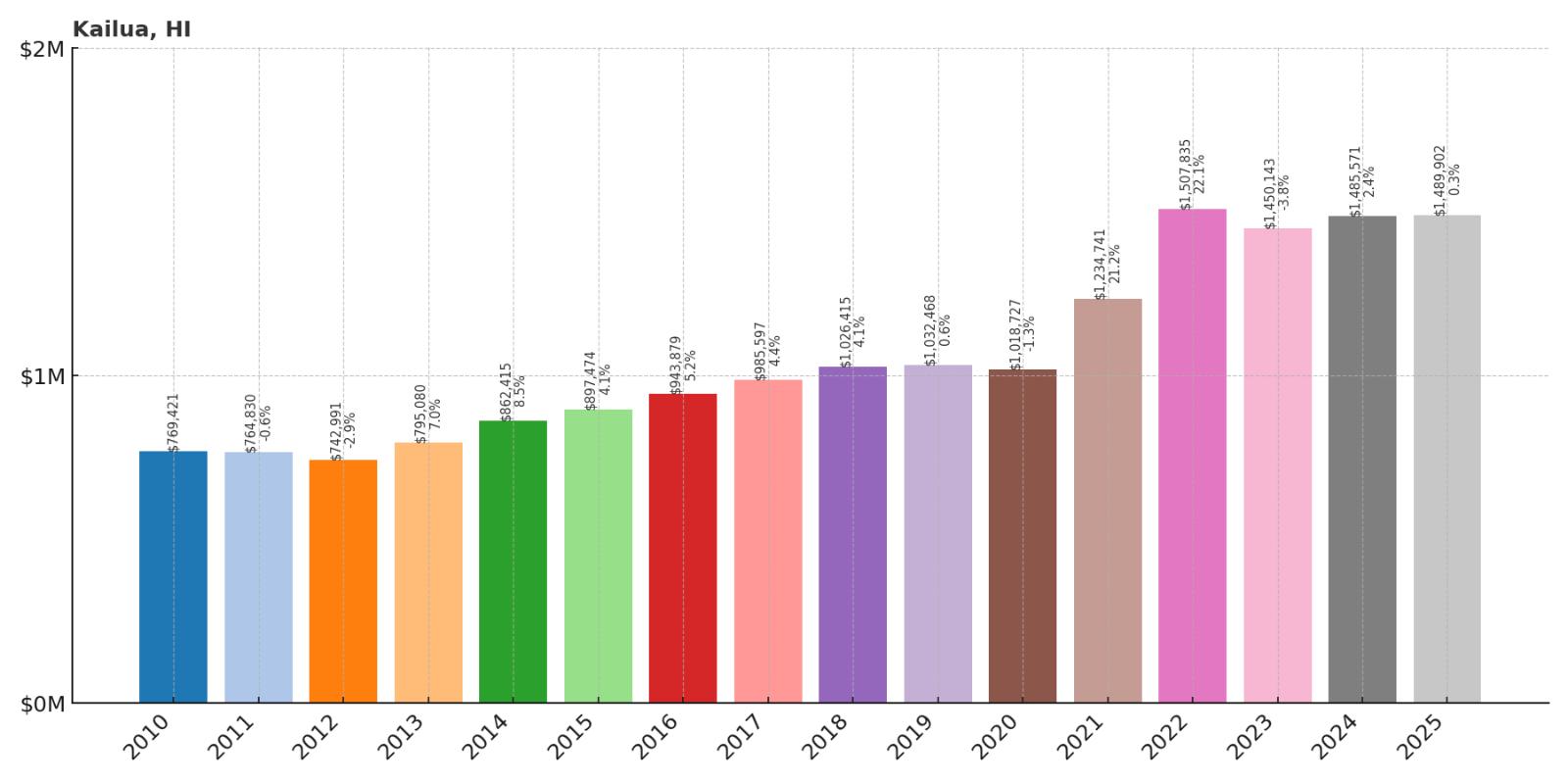
- 2010: $769,421
- 2011: $764,830
- 2012: $742,991
- 2013: $795,080
- 2014: $862,415
- 2015: $897,474
- 2016: $943,879
- 2017: $985,597
- 2018: $1,026,415
- 2019: $1,032,468
- 2020: $1,018,727
- 2021: $1,234,741
- 2022: $1,507,835
- 2023: $1,450,143
- 2024: $1,485,571
- 2025: $1,489,902
Kailua shows steady appreciation of 94% since 2010, growing from $769,421 to nearly $1.5 million today. The most significant growth occurred during 2021-2022, adding over $270,000 in value during the pandemic housing surge. Current values around $1.49 million reflect sustained demand for this world-renowned beach community on Oahu’s windward coast.
Why Kailua?

Why are people willing to pay so much to live here? What’s special about it?
Kailua boasts what many consider the world’s most beautiful beach, with powdery white sand and turquoise waters that create a tropical paradise just 30 minutes from Honolulu. The area offers luxury beachfront living with excellent dining, boutique shopping, and water sports ranging from kayaking to kitesurfing. Residents enjoy a resort-like atmosphere without the crowds, thanks to limited parking and access that keeps day-trippers manageable.
The community combines stunning natural beauty with upscale amenities and easy access to both beach activities and urban conveniences. Kailua’s international reputation as a luxury destination, enhanced by celebrity visitors and social media exposure, has created intense demand for properties in this exclusive enclave.
How Kailua Rose to Prominence
Kailua began as a small Hawaiian fishing village, with ancient settlements taking advantage of the protected bay and abundant marine resources. The area remained largely agricultural through the plantation era, with rice and later other crops grown in the fertile valleys behind the beach. Modern development began slowly in the mid-20th century as Oahu’s population expanded beyond Honolulu.
The transformation into a luxury destination accelerated in the 1980s and 1990s as word spread about Kailua’s extraordinary beaches and the area became a favorite among wealthy residents and visitors. Celebrity endorsements and frequent appearances in travel publications established Kailua as a must-visit destination, driving demand for vacation rentals and permanent residences. Strict development controls have preserved the area’s character while creating scarcity that supports high property values.
3 Interesting Tidbits
- Presidential Paradise – Kailua Beach has been a vacation destination for several U.S. presidents, most notably Barack Obama who spent many holidays here.
- Bird Sanctuary – The offshore Mokulua Islands serve as seabird sanctuaries and are popular destinations for kayaking and stand-up paddleboarding.
- Military History – During World War II, the beaches were fortified with bunkers and gun emplacements, some remnants of which can still be found today.
4. Haleiwa – 104% Home Price Increase Since 2010

- 2010: $808,584
- 2011: $831,316
- 2012: $774,314
- 2013: $853,842
- 2014: $914,773
- 2015: $954,521
- 2016: $1,017,239
- 2017: $1,085,859
- 2018: $1,190,539
- 2019: $1,225,884
- 2020: $1,221,939
- 2021: $1,437,249
- 2022: $1,746,956
- 2023: $1,628,017
- 2024: $1,634,430
- 2025: $1,649,000
Haleiwa demonstrates strong long-term growth, more than doubling in value since 2010 to reach $1.649 million in 2025. The steepest increases occurred during 2021-2022, when values jumped by over $300,000 during the pandemic boom. This historic North Shore town has maintained its position above $1.6 million, reflecting its status as the heart of Oahu’s surf culture.
Why Haleiwa?

Why are people willing to pay so much to live here? What’s special about it?
Haleiwa serves as the cultural heart of Oahu’s legendary North Shore, offering authentic surf town atmosphere with world-famous breaks like Pipeline and Sunset Beach nearby. The historic town combines laid-back island living with sophisticated dining, art galleries, and boutique shopping that attracts visitors from around the globe. Residents enjoy living in a place where professional surfers train and compete during the winter months.
The area provides a perfect balance of rural charm and modern conveniences, with beautiful beaches, excellent restaurants, and easy access to both Honolulu and the North Shore’s natural attractions. Haleiwa’s preserved historic character and resistance to overdevelopment make it a rare find where authentic Hawaiian culture thrives alongside luxury living.
How Haleiwa Rose to Prominence
Haleiwa’s history began with ancient Hawaiian settlements along the Anahulu River, where freshwater met the sea creating ideal conditions for fishing and agriculture. The modern town developed in the early 1900s when the Oahu Railway brought visitors to enjoy the area’s beaches and rural setting. The iconic Haleiwa Hotel, built in 1899, established the area as an early tourist destination for those seeking escape from Honolulu.
The town’s association with surfing began in the 1950s and 1960s as waves like Pipeline and Sunset Beach gained international recognition. Haleiwa became the unofficial capital of professional surfing, hosting major competitions and attracting surf legends from around the world. This surf culture, combined with efforts to preserve the town’s historic character, created the unique atmosphere that drives today’s real estate values.
3 Interesting Tidbits
- Surf Capital – Haleiwa is headquarters for the Vans Triple Crown of Surfing, the world’s most prestigious professional surfing competition series.
- Shave Ice Birthplace – Matsumoto Shave Ice, operating since 1951, helped popularize this Hawaiian treat and remains a pilgrimage site for visitors.
- Historic Preservation – The town is listed on the National Register of Historic Places, helping preserve its authentic character against development pressures.
3. Kilauea – 155% Home Price Increase Since 2010
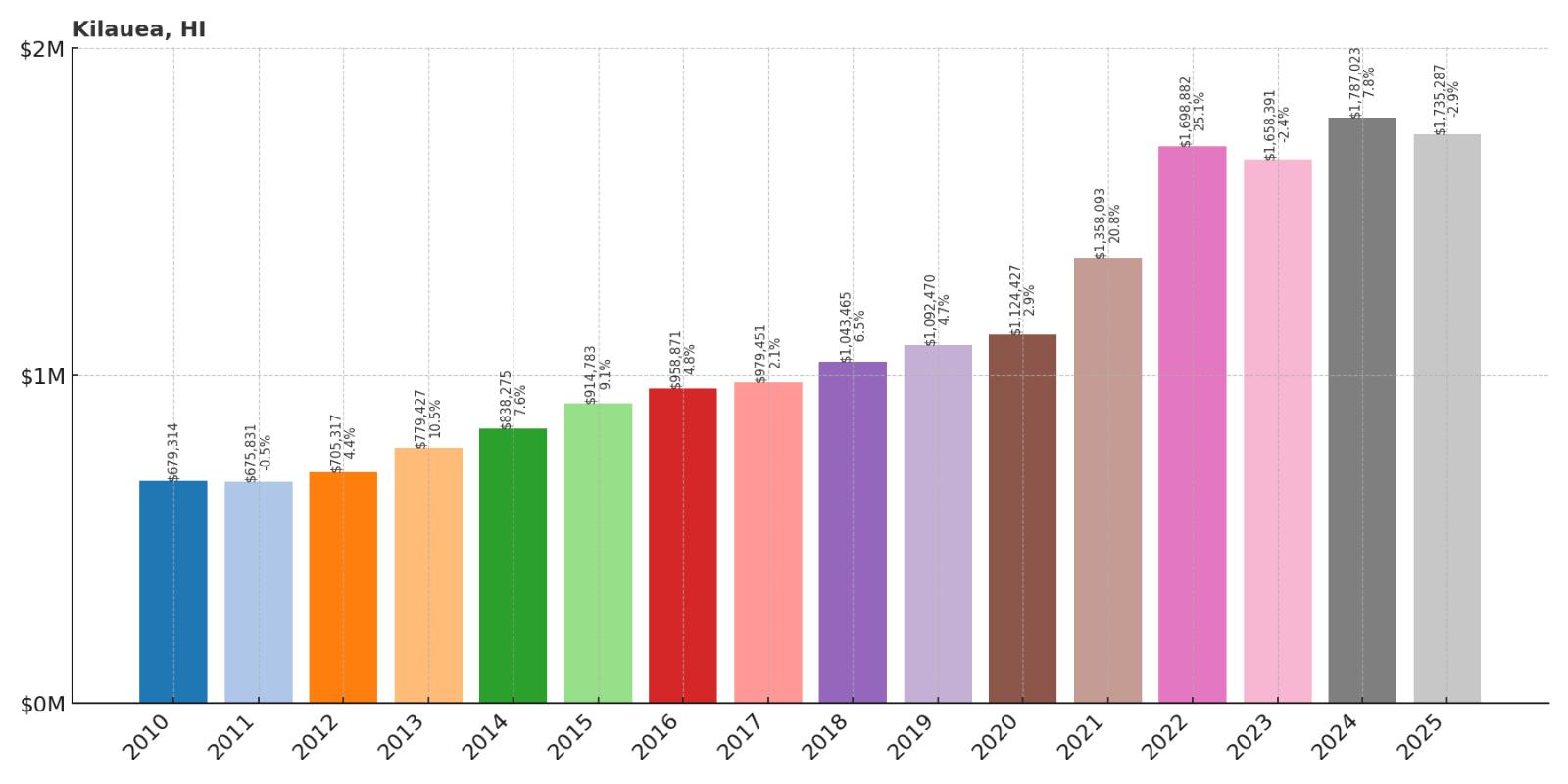
- 2010: $679,314
- 2011: $675,831
- 2012: $705,317
- 2013: $779,427
- 2014: $838,275
- 2015: $914,783
- 2016: $958,871
- 2017: $979,451
- 2018: $1,043,465
- 2019: $1,092,470
- 2020: $1,124,427
- 2021: $1,358,093
- 2022: $1,698,882
- 2023: $1,658,391
- 2024: $1,787,023
- 2025: $1,735,287
Kilauea shows remarkable appreciation of 155% since 2010, with steady growth accelerating dramatically during the pandemic years. Values more than doubled from $679,314 in 2010 to over $1.7 million today, with the most significant increases occurring during 2021-2022. This North Shore Kauai community added over $560,000 in value during just two years as buyers discovered this agricultural gem.
Why Kilauea?

Why are people willing to pay so much to live here? What’s special about it?
Kilauea combines rural tranquility with proximity to some of Kauai’s most spectacular beaches and the famous Kilauea Lighthouse. The area offers larger properties with agricultural potential, organic farms, and a strong sense of community among residents who value sustainable living. Buyers appreciate the blend of countryside charm and easy access to beaches like Secret Beach and Anini Beach.
The town maintains its agricultural character while providing modern amenities and excellent restaurants that draw visitors from across the island. Kilauea’s location on Kauai’s North Shore puts residents minutes from both dramatic coastlines and lush interior valleys, creating the perfect base for exploring the Garden Isle’s natural wonders.
How Kilauea Rose to Prominence
Kilauea developed as a sugar plantation town in the late 1800s, with the Kilauea Sugar Company establishing extensive operations that shaped the community for nearly a century. The plantation brought diverse immigrant workers who created the multicultural foundation of today’s community. The iconic Kilauea Lighthouse, built in 1913, put the area on maritime maps as a crucial navigation point for ships crossing the Pacific.
After sugar production ended in the 1970s, Kilauea transformed into an agricultural and residential community focused on sustainable farming and alternative lifestyles. The area became known for organic agriculture, with numerous farms producing tropical fruits, vegetables, and flowers. The combination of agricultural heritage, natural beauty, and proximity to pristine beaches gradually attracted residents and visitors seeking a more authentic Hawaiian experience, driving the real estate appreciation seen today.
3 Interesting Tidbits
- Lighthouse Legend – The Kilauea Lighthouse was once the largest lighthouse lens in the world and guided ships safely across the Pacific for over 60 years.
- Bird Sanctuary – The Kilauea Point National Wildlife Refuge protects seabirds including red-footed boobies, frigatebirds, and the endangered Hawaiian goose.
- Organic Pioneer – Kilauea is home to numerous organic farms and was one of Hawaii’s early centers for sustainable agriculture and farm-to-table dining.
2. Puako – 81% Home Price Increase Since 2015
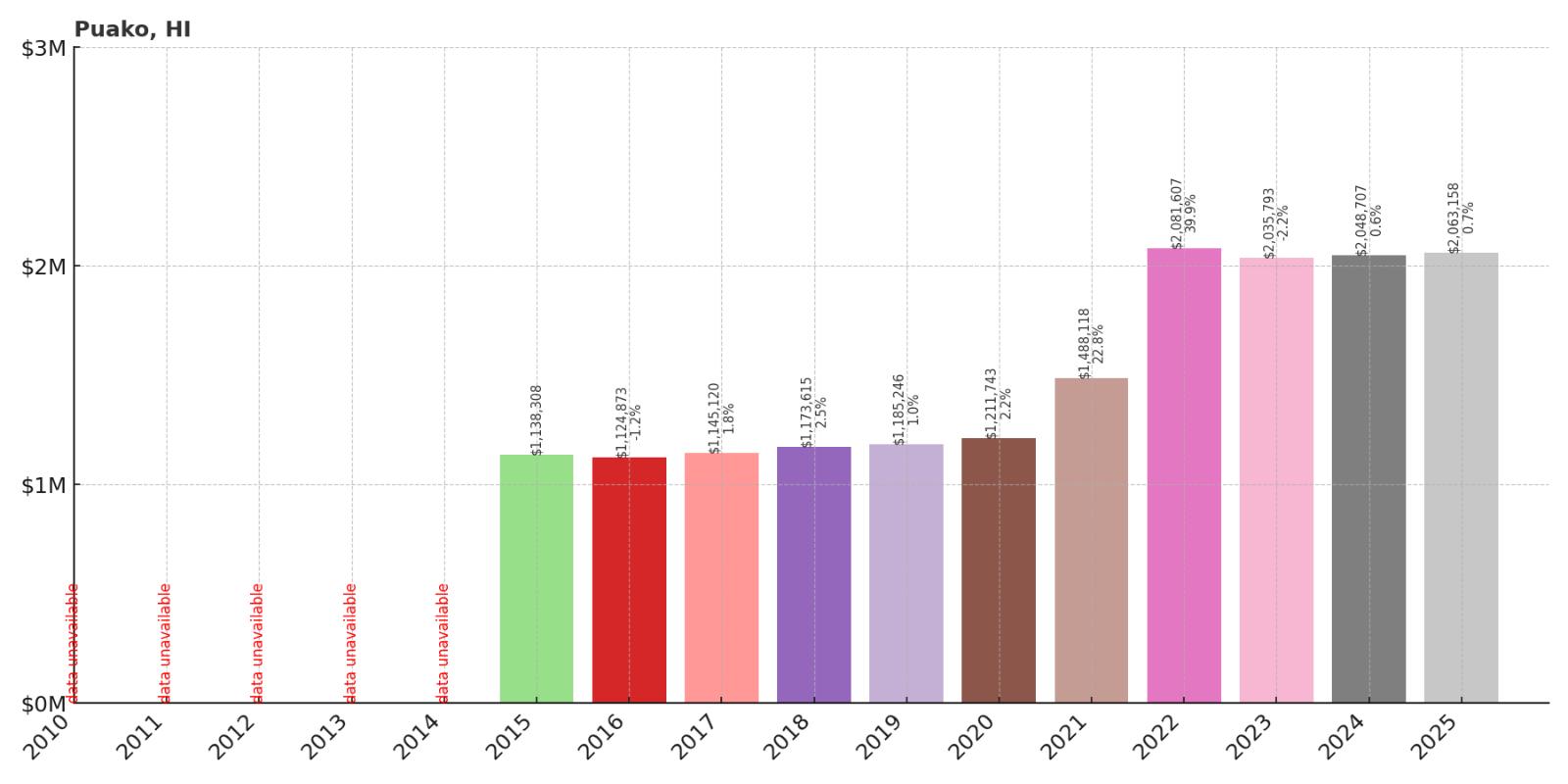
- 2010: N/A
- 2011: N/A
- 2012: N/A
- 2013: N/A
- 2014: N/A
- 2015: $1,138,308
- 2016: $1,124,873
- 2017: $1,145,120
- 2018: $1,173,615
- 2019: $1,185,246
- 2020: $1,211,743
- 2021: $1,488,118
- 2022: $2,081,607
- 2023: $2,035,793
- 2024: $2,048,707
- 2025: $2,063,158
Puako demonstrates exceptional growth since 2015, with values increasing 81% to exceed $2 million by 2025. The most dramatic surge occurred during 2021-2022, when prices jumped from $1.5 million to over $2 million in just two years. This Big Island oceanfront community has maintained values above $2 million, reflecting demand for its rare combination of luxury and authentic Hawaiian character.
Why Puako?

Why are people willing to pay so much to live here? What’s special about it?
Puako offers ultra-exclusive oceanfront living without the restrictions and fees of resort communities on the Big Island’s coveted Kohala Coast. The small community of just 160 lots provides direct beach access, world-class snorkeling, and breathtaking sunset views over the Pacific. Buyers value the freedom from homeowner associations and the authentic Hawaiian lifestyle that comes with living in this historic fishing village.
The area’s pristine coral reefs and tide pools create a natural aquarium right outside residents’ doors, while the location between Mauna Kea and Mauna Lani resorts provides access to championship golf and luxury amenities. Puako represents old Hawaii at its finest, where families can enjoy beachfront living in a community that has preserved its character despite surrounding development.
How Puako Rose to Prominence
Puako began as an ancient Hawaiian fishing village, with archaeological evidence showing continuous habitation for over 600 years. The area was known for its abundant fish, clear waters, and salt production, making it a valuable resource for Hawaiian communities. Early Western visitors in the 1800s documented Puako as a thriving coastal settlement where Native Hawaiians maintained traditional fishing and gathering practices.
Modern development came slowly to Puako, which helped preserve its character as resort communities expanded around it in the 1960s and 1970s. The community’s resistance to large-scale development and restrictive covenants allowed it to maintain the relaxed, authentic atmosphere that attracts today’s buyers. As Big Island luxury real estate prices soared, Puako’s combination of oceanfront access, community character, and relative freedom from regulations made it increasingly valuable to those seeking genuine Hawaiian living.
3 Interesting Tidbits
- Petroglyphs Preserve – The Puako Petroglyph Archaeological Preserve contains over 3,000 ancient Hawaiian rock carvings, some of the finest examples in the Pacific.
- Snorkel Paradise – The protected reefs offer some of Hawaii’s best snorkeling, with abundant tropical fish and sea turtles visible from shore.
- Old Hawaii Charm – Many homes retain the simple, authentic architecture of old Hawaii, from beach cottages to post-and-pier construction that reflects the area’s fishing village heritage.
1. Hanalei – 71% Home Price Increase Since 2019
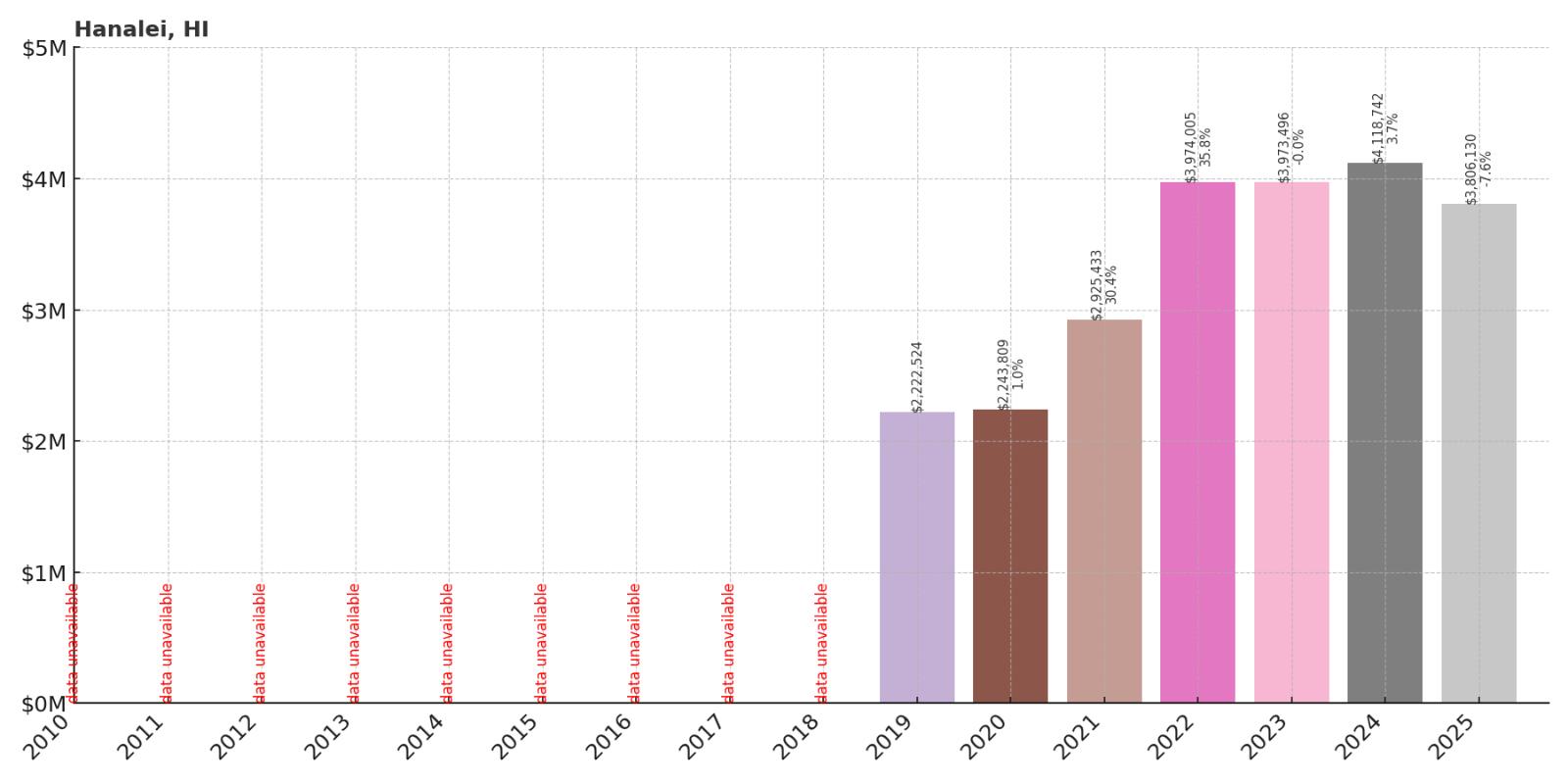
- 2010: N/A
- 2011: N/A
- 2012: N/A
- 2013: N/A
- 2014: N/A
- 2015: N/A
- 2016: N/A
- 2017: N/A
- 2018: N/A
- 2019: $2,222,524
- 2020: $2,243,809
- 2021: $2,925,433
- 2022: $3,974,005
- 2023: $3,973,496
- 2024: $4,118,742
- 2025: $3,806,130
Hanalei stands at the apex of Hawaii’s most expensive communities, with median home prices exceeding $3.8 million in 2025. The dramatic 71% increase since 2019 reflects extreme demand for this pristine North Shore Kauai location. Values peaked over $4 million in 2024 before moderating slightly, demonstrating the intense competition for properties in this exclusive paradise.
Why Hanalei?

Why are people willing to pay so much to live here? What’s special about it?
Hanalei represents the ultimate Hawaii dream with its crescent-shaped bay, dramatic mountain backdrop, and pristine beaches featured in countless movies and television shows. The area’s natural beauty and remote location create an exclusive paradise where luxury properties offer unparalleled privacy and stunning scenery. Buyers pay premium prices for access to what many consider the most beautiful beach in the world surrounded by cascading waterfalls and emerald mountains.
The community maintains its small-town charm while offering world-class amenities through nearby Princeville Resort. Hanalei’s combination of natural beauty, cultural significance, and extremely limited development opportunities creates a market where supply constraints drive extraordinary values for those seeking the ultimate Hawaiian retreat.
How Hanalei Rose to Prominence
Hanalei’s prominence began in ancient Hawaii as a significant agricultural center where Native Hawaiians cultivated taro in the fertile river valley for over a thousand years. The area later became a crucial port during the whaling era and sugar plantation period, with the iconic Hanalei Pier serving ships carrying cargo and passengers. The natural harbor and lush valley made it one of Kauai’s most important settlements throughout the 19th century.
Modern recognition came through Hollywood, with Hanalei Bay serving as the backdrop for numerous films and television shows that showcased its extraordinary beauty to worldwide audiences. The development of nearby Princeville Resort in the 1970s brought luxury tourism infrastructure while Hanalei itself remained largely undeveloped due to its location within a designated flood zone and community resistance to large-scale development. This preservation of character, combined with growing recognition of its beauty, created the scarcity that drives today’s extraordinary real estate values.
3 Interesting Tidbits
- Hollywood Fame – Hanalei Bay has appeared in numerous movies including “South Pacific” and served as the inspiration for the fictional island of Bali Hai.
- Taro Legacy – The Hanalei Valley contains some of Hawaii’s last remaining traditional taro fields, continuing a thousand-year-old agricultural tradition.
- Bridge Barrier – The historic one-lane bridges leading to Hanalei naturally limit development and tourism, helping preserve the area’s character and exclusivity.



